This timeline, compiled by Dr Conor Mulvagh, Lecturer in Irish History with special responsibility for the Decade of Commemorations, UCD School of History & Archives and UCD History graduate Colm O'Flaherty, details the key events for the period and highlights some of the rich resources available in UCD. Names highlighted link to the Dictionary of Irish Biography edited by James McGuire, MRIA, UCD and James Quinn, RIA and published by Cambridge University Press.


1st
Thomas MacDonagh newly appointed at UCD
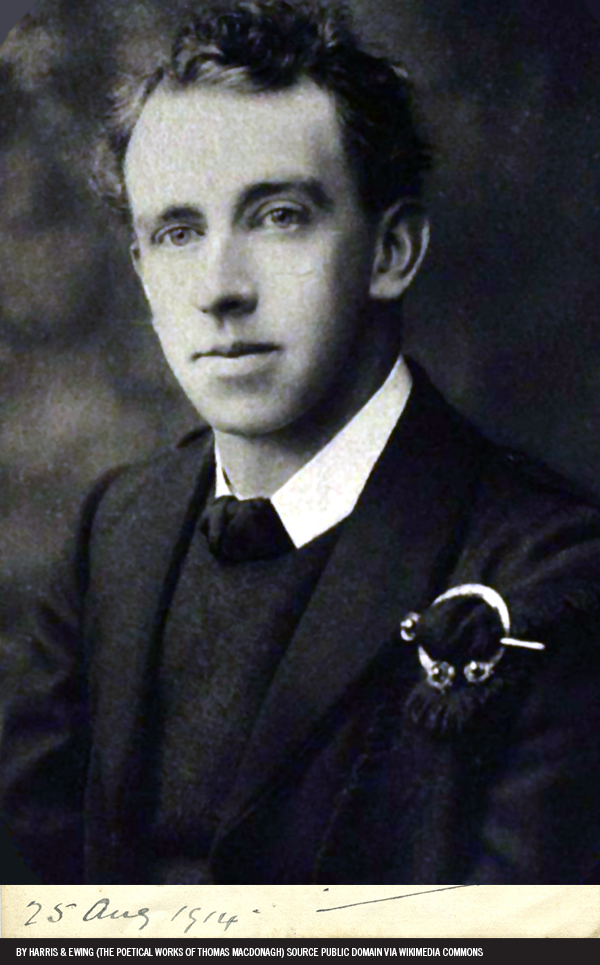
After completing his MA, MacDonagh is appointed Assistant Professor of English at the end of 1911. Austin Clarke, a student of English at the time, recalls seeing him “making his way happily among the throngs of students… speaking vivaciously with quick gestures”. Another student describes his lectures as “never relevant and invariably interesting”.
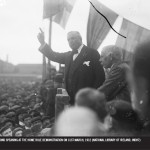
31st
Home Rule Demonstration on Sackville Street
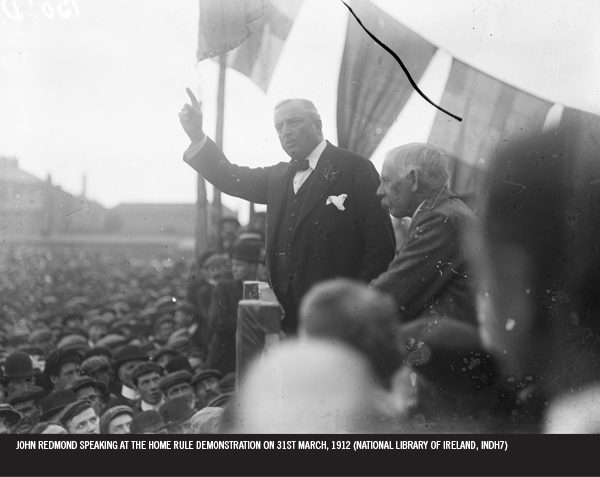
Most allegiances in UCD at this time lay firmly with the Irish Parliamentary Party, as witnessed at the Home Rule demonstration in March 1912. An estimated 100,000 supporters throng the streets of Dublin, gathering at four platforms to hear speeches from prominent nationalists, including John Redmond. The fourth platform, at the base of the O’Connell monument, is occupied by UCD. Staff and students, including the University’s President Denis Coffey, speak in favour of Redmond’s movement. The next day, the Irish Independent describes it as “one of the most imposing sections of the demonstration” and a “remarkably fine display”.
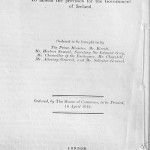
11th
Home Rule Bill introduced to the House of Commons
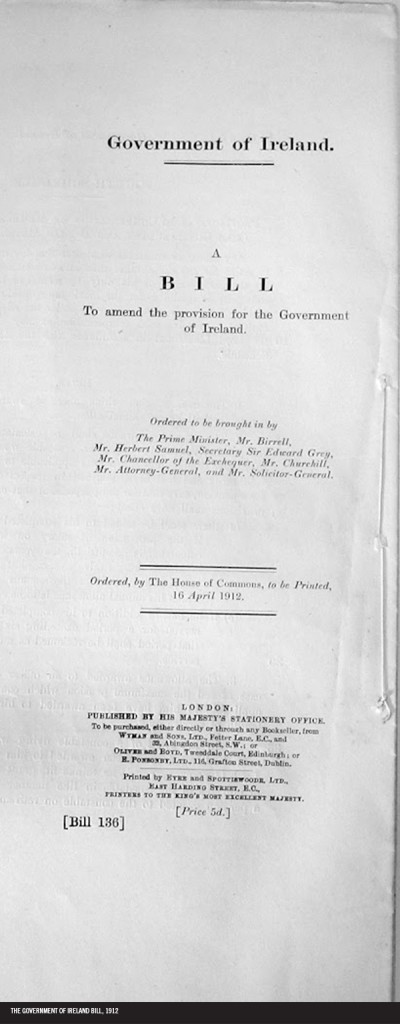
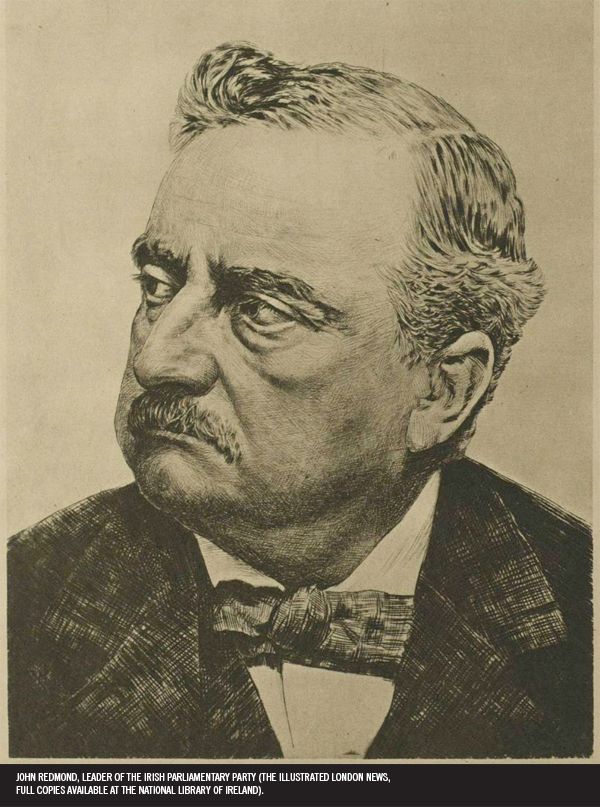
Prime Minister Herbert Henry Asquith introduces the Third Home Rule Bill to the House of Commons. The Bill proposes to establish a greater degree of Irish autonomy, with a bicameral parliament to replace the British administration at Dublin Castle. Britain would still retain a strong degree of influence over Irish affairs, however, and Irish MPs would continue to hold seats in Westminster. The Bill is supported by Asquith’s Liberal Party and the Irish Parliamentary Party, led by John Redmond, on whom the Liberals rely for support. Those opposing the Bill include the Conservative Party and the Irish Unionist Party.
Find out more:
History Hub, Professor Michael Laffan, The Irish Revolution, lecture 1: The Home Rule Party
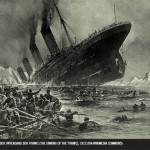
14th
Sinking of the Titanic (14th-15th)
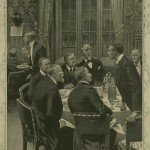
9th
Home Rule Bill passes second reading in Commons
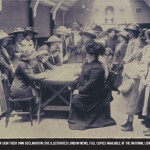
28th
Ulster Solemn League & Covenant signed
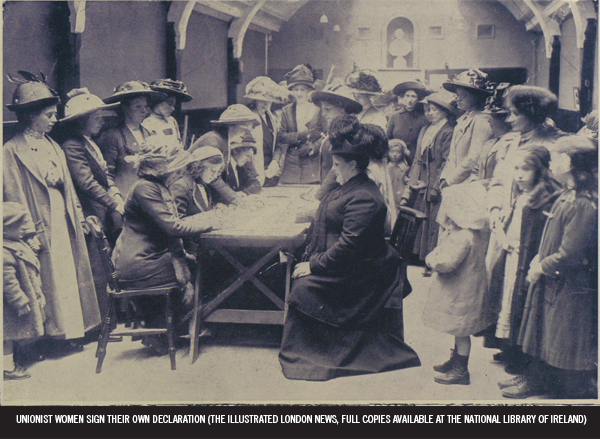
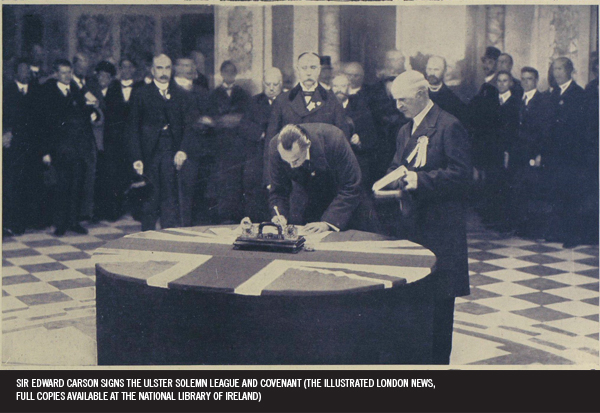
The firm opposition of a large proportion of Ulster’s population is outlined in the form of the Ulster Solemn League & Covenant. Sir Edward Carson is the first of almost 240,000 Ulstermen to sign the Covenant, which declares the intention to use “all means which may be found necessary to defeat the present conspiracy to set up a Home Rule Parliament in Ireland.” A similar document is signed by roughly the same number of women. The day is declared as “Ulster Day” and is marked by a rally at Belfast City Hall.
Find out more:
History Hub, Professor Michael Laffan, The Irish Revolution, lecture 2, The Home Rule Crisis
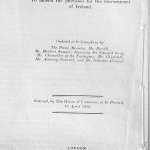
16th
Home Rule Bill read a third time in Commons
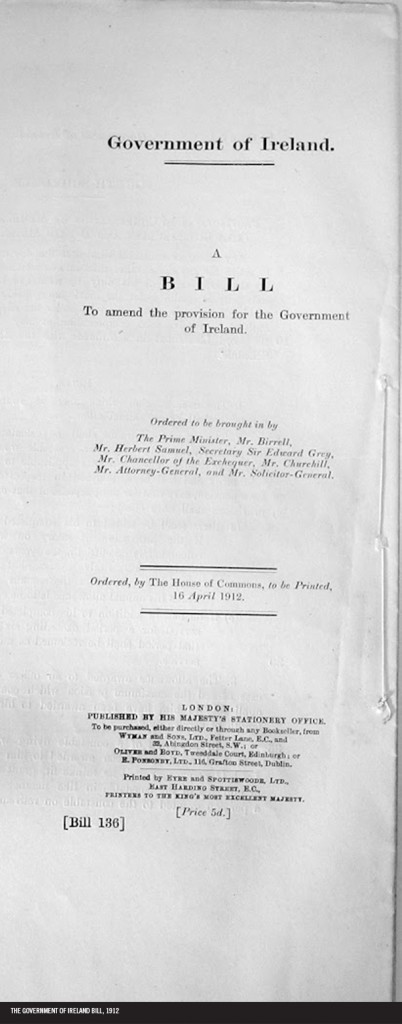
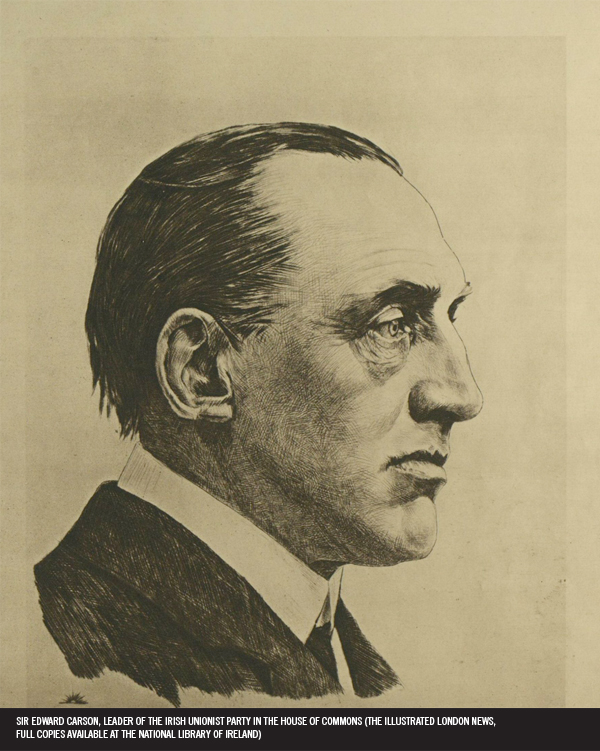
The Bill passes by 367 votes to 257. At the end of the month, however, the Bill is defeated in the House of Lords on a vote of 326 to 69.
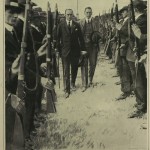
31st
Formation of the UVF
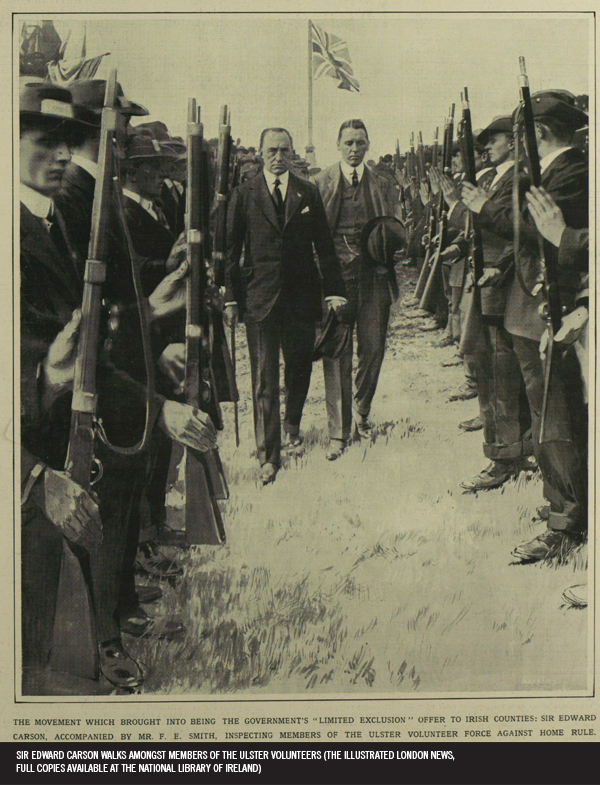
The Ulster Volunteer Force is formed in Belfast by Sir Edward Carson. A unionist militia, the Ulster Volunteers make tangible the intentions of the Ulster Solemn League & Covenant by aiming to defend against any attempts to impose Home Rule on the province. At its height, the movement claims an estimated 80,000-110,000 members.
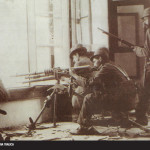
9th
La Decena Trágica” (Ten Tragic Days), Mexico (9th-19th)

29th
The Second Balkan War (29th-10th August)
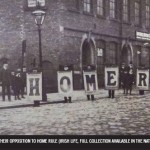
7th
Home Rule Bill passes House of Commons
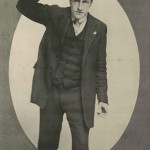
26th
Strike of Dublin Transport workers begins
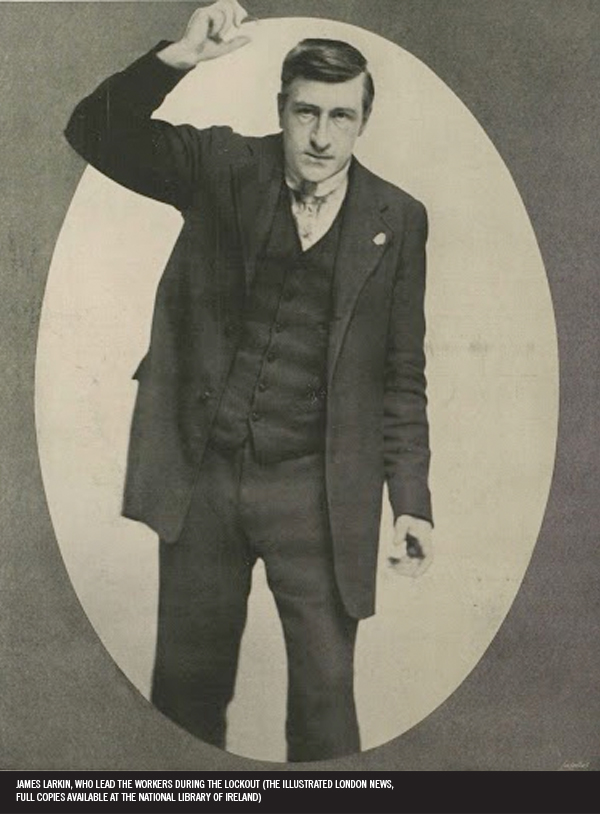
On the first day of the Royal Dublin Horse Show, James Larkin leads a strike by the Irish Transport and General Workers’ Union (ITGWU). The strike follows a threat from William Martin Murphy, President of the Dublin Chamber of Commerce and Chairman of the Dublin United Tramway Company, that anyone who is a member of ITGWU will lose their job. The strikers demand a rise in their weekly wage of between 1-2s.
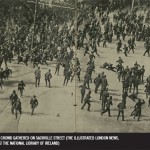
31st
Heavy rioting on the streets of Dublin
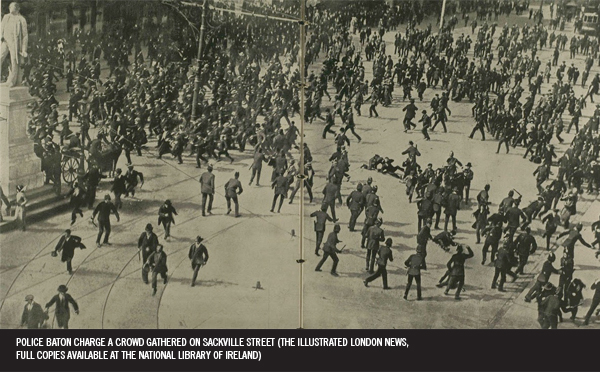
On Sackville Street, members of the police baton-charge a crowd listening to an address by James Larkin. Between 400 and 600 people are injured. Cavalry officers are deployed in an effort to contain rioting. Trade unionists returning from a rally in Croydon Park then attack the police. The day is later referred to as “Bloody Sunday”.
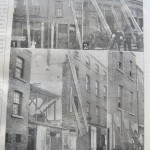
2nd
Two tenement houses collapse in Dublin
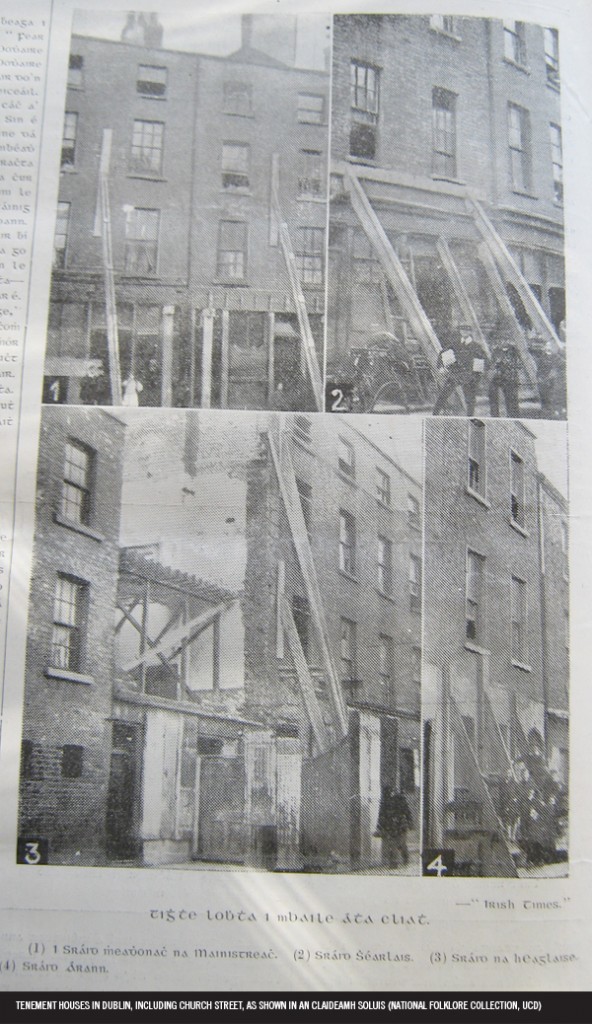
Two tenement houses on Church Street, numbers 66 and 67, collapse, resulting in the deaths of seven people, including three children. The tragedy causes a public outcry, leading to a fundraiser which raised £2,000 and the establishment of a Housing Inquiry commissioned by Augustine Birrell, the Chief Secretary of Ireland.
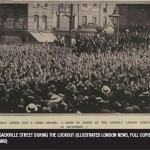
7th
Establishment of Thomas Kettle’s Industrial Peace Committee
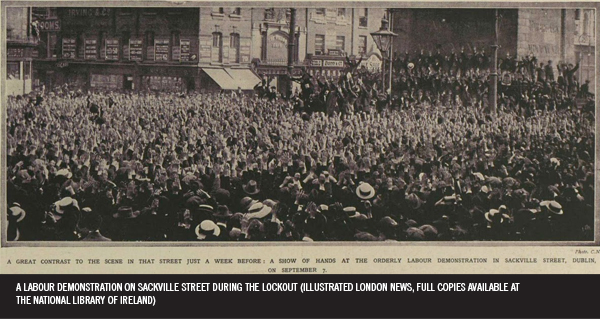

At a meeting in the Mansion House, Thomas Kettle, Professor of National Economics at UCD, founds the Industrial Peace Committee with the aim of ending the Lockout. Kettle asks those attending the meeting, “Does anyone think that hatred and uncharitableness are foundations on which we can build a great city… We cannot live an eternity in a state of war.” The Committee, which counts a few of Kettle’s university colleagues amongst its numbers, is short-lived. In November, however, some of its former members go on to establish the Civic League, which in turn plays an important role in the formation of the Irish Citizen Army.
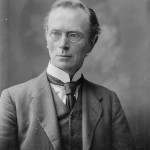
1st
“The North Began” published in An Claidheamh Soluis
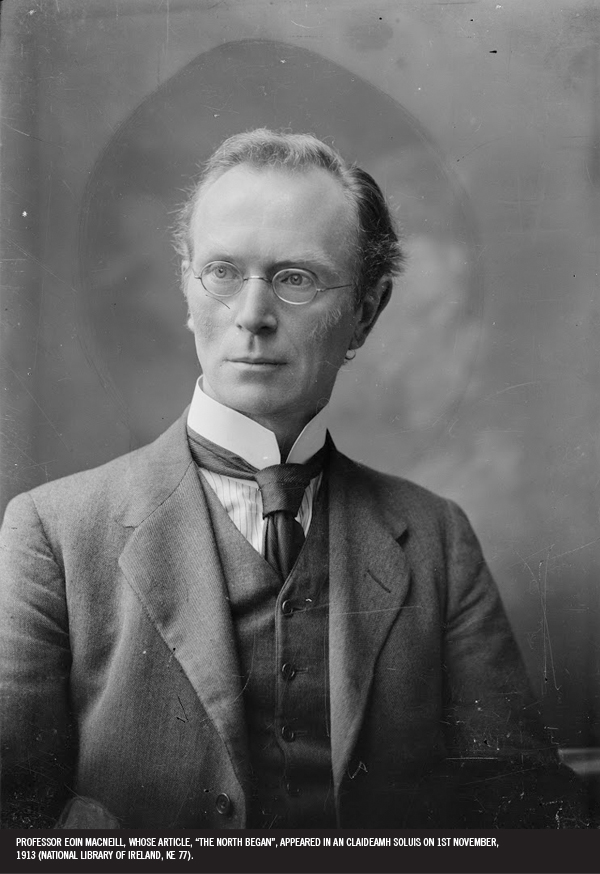
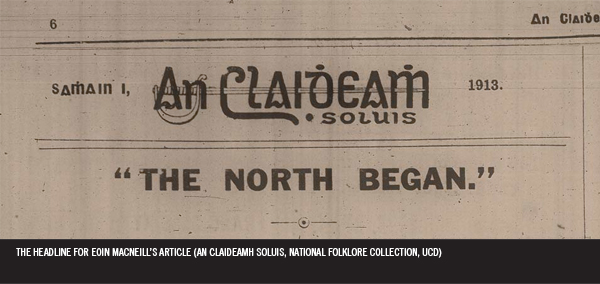
On 1st November, 1913, “The North Began”, an influential article written by Eoin MacNeill, Professor of Early and Medieval Irish History at UCD, appears in An Claideamh Soluis. MacNeill, until then primarily known for his academic work and as a co-founder of the Gaelic League, writes the article at the behest of Michael Joseph (The) O’Rahilly, the newspaper’s manager. He opens the piece by declaring that “A wonderful state of things has come to pass in Ulster.” He praises those who founded the Ulster Volunteers and suggests that a similar movement be assembled amongst the Irish nationalist community. The article is widely read by nationalists across Ireland and is met for the most part with an enthusiastic response.
Find out more:
History Hub, profiles of Eoin MacNeill
History Hub, Professor Michael Laffan on MacNeill’s article
RTE Century Ireland, The North Began
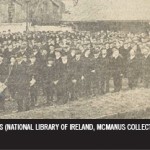
11th
Foundation of the Irish Volunteers (11th-25th)
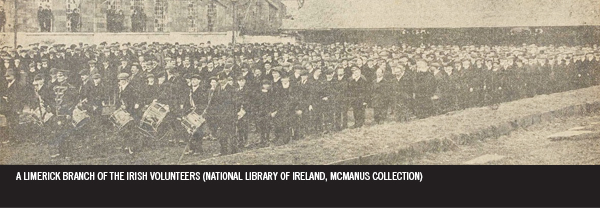
After an initial meeting at Wynn’s Hotel on Abbey St., the Irish Volunteer movement is launched at a public meeting in the Rotunda. A newspaper reports that “a large body of students – 350 of them – marched into the meeting in processional order from the National University and attracted a good deal of attention”. Afterwards, a short-lived company of about forty students is formed.

19th
The Irish Citizen Army founded
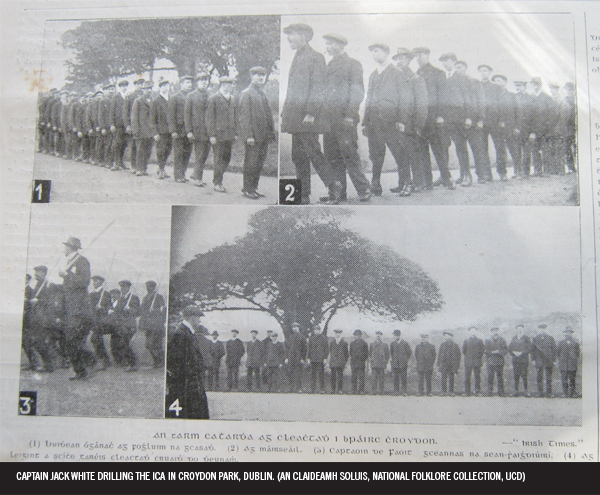
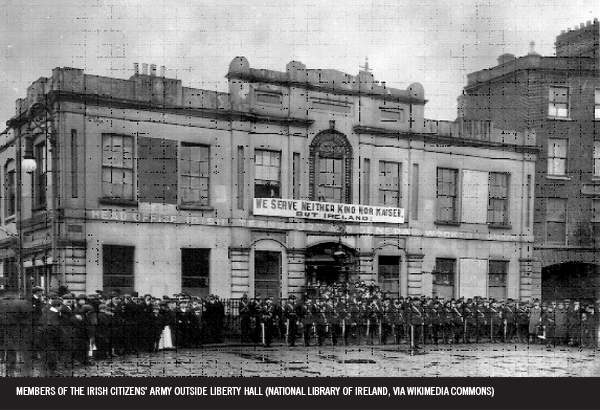
The Irish Citizen Army (ICA), a workers’ militia, is founded with the intention of defending striking workers from police baton charges. Captain Jack White, who will take charge of drilling the men, also claims that the ICA will “keep unemployed men fit and self-respecting”.
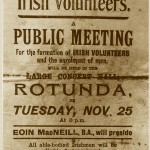
25th
Irish Volunteers movement is publicly launched
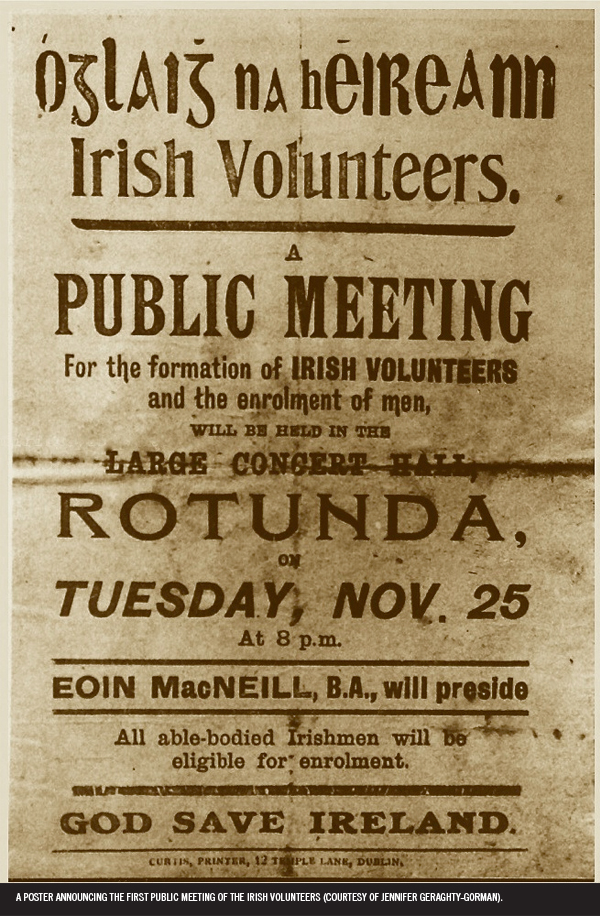
Following a keen public response to Eoin MacNeill’s article “The North Began”, a public meeting is held at the Rotunda, where the Irish Volunteer movement is launched. Over 3,000 men join the organisation on the night, including Patrick Pearse and Eamon de Valera. By the summer of 1914, numbers rise to an estimated 130,000-180,000.
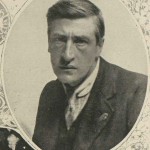
18th
Dublin transport workers return to work
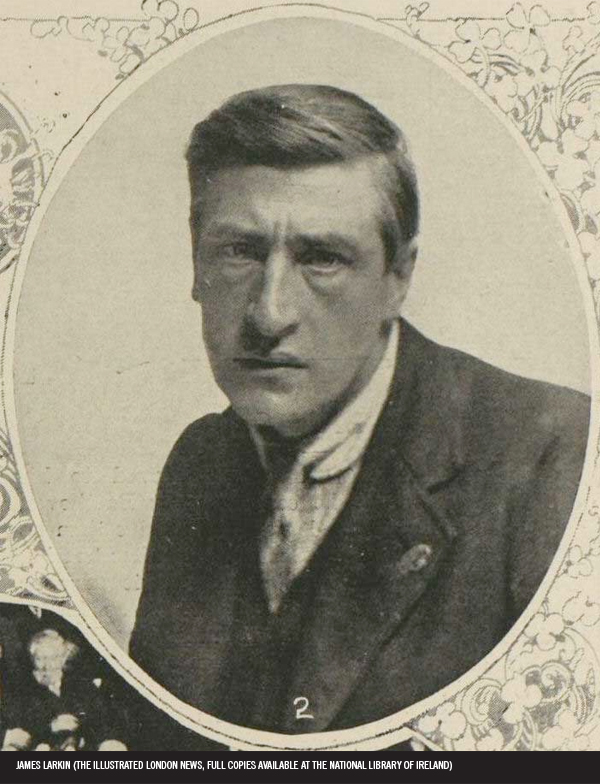
Following a withdrawal of support from the British Trade Union Congress, and as starvation and desolation takes hold of strikers and their families, James Larkin advises workers to return to their jobs under the best terms possible.
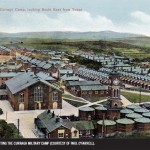
20th
The Curragh Mutiny (20th-21st)
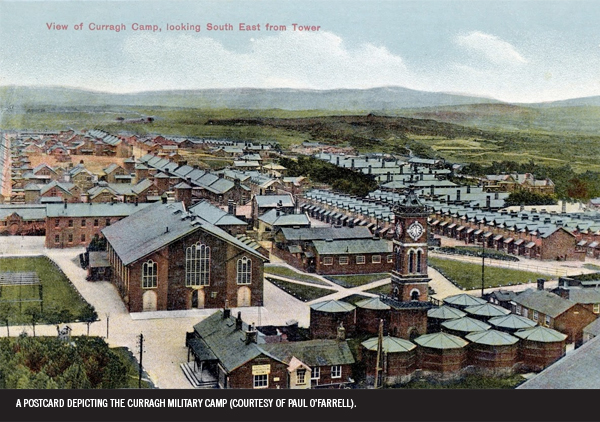
At the Curragh military camp in Kildare, British Army officers voice their opposition to the suggestion that they might be forced into action against the Ulster Volunteers. They later receive a written assurance from J.E.B. Seely, Secretary of State for War, that they will not be sent on military operations in Ulster.
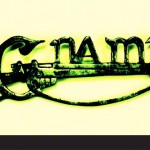
2nd
Foundation of Cumann na mBan
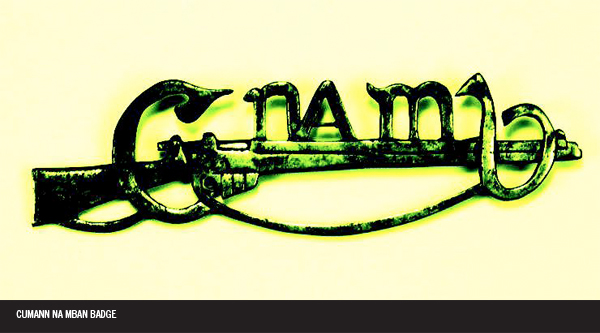

At a meeting in Wynn’s hotel, Abbey St., the revolutionary women’s organisation Cumann na mBan is founded. Their constitution states the intention to “advance the cause of Irish liberty and to organise Irishwomen in the furtherance of this object”. Prominent members in the organisation include Elizabeth O’Farrell, Mary MacSwiney and Constance Markievicz.
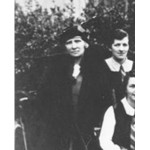
2nd
UCD and the foundation of Cumann na mBan
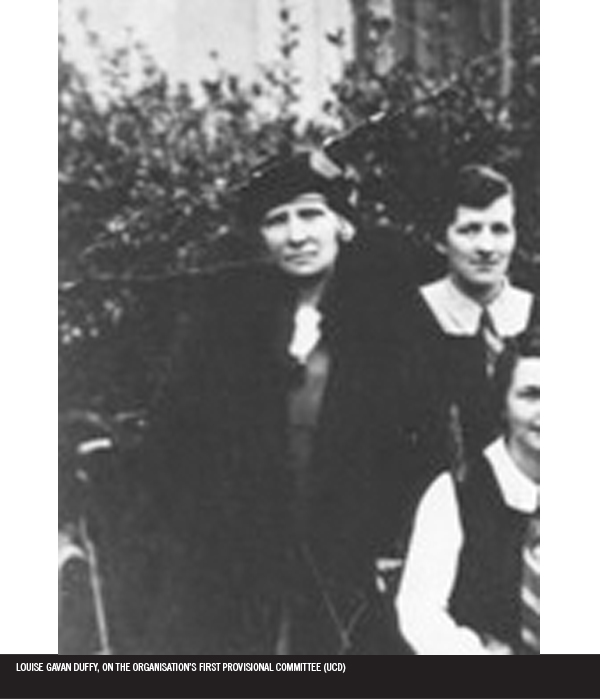
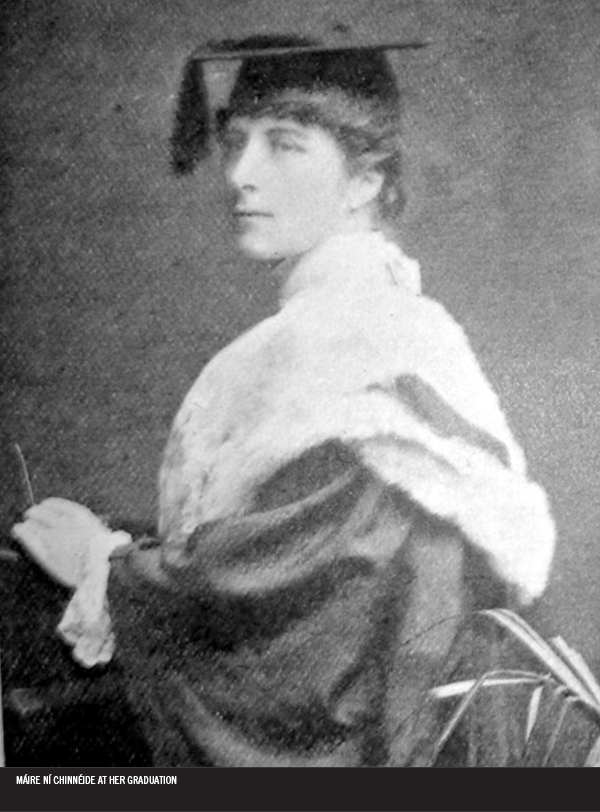
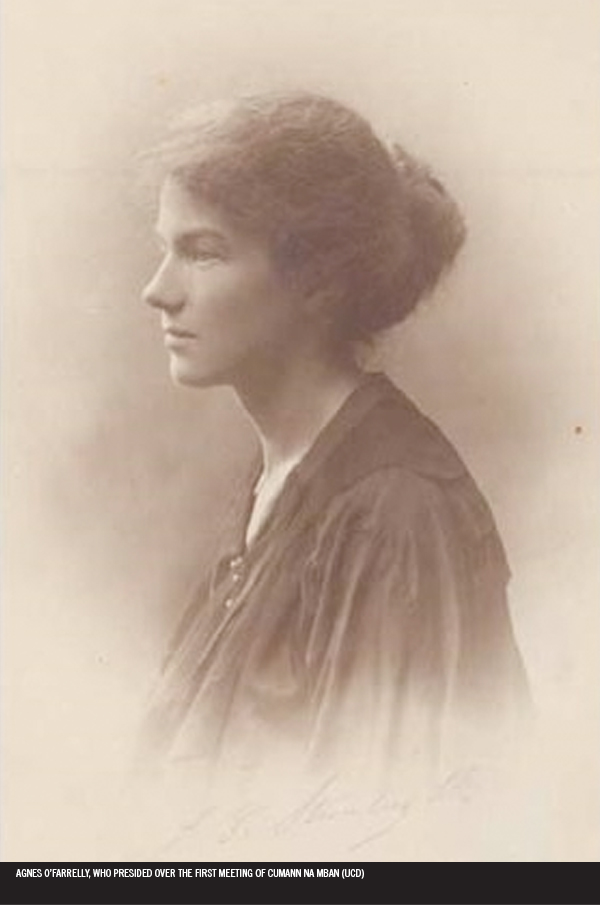
Agnes O’Farrelly, lecturer in Modern Irish at UCD, presides over the founding meeting of Cumann na mBan, an autonomous auxiliary to the Irish Volunteers and the pre-eminent Irish republican women’s movement of the decade. Student Louise Gavan Duffy is on the first provisional committee, while UCD graduate Máire Ní Chinnéide also goes on to play an active role in the organisation.
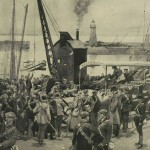
24th
Larne Gun-Running (24th-25th)
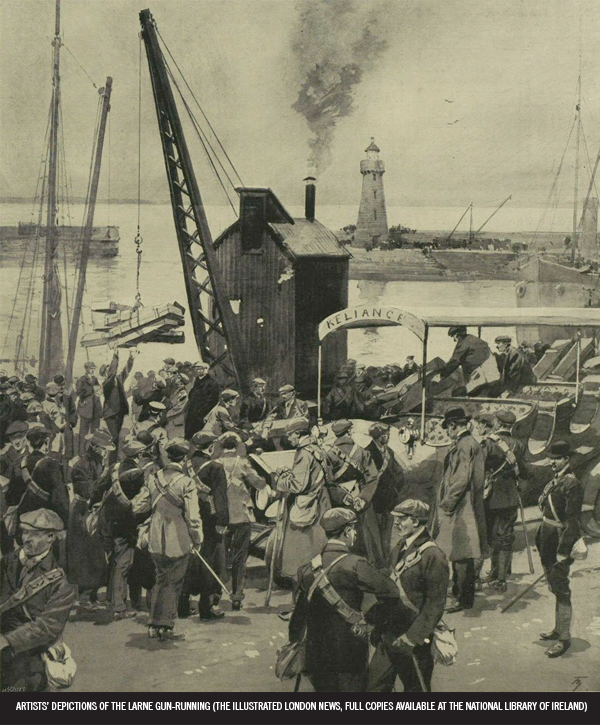
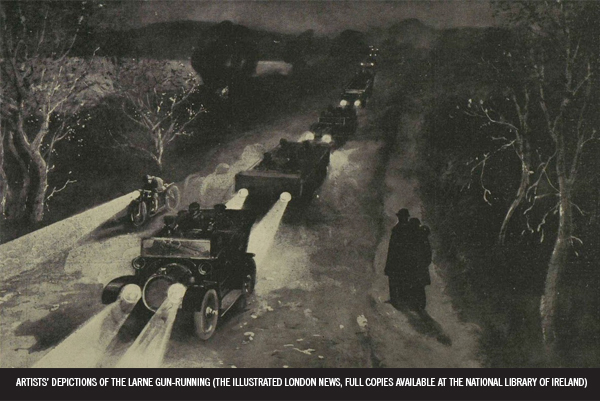
Through the organisation of a secret committee of the Ulster Unionist Council, German guns and ammunition are smuggled into Ulster aboard the SS Fanny and the SS Clydevalley. An estimated 25,000 rifles and up to 5 million rounds of ammunition are deposited at Donaghdee, Bangor and Larne, where they are collected by Ulster Volunteers.
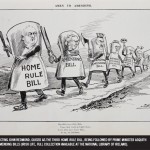
23rd
Government of Ireland (Amendment) Bill introduced
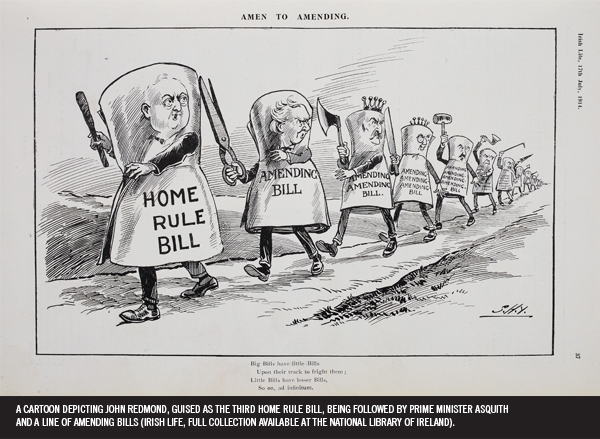
A Bill introduced in the House of Lords proposes the exclusion of an undefined number of Ulster counties from Home Rule, should it be implemented.
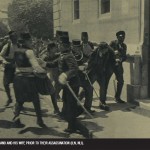
28th
Assassination of Archduke Franz Ferdinand
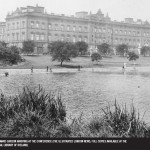
21st
Buckingham Palace Conference (21st-24th)
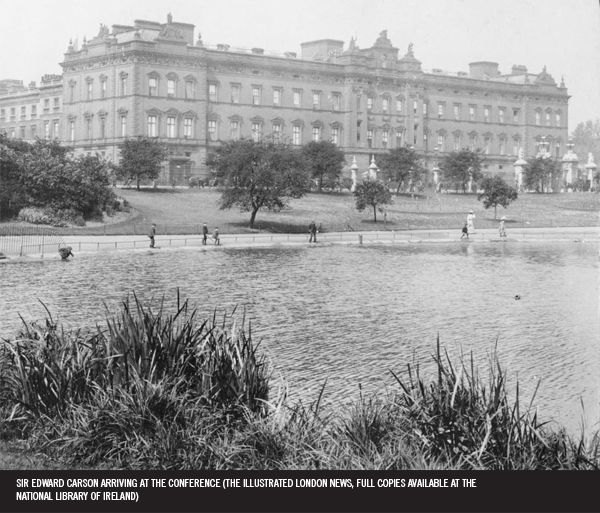
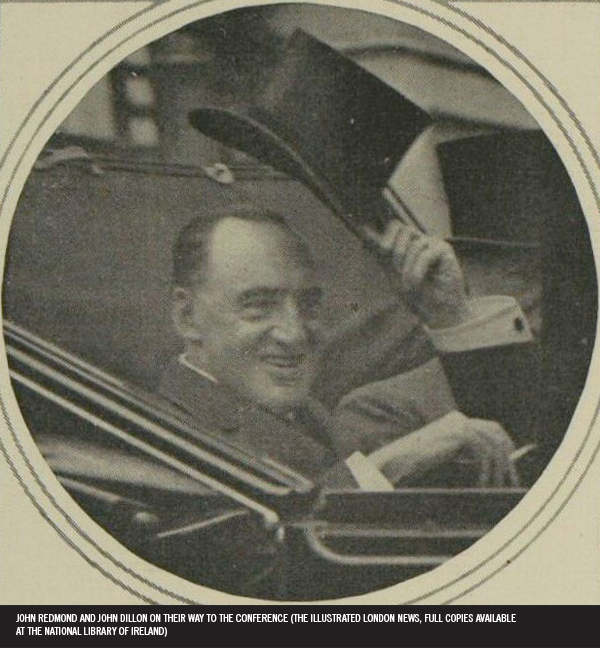
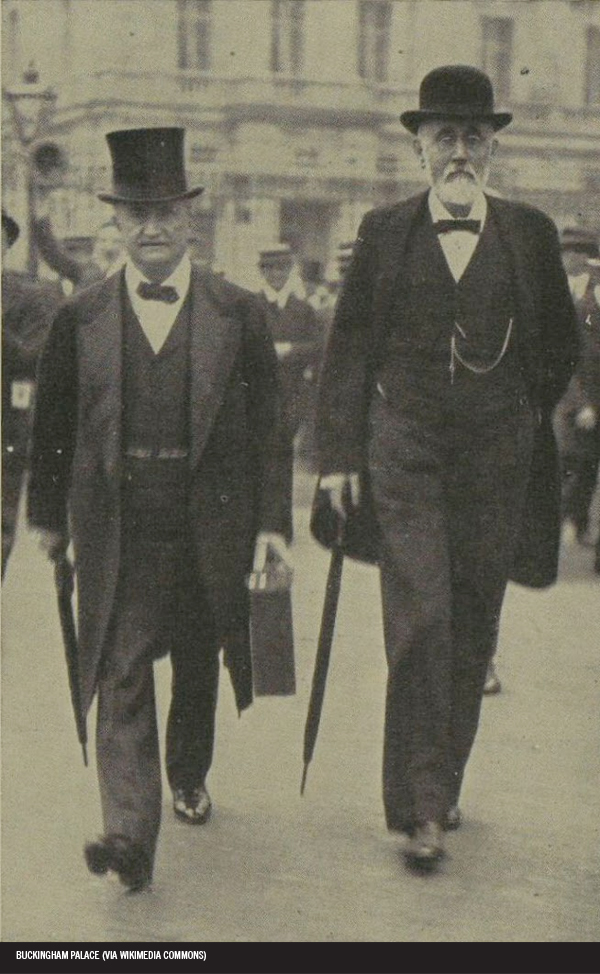
As tensions mount between Irish Nationalists and Unionists and the threat of a civil war looms, King George V hosts a conference in Buckingham Palace to find a solution to the “Irish Problem.” Despite the participation of prominent leaders on both sides, the Conference ends in failure.
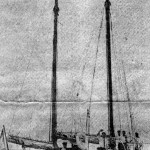
26th
Howth gun-running and Bachelor’s Walk massacre
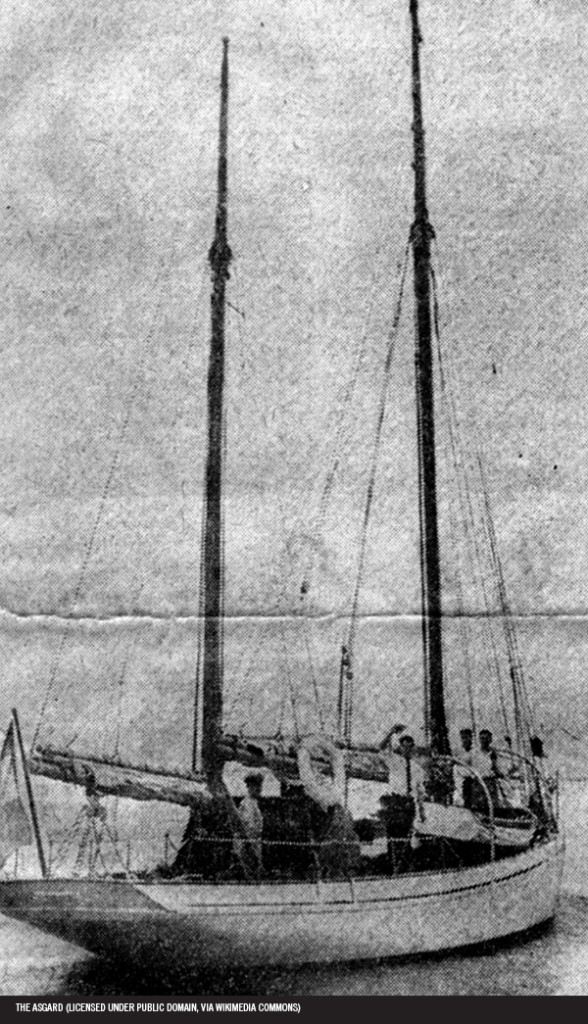
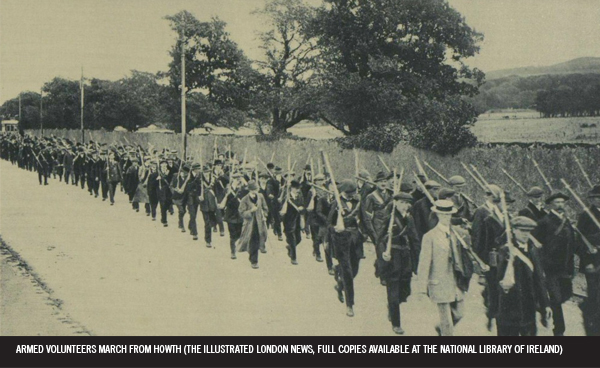
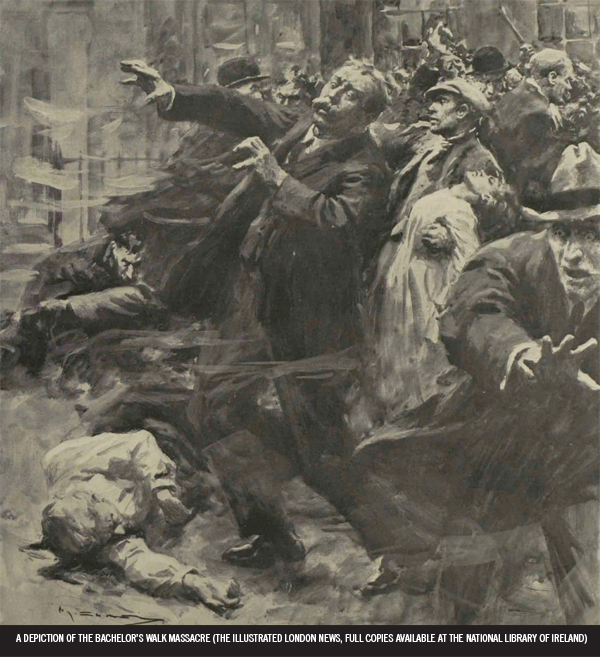
The Asgard, a sailing yacht owned by Erskine and Molly Childers, carries 900 German rifles and ammunition into the harbour at Howth. They are collected by Irish Volunteers, who manage to hold onto the cargo despite the attentions of the police and military. Later in the day, a crowd heckles British soldiers on Bachelor’s walk. The soldiers open fire on the crowd, killing four.
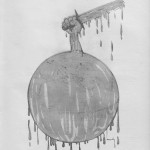
28th
Beginning of the First World War (28th-4th August)
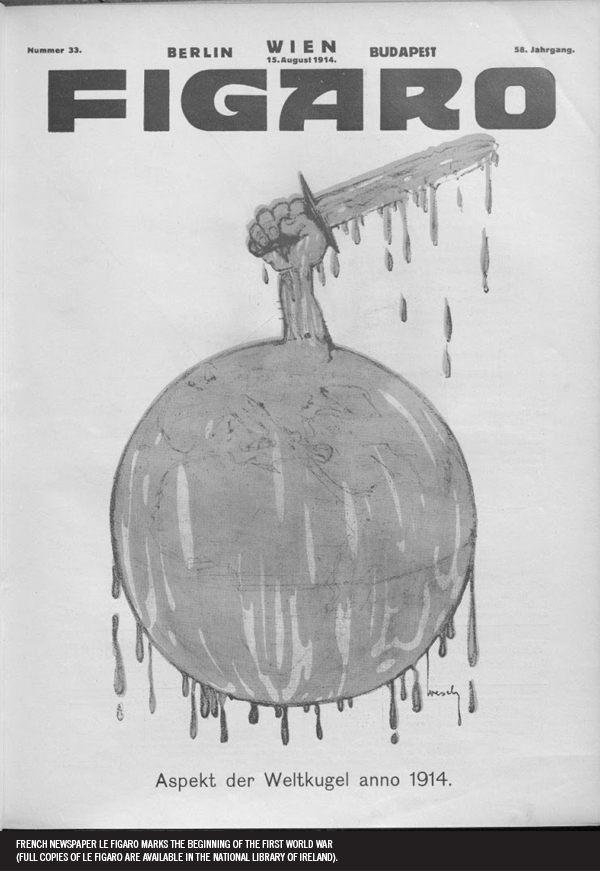
After Austria-Hungary declares war on Serbia on 28th July, a series of alliances are activated bringing the major European powers into conflict. Germany supports Austria-Hungary with a “blank cheque” and also declares war on Russia and France. Following the German invasion of Belgium on 4th August, Britain and the Dominions declare war on Germany and her allies. On the same date, Woodrow Wilson declares American neutrality. Despite the fear of war that had grown throughout the previous month, the week is marked by public demonstrations of patriotism throughout Europe, as citizens are encouraged to put themselves behind the war effort.
Find out more:
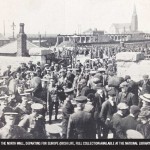
28th
Ireland and the beginning of the First World War (28th-4th Aug.)
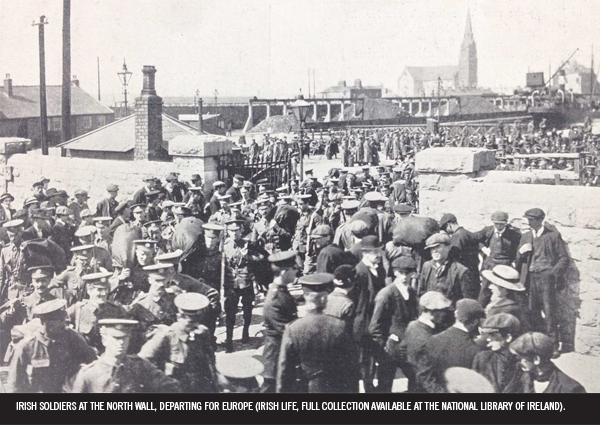
Unionist leaders immediately declare their support for the War, while John Redmond states that the Irish Volunteers will not be found wanting when it comes to defending the shores of Ireland. The first twelve months of the War saw the enlistment of roughly 80,000 Irishmen, who joined the 50,000 already serving as soldiers and reservists.
Find out more:
Century Ireland: Irishmen joined the British Army for a variety of reasons. Adam Darnell and David Molumby of UCD School of History and Archives examine the stories of two volunteers from different backgrounds, James Cecil Parke and James Rossiter.
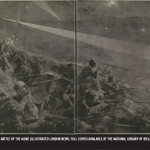
28th
UCD and the beginning of the First World War (28th-4th August)
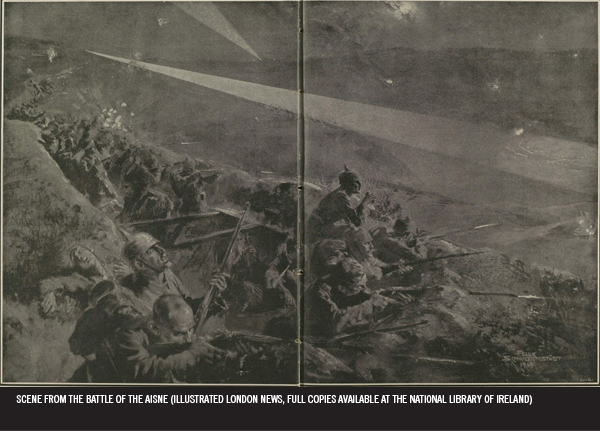
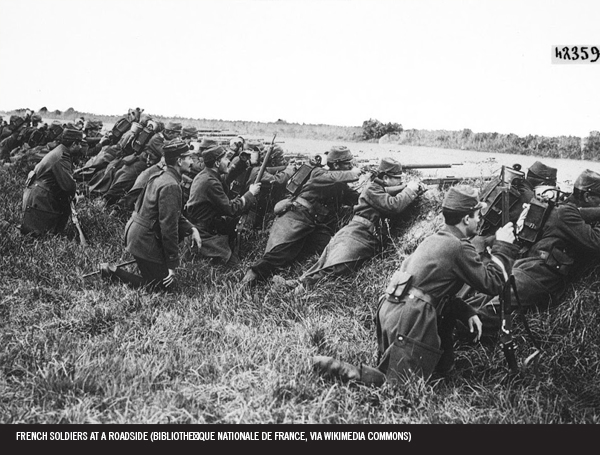
On 4th August, 1914, Britain declares war on Germany. Denis Coffey, President of UCD, offers to assist the War Office with the establishment of an Officers’ Training Corp in the University. Although the offer is never fully realised, by 1916, around 450 staff, students and graduates have departed for Europe with the British Army, including Professor Tom Kettle. The War also affects those who chose to stay at home, as government censure and funding cuts put pressure on the day-to-day running of the University.
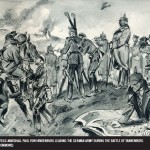
26th
The Battle of Tannenberg (26th-30th August)
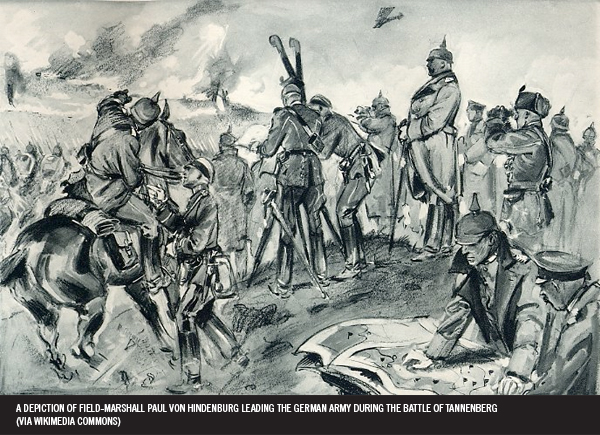
Having placed the vast bulk of their forces on the western front, the German army faced a Russian invasion of East Prussia. The battle of Tannenberg halts this invasion, leading to the rout of two Russian armies and marking the emergence of Paul von Hindenburg and Erich Ludendorff as two leading figures within the German military and politics.
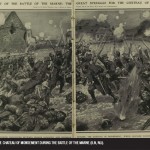
5th
The First Battle of the Marne (5th-12th)
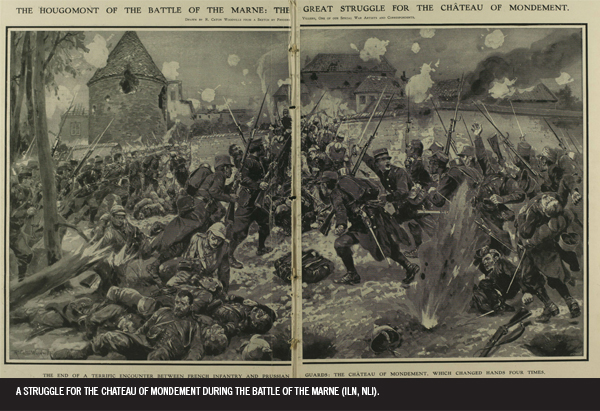
On the banks of the River Marne, the French Army and British Expeditionary Force repel German forces, halting their advance to Paris. The Allied victory forces the German Army to the north-west, establishing the parameters of the Western Front.
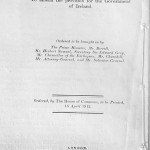
18th
Home Rule Bill enacted

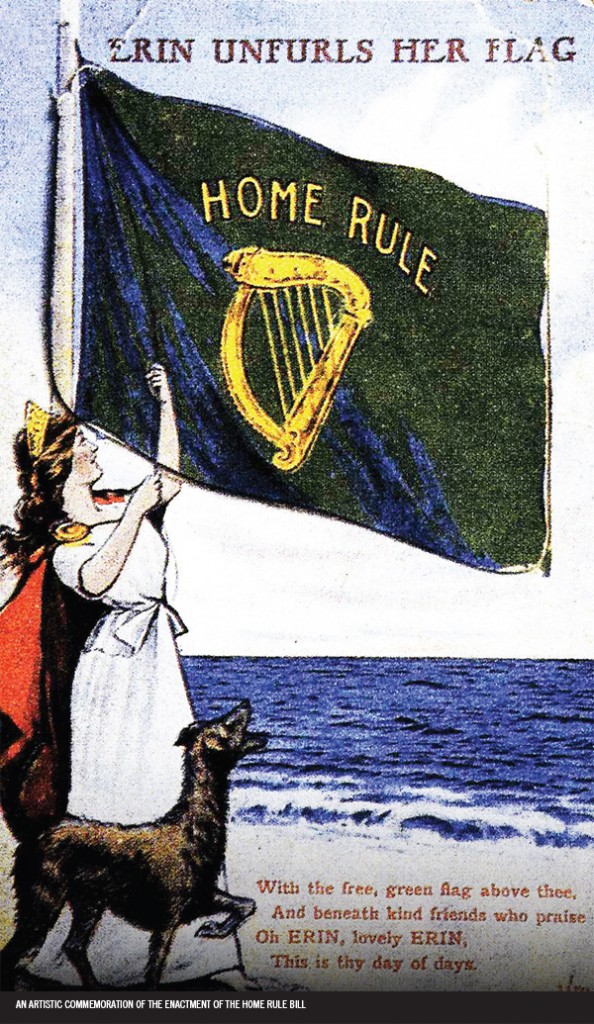
The Home Rule Bill receives Royal Assent, but is suspended pending the end of hostilities in Europe and the resolution of the Ulster question. Nationalists in Westminster rejoice, while their Unionist counterparts walk out of parliament. There is a fireworks display in Parnell Square, though reaction in Ireland is otherwise muted.
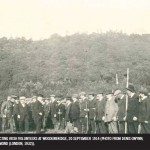
20th
Redmond pledges Irish Volunteer support
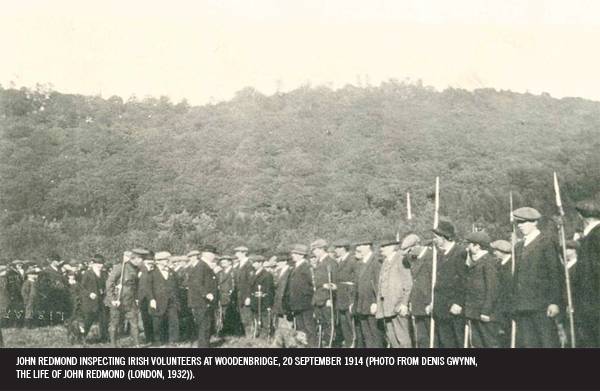
At a speech in Woodenbridge, Co. Wicklow John Redmond implores the members of the Irish Volunteers to join the British Army and fight in Europe. He calls on those gathered to “account yourselves as men, not only in Ireland itself, but wherever the firing line extends, in defence of right, of freedom and religion in this war”.
Find out more:
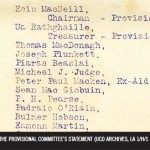
24th
Split in the Irish Volunteers
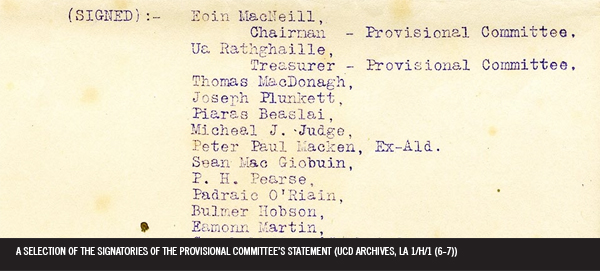
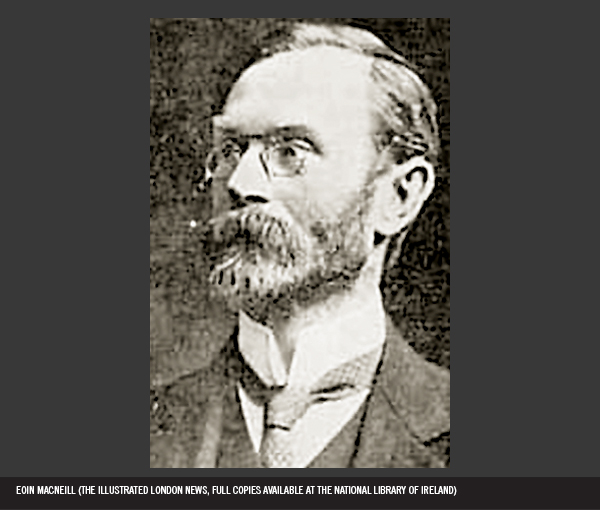
Eoin MacNeill leads a splinter group of Volunteers that repudiate John Redmond’s call to enlistment. In a statement signed by Patrick Pearse, Joseph Plunkett and several other leading Irish republicans, the Provisional Committee of the Irish Volunteers repudiate John Redmond’s influence over the organisation and declares that Ireland “cannot, with honour or safety, take part in foreign quarrels otherwise than through the free action of a National Government of her own”. An estimated 12,000 volunteers side with MacNeill, while a majority of 158,000 support Redmond, reconstituting themselves under the name of the National Volunteers. Of these, however, only 25,000 actually join the British Army by February 1917.
Find out more:
History Hub:
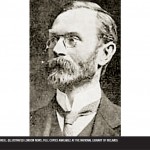
24th
Volunteer Split
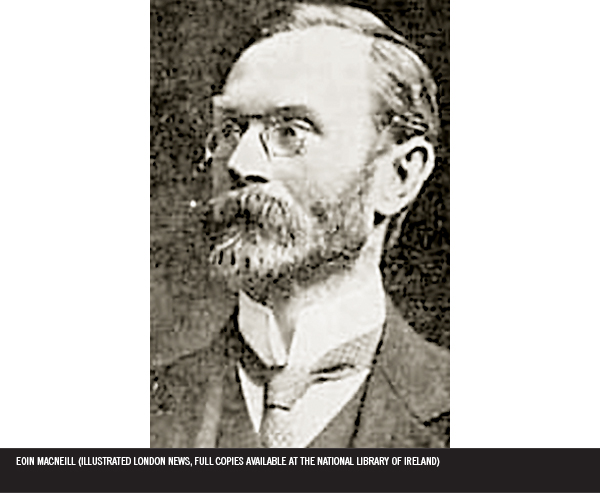
After John Redmond calls on the Irish Volunteers to fight in the War, the provisional committee of the Irish Volunteers, headed by Chief of Staff Eoin MacNeill, leads a split in the organisation. It is noted that “less than two dozen students and about half a dozen junior members of the academic staff” support MacNeill in his stance. Nationally, 93% of the force side with Redmond.
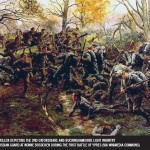
19th
First Battle of Ypres (19th October-22nd November)
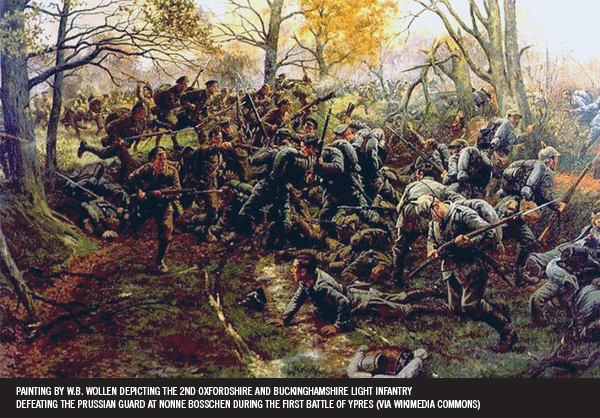
French, Belgian and British forces clash with the German Army around the Belgian coastal town of Ypres. The mobile period of the War ends as stagnation and trench warfare begins to set in. Ypres acts as a key tactical position during the War, becoming the focal point for a number of important battles over the coming years.

31st
Roger Casement arrives in Germany
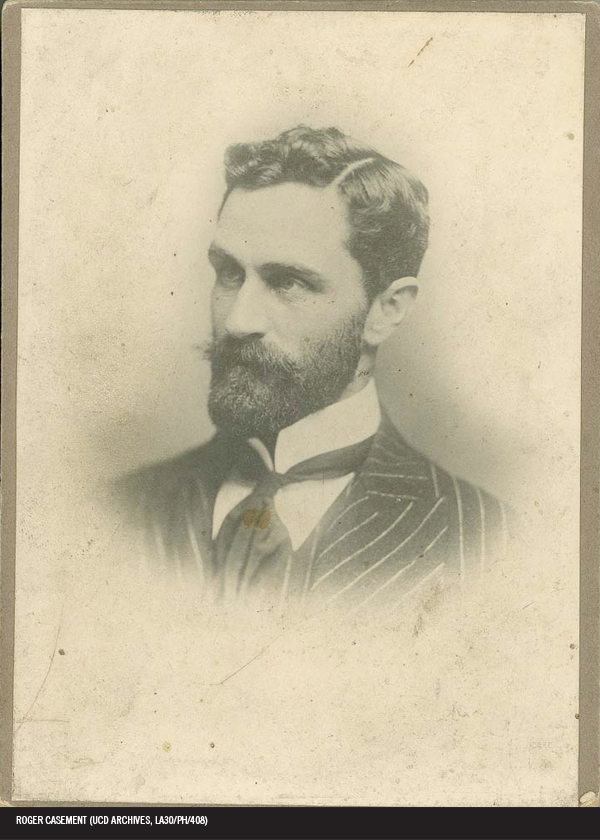
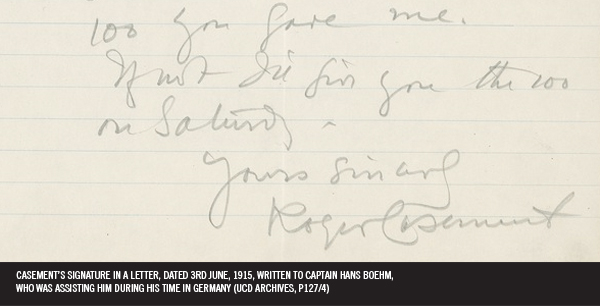
Sir Roger Casement arrives in Berlin from America, where he had been rallying support for Irish nationalism and establishing contacts with the German embassy. In Germany, Casement meets with Arthur Zimmermann, Under Secretary of State in the Foreign Office, and Theobald von Bethmann Hollweg, the Imperial Chancellor. He elicits a broad declaration of support for the nationalist cause and sets about establishing an “Irish Brigade” amongst Irish prisoners of war.
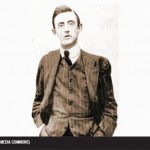
20th
Plunkett arrives in Germany
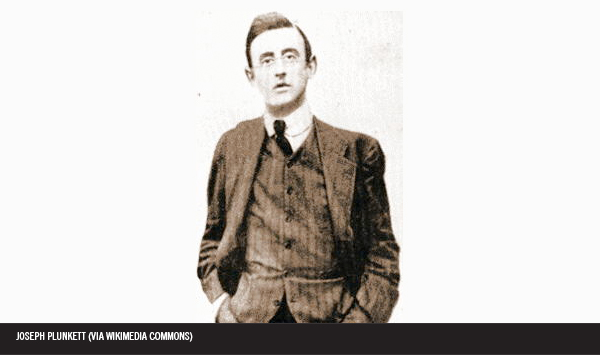
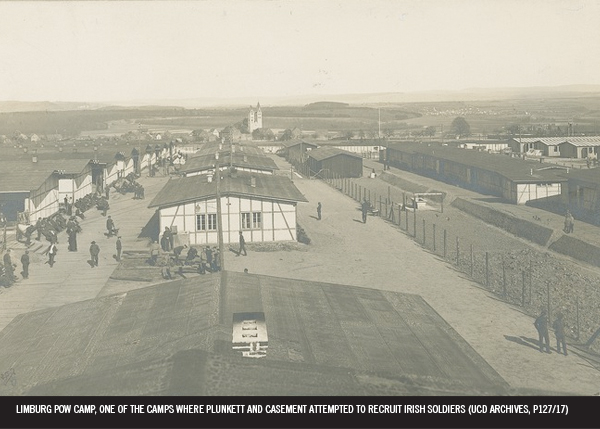
Joseph Plunkett arrives in Berlin, where he meets Roger Casement, who has been in Germany since the previous October. Plunkett meets high-ranking German Army officials, providing them with a report on the potential for a German aided rebellion in Ireland. The Germans tentatively agree to provide arms by spring of the following year, pushing the planned rebellion back from its intended start date in September.

24th
The beginning of the Armenian genocide
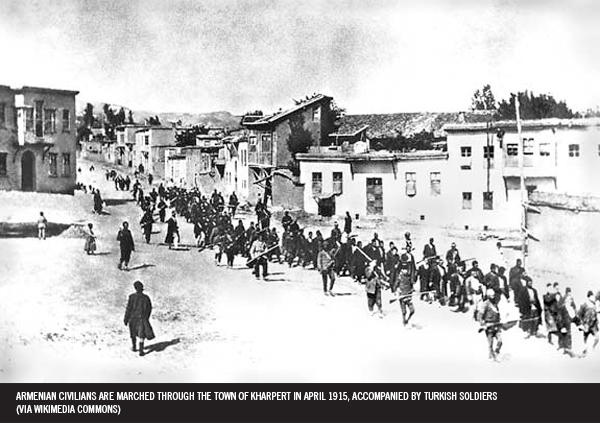
In Constantinople on 24th April, Ottoman authorities round up 250 Armenian leaders and intellectuals. Over the following years, roughly 1.5million Armenian men, women and children die through massacres, concentration camps and death marches.
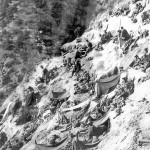
25th
Gallipoli campaign (25th April 1915-9th January 1916)
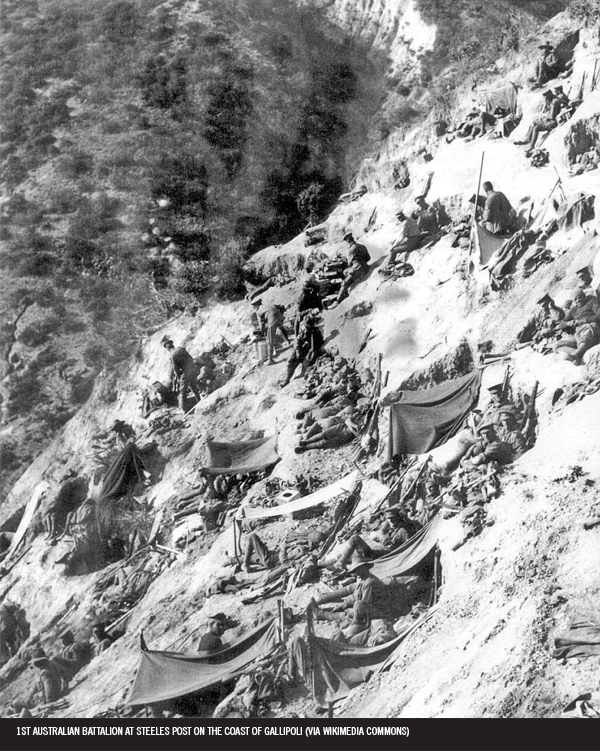
After unsuccessful naval attacks in February and March, British, French, and Indian troops as well as the newly-formed Australian New Zealand Army Corps (ANZAC) launch a naval attack on the Ottoman Empire at the Gallipoli peninsula, followed by the landing of troops on the coastline. After 8 months of fighting, the Allied forces are eventually repelled. Both sides endure heavy casualties, with roughly half a million losing their lives. The 25th April, or ANZAC Day, is still a major day of national commemoration in Australia and New Zealand.
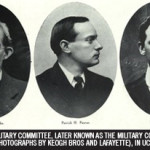
1st
IRB reforms Military Committee
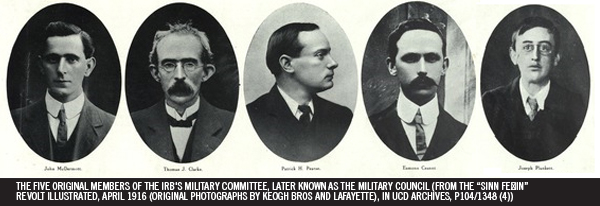
In May 1915 the Supreme Council of the Irish Republican Brotherhood (IRB) establishes a new Military Committee, which supersedes its advisory committee, established the previous year. The committee is initially comprised of Eamonn Ceannt, Patrick Pearse and Joseph Plunkett, who are later joined by Thomas Clarke and Sean MacDiarmada.
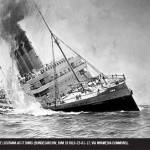
7th
The sinking of the Lusitania
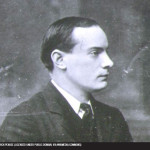
1st
O’Donovan-Rossa’s funeral.
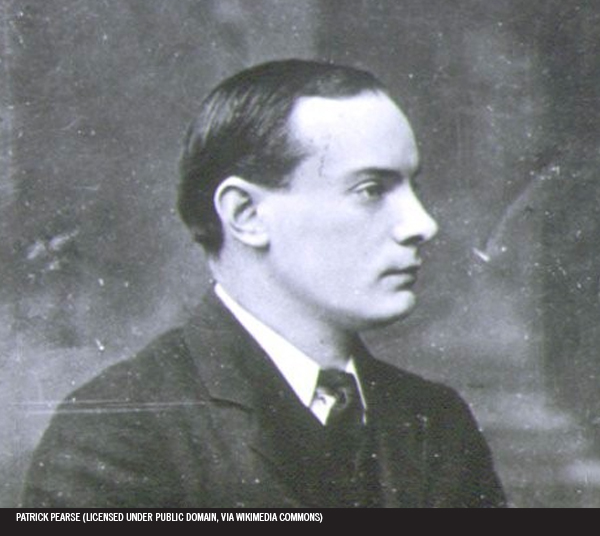
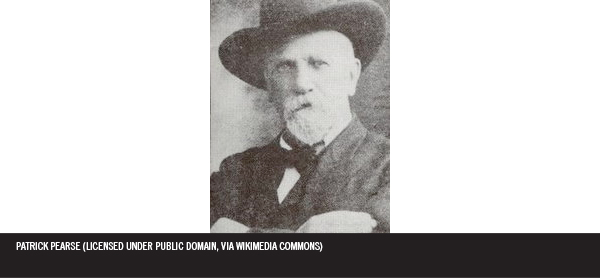
The funeral of Jeremiah O’Donovan-Rossa is held in Dublin. The occasion is used by republicans for propaganda purposes, most notably through Patrick Pearse’s graveside oration at Glasnevin cemetery, written at the instigation of Thomas Clarke. At the end of his oration, Pearse declares: “They think that they have foreseen everything, think that they have provided against everything; but the fools, the fools, the fools! — they have left us our Fenian dead, and while Ireland holds these graves, Ireland unfree shall never be at peace.”
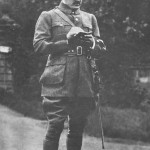
26th
Robert Monteith arrives at Zossen POW camp

Captain Robert Monteith, a drill-instructor with the Irish Volunteers in Limerick, is brought by Roger Casement to Zossen POW camp, 20 miles south of Berlin, where he assumes his role as commanding officer of the Irish Brigade. Casement had failed to recruit an officer from amongst the POWs to lead the brigade, which numbers only 56 men.
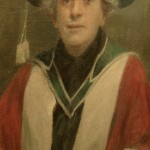
1st
Mary Hayden co-founds the Irish Catholic Women’s Suffrage Society.
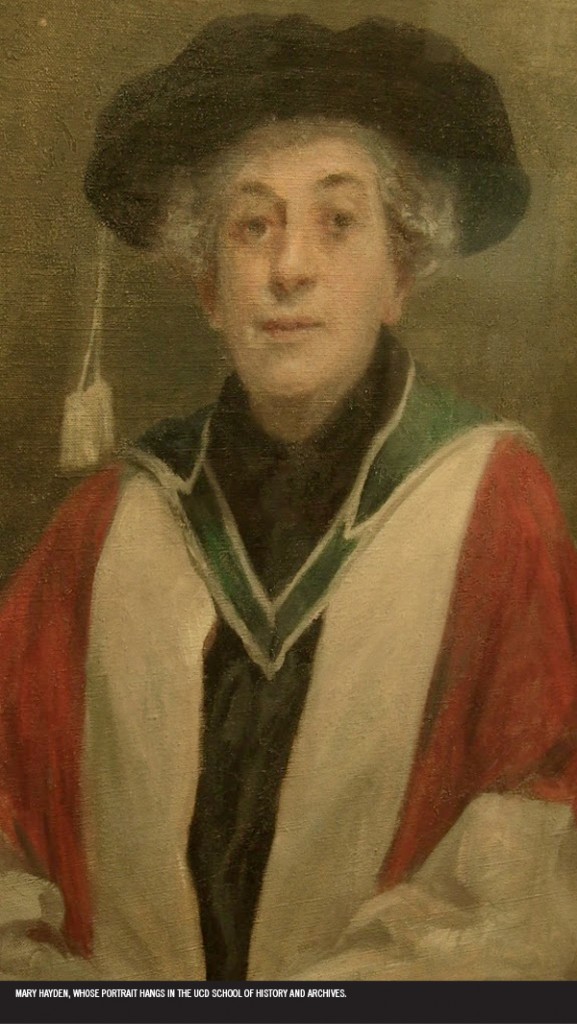
Mary Hayden, the first professor of Modern Irish History in UCD, co-founds, along with Mary Louise Gwynn, the Irish Catholic Women’s Suffrage Society. Hayden had been an ardent campaigner for women’s university education and was also involved in the formation of the Irish Women’s Suffrage and Local Government Association, as well as chairing the first meeting of the Irish Women Workers’ Union.
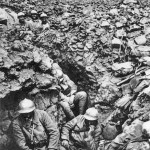
21st
Battle of Verdun (21st February-18th December)
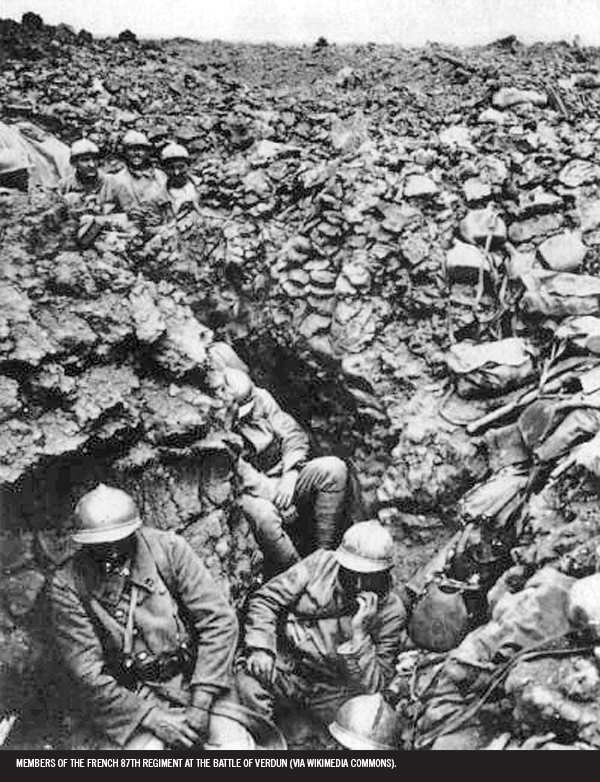
Under General Erich von Falkenhayn, the German army attacks a key fortified area on the banks of the River Meuse in the North-East of France. General Henri Pétain takes command of the French defence, which manages to repel the German offensive in what becomes the longest battle of the War, and one of the costliest, with roughly 1 million casualties.
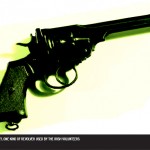
1st
The Rising is fixed for Easter (Spring 1916)

In the spring of 1916, unbeknownst to Eoin MacNeill, the IRB fix Easter Sunday as the date for their planned insurrection. MacNeill’s colleague Thomas MacDonagh takes an increasingly prominent role in proceedings, and is the last person appointed to the Military Council. Austin Clarke, a student of MacDonagh’s at the time, later described how “abstracted and worried” he looked in the spring of 1916, recalling how “one day, during a lecture on the Young Ireland Poets, he took a large revolver from his pocket and laid it on the desk, ‘Ireland can only win freedom by force’ he remarked, as if to himself.”
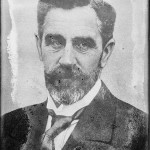
20th
Aud, Casement and German guns captured (20th-21st)
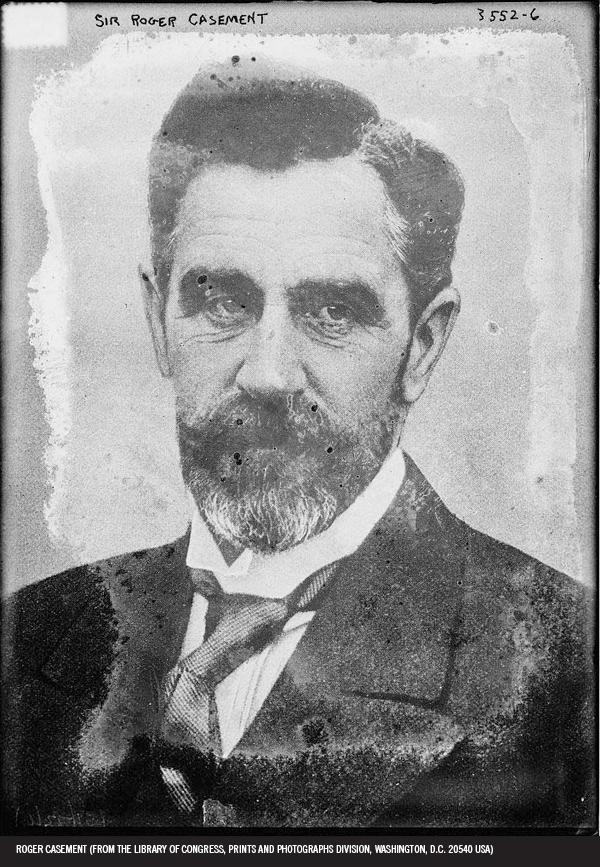
The Aud, a disguised German ship carrying arms to be used in the rebellion, mistimes its rendezvous with Roger Casement in Kerry and is captured by the British Navy before being scuttled outside Queenstown by its captain Karl Spindler. When Casement arrives in Kerry, he is captured and arrested by the RIC. Captain Robert Monteith and Daniel Bailey, who had accompanied Casement, evade capture.
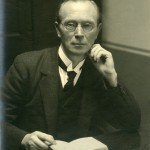
21st
MacNeill confronts Pearse
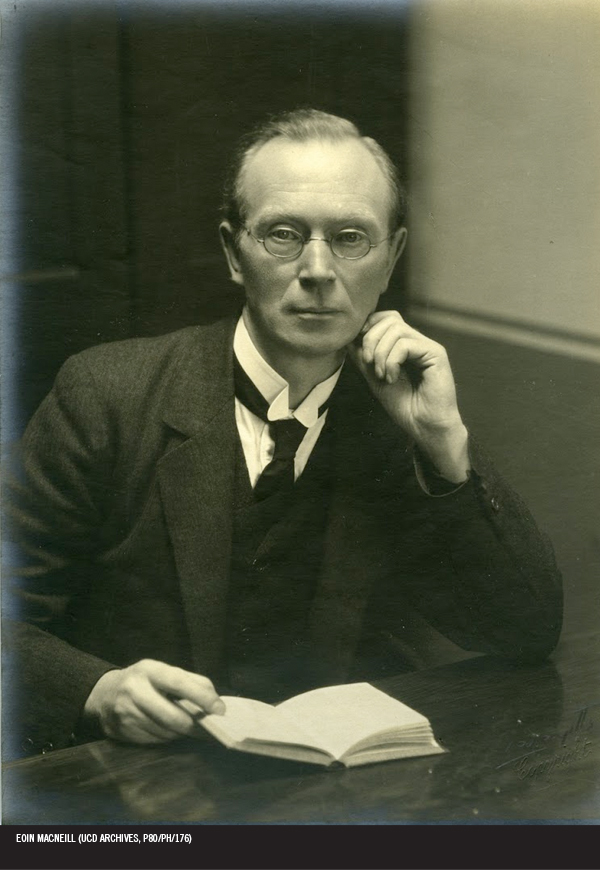
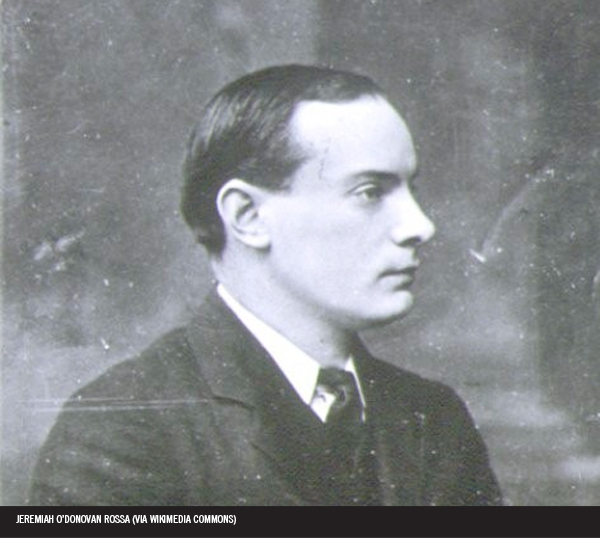
Having learned of the impending Rising, Eoin MacNeill confronts Patrick Pearse at 2am on Good Friday. Following his graduation with a BL in 1910, Pearse had lectured intermittently at UCD, on one occasion running a course on the Irish language in parallel with one of MacNeill’s Irish history courses. Pearse, along with MacNeill’s colleague Thomas MacDonagh, convince MacNeill not to obstruct the Rising. However, following the failure to land arms in Kerry, MacNeill has a change of heart; UCD staff members Michael Hayes and Liam Ó Briain are amongst those he recruits to send despatches to Volunteer units around the country in an attempt to prevent the planned rebellion.
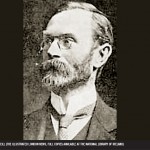
22nd
Eoin MacNeill countermands Easter manoeuvres

Eoin MacNeill learns of the planned insurrection earlier in the week and, after much persuasion from MacDonagh and other leading IRB figures, reluctantly agrees not to interfere. After the failure to land arms in Kerry, however, he changes his mind and issues a countermanding order calling off Easter manoeuvres.
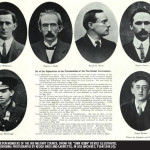
23rd
Military Council decide to move forward with rebellion
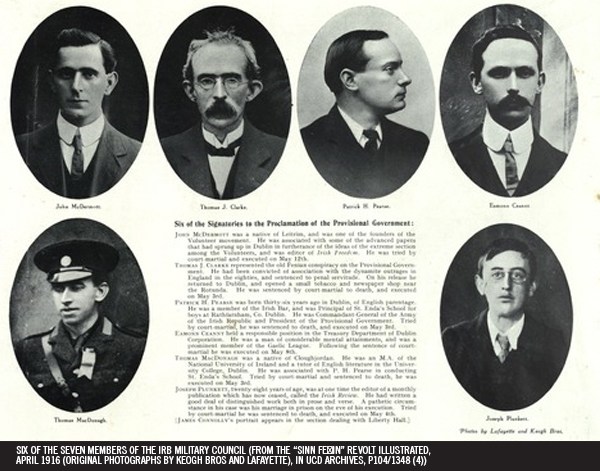
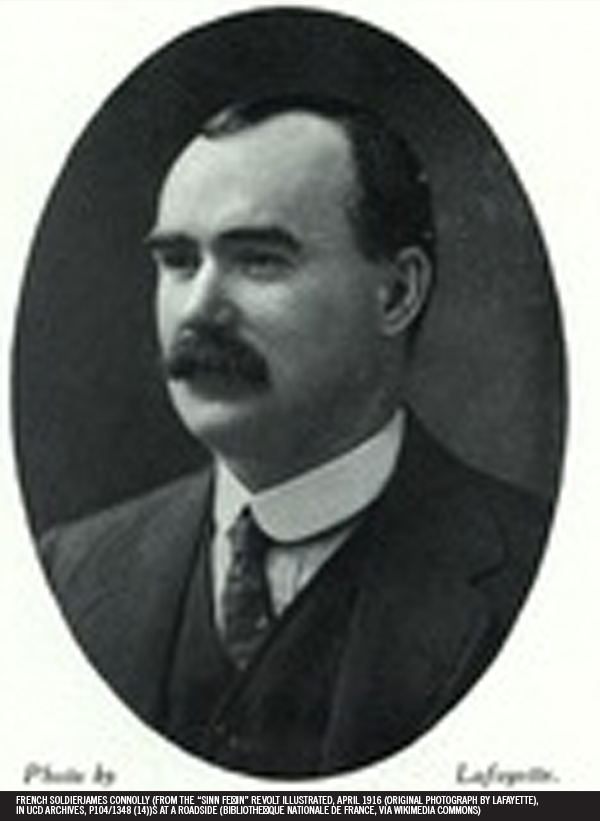
Despite the appearance of MacNeill’s countermand in the Sunday Independent, the IRB Military Council meets at Liberty Hall on Easter Sunday and decides to go ahead with the Rising, postponing it until the following day.
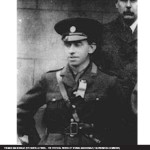
24th
First Day of Rising

Rebel units gather throughout the city, including the “C” Company of the 3rd Battalion of the Irish Volunteers, which assembles on the grounds of UCD. Key buildings in the city centre are seized. Thomas MacDonagh, leading a depleted 2nd Battalion, takes control of Jacob’s factory on Bishop Street. After hearing from a friend about the insurrection, Louise Gavan Duffy, another UCD staff member, approaches the GPO and takes up a post in the kitchen. Also in the GPO is Joseph Sweeney, an engineering student, and medical student James Ryan, who is appointed Medical Officer for the garrison. Ernie O’Malley, another medical student at UCD, considers helping some friends to defend Trinity College before deciding to join the rebels. Meanwhile, Liam Ó Briain, an assistant in the French department in UCD, joins the garrison at St Stephen’s Green.
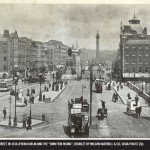
24th
First Day of Rising
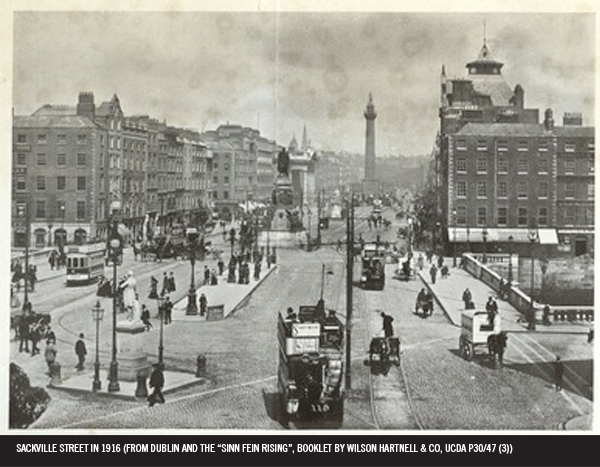
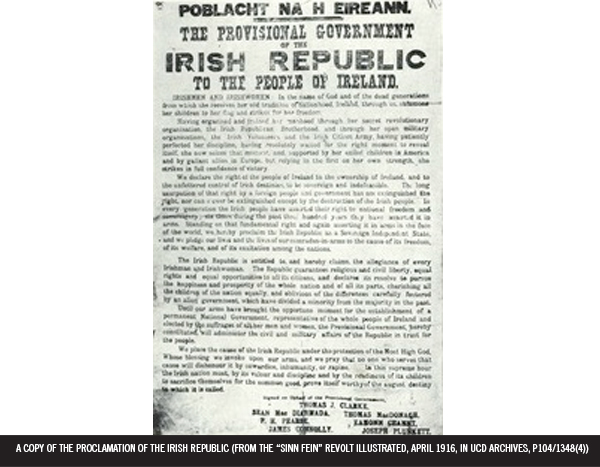
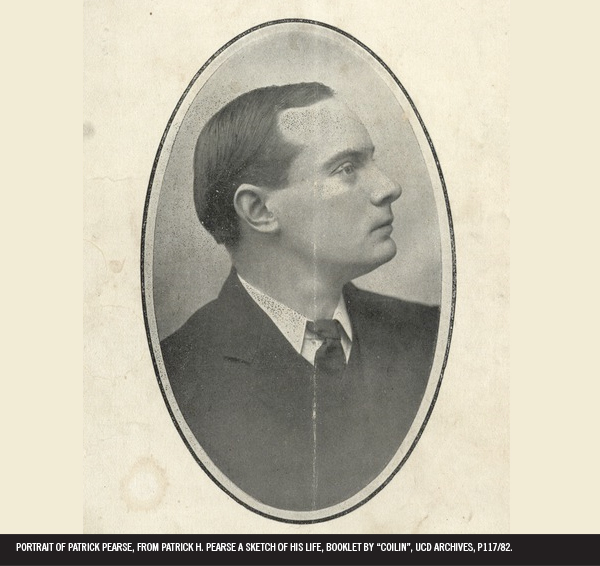
Approximately 1,250 members of the Irish Volunteers, the Irish Citizen Army and Cumann na mBan mobilise throughout the city. Many are unaware of what is to happen and are only informed of the impending insurrection upon their assembly. Key buildings are seized throughout Dublin, including the Four Courts, Boland’s Mill, the Mendicity Institution and the GPO, which acts as the rebels’ headquarters. Rebels make a brief attempt to seize Dublin Castle, but revert instead to the Evening Mail offices on the opposite side of the street. At the GPO, a flag emblazoned with the words “Irish Republic” is hoisted alongside a tricolour, beneath which Patrick Pearse reads the Proclamation of the Irish Republic.
Find out more:
History Hub, Professor Michael Laffan, The Irish Revolution, lecture 4, The Easter Rising
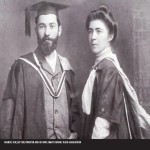
25th
Second Day of Rising
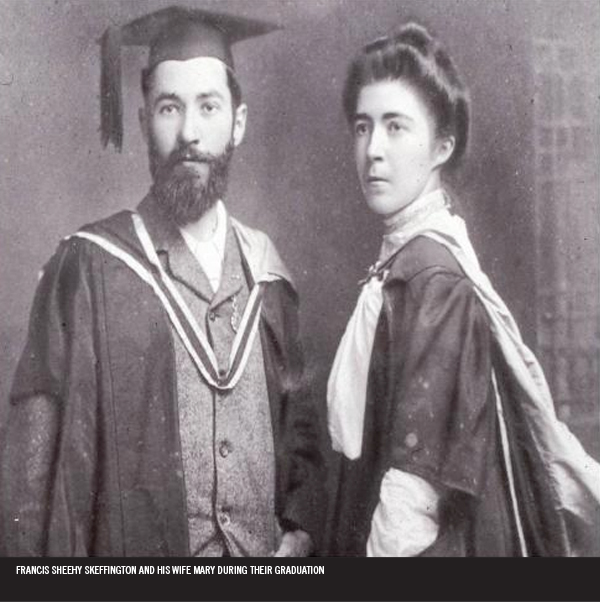
Liam Ó Briain and the other rebels under the command of Michael Mallin and Countess Markievicz at St Stephen’s Green are forced to relocate to the Royal College of Surgeons after coming under heavy attack. At Portobello, Francis Sheehy-Skeffington, UCD alumnus and former auditor of the L&H Society, is arrested, detained and ultimately shot by British soldiers, under the instruction of Captain JC Bowen-Colthurst. Sheehy-Skeffington had taken no part in the Rising and had been organising a group of people to prevent shops and businesses from being looted.
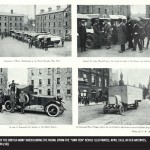
25th
Second Day of Rising
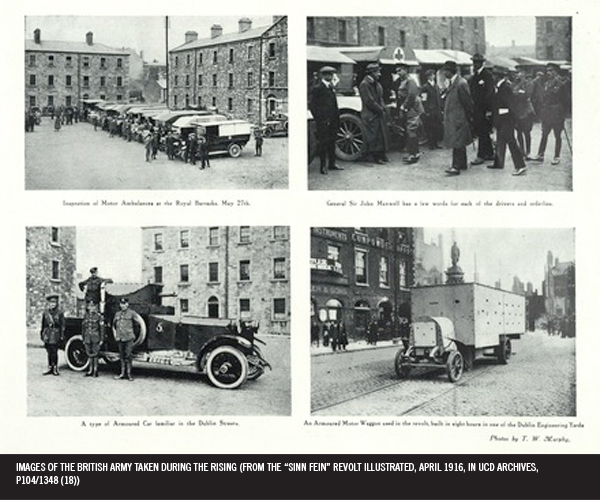
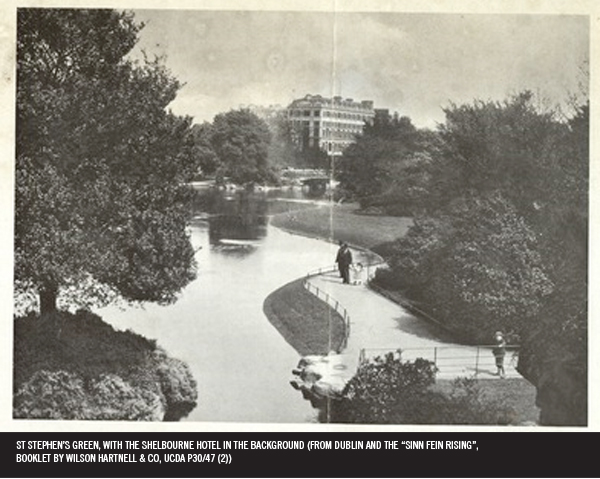
Martial law is declared as British Military forces take up positions throughout the city, including City Hall and the Shelbourne Hotel. At St Stephen’s Green, the ICA comes under heavy attack, while skirmishes continue at other positions, including the South Dublin Union. Shops on Sackville St are looted and burned.
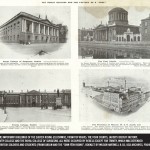
26th
Third Day of Rising

Michael Hayes, an assistant lecturer in French at UCD, who initially sided with Eoin MacNeill upon the outbreak of the Rising and declined to participate, undergoes a change of heart and decides to join his friend and colleague Thomas MacDonagh in Jacob’s factory. Although there is little in the way of out-and-out combat, sniping occurs around the factory during the night.
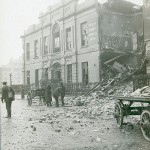
26th
Third Day of Rising
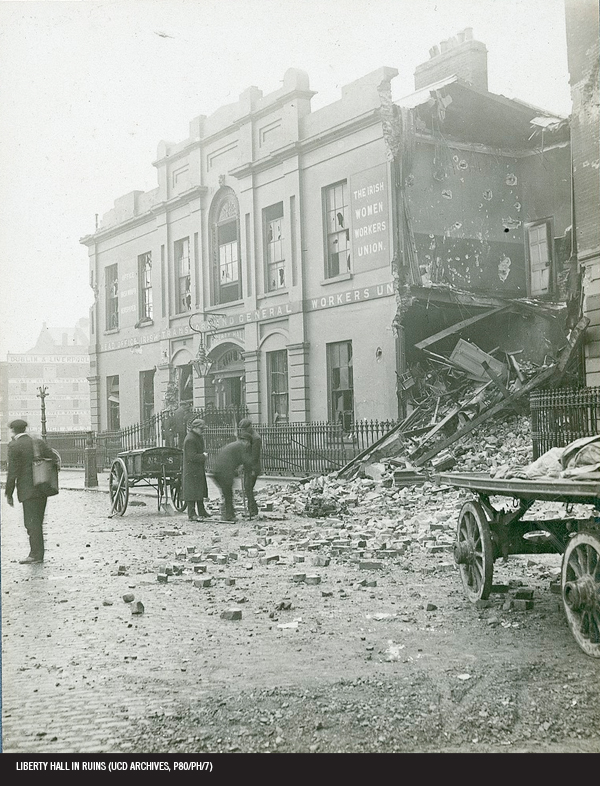
Fighting intensifies as British forces bring in heavy artillery. Liberty Hall, although unoccupied, is shelled by the battleship Helga. Volunteers attack Linen Hall barracks in the north of the city, while British soldiers marching from Dun Laoghaire come under attack from detachments of Eamon de Valera’s Boland’s Mill garrison at Mount Street.
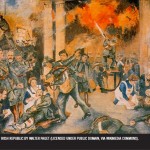
27th
Fourth Day of Rising
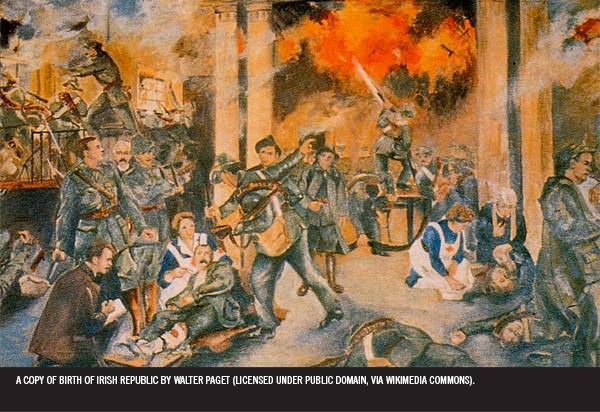
Louise Gavan Duffy and the other women in the GPO are instructed by Pearse to evacuate the building, but they refuse, returning to their duties. Meanwhile, James Ryan, who had been completing his fifth year of medicine at UCD, treats a severely wounded James Connolly.
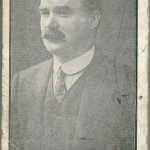
27th
Fourth Day of Rising
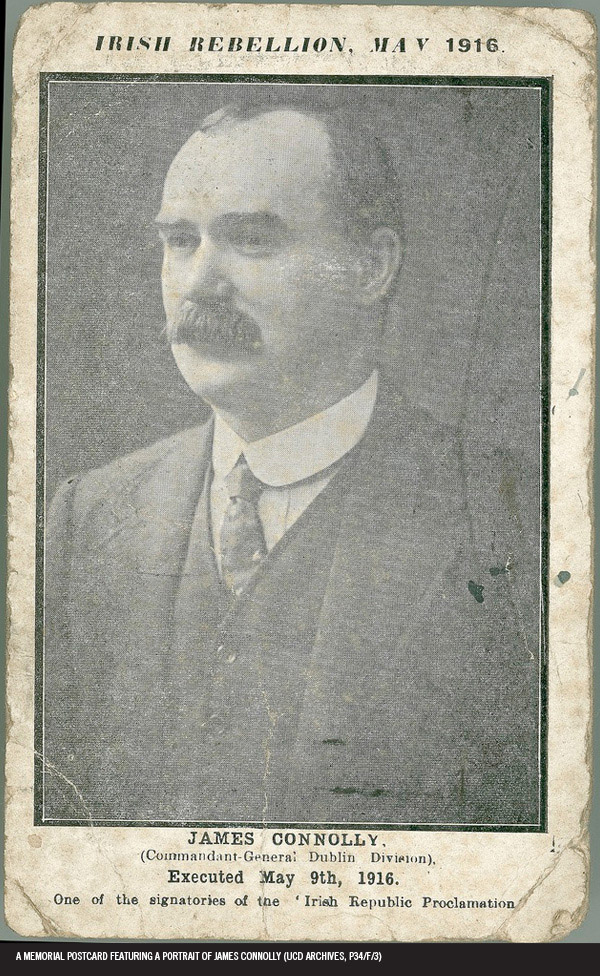
Heavy shelling on Sackville Street, causing fires and destruction. The South Dublin Union comes under attack from the Sherwood Foresters. Artillery is deployed in Sackvile Street, while sniping occurs throughout the city. At the GPO, James Connolly is wounded in the arm and the leg. Fires and looting become more widespread.
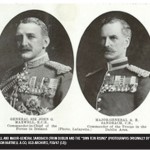
28th
Fifth Day of Rising
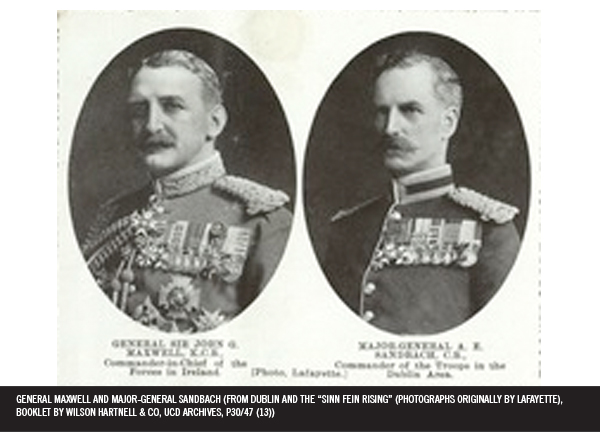
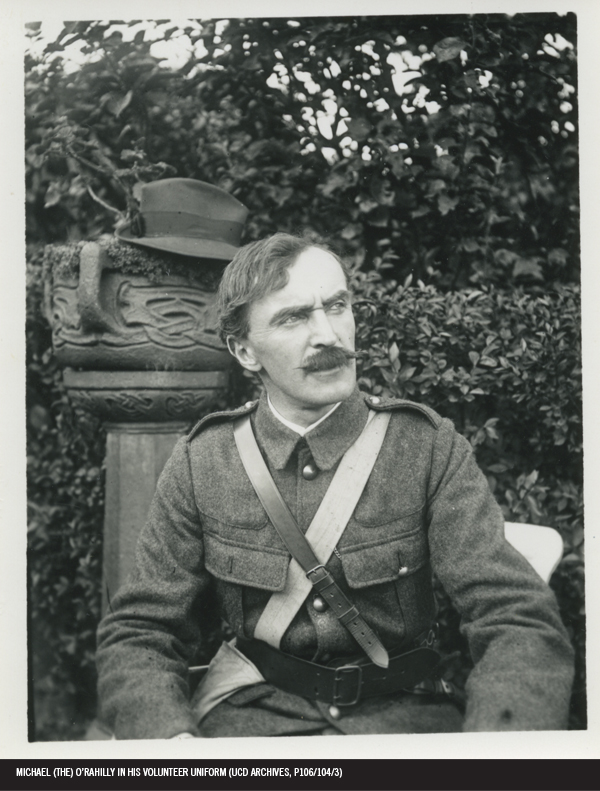
General Sir John Maxwell arrives in Dublin to take control of the British military. Shelling intensifies and the GPO, now severely damaged by flames, is evacuated by the rebels, who establish a new headquarters in Moore Street. Michael (The) O’Rahilly, a prominent nationalist and volunteer, is killed during the evacuation.

28th
Fifth Day of Rising
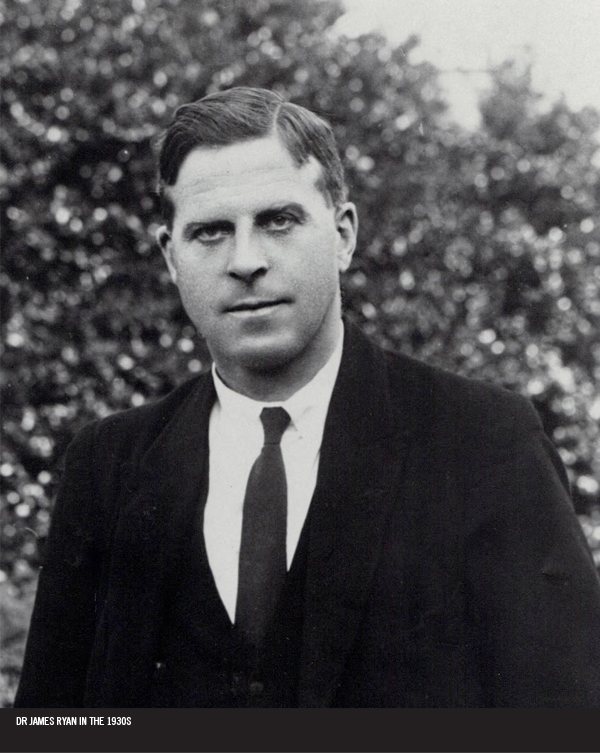
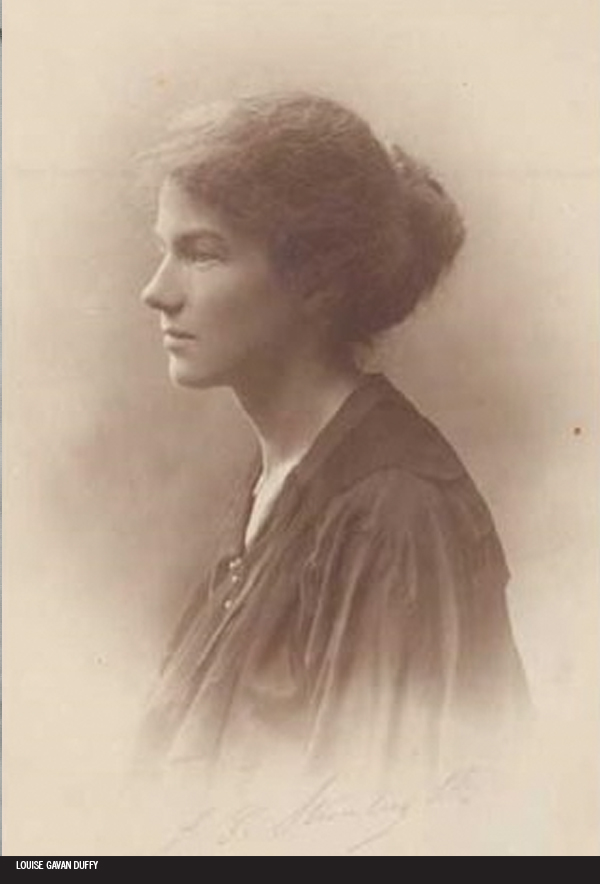
Under increasingly heavy fire, the GPO is evacuated. Louise Gavan Duffy and James Ryan help to escort the wounded out of the building.
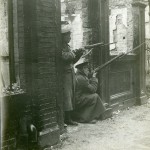
29th
Sixth Day of Rising
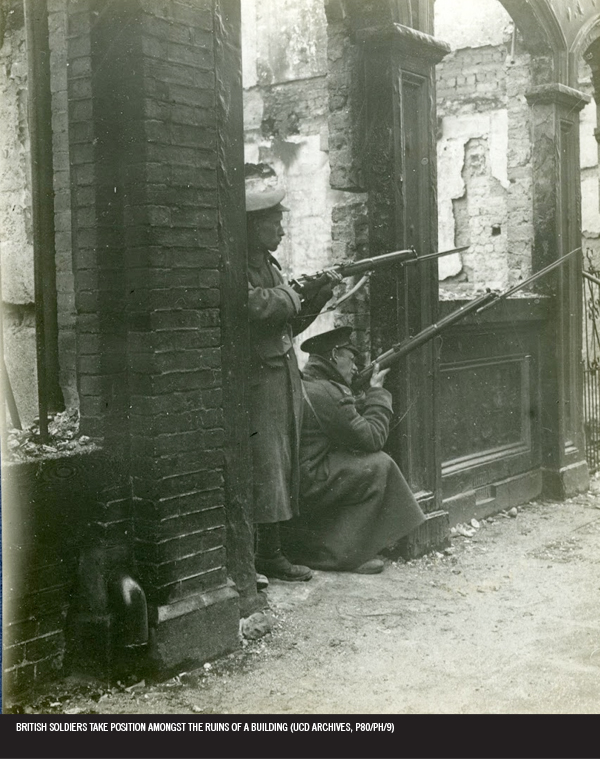
While dressing Connolly’s wounds, Ryan “saw a sight I shall never forget. Lying dead on the opposite footpath of Moore Street were three elderly men…” Soon afterwards, Seán MacDermott tells Connolly and Ryan that it is the sight of these three men that convinces Pearse to surrender, in order to “save the lives of the citizens.’” In Jacob’s factory, MacDonagh receives the order to surrender, but refuses to believe that it is genuine.
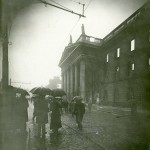
29th
Sixth Day of Rising:
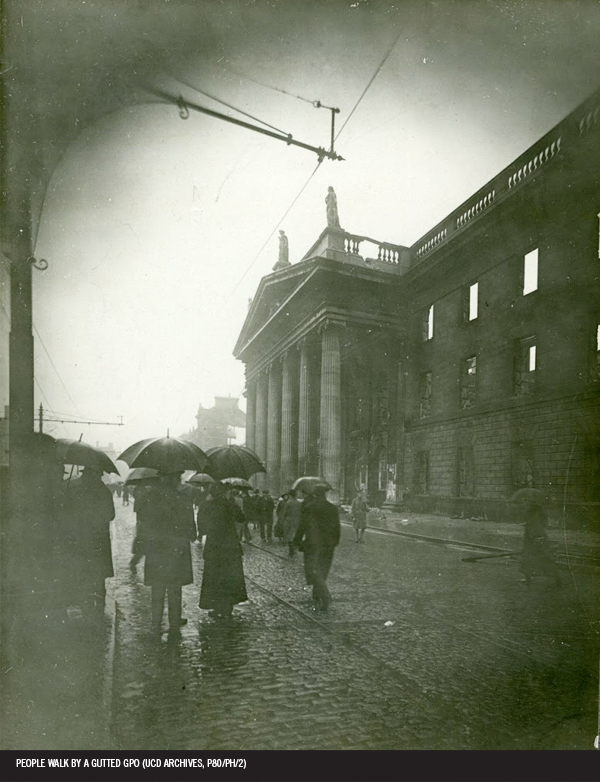
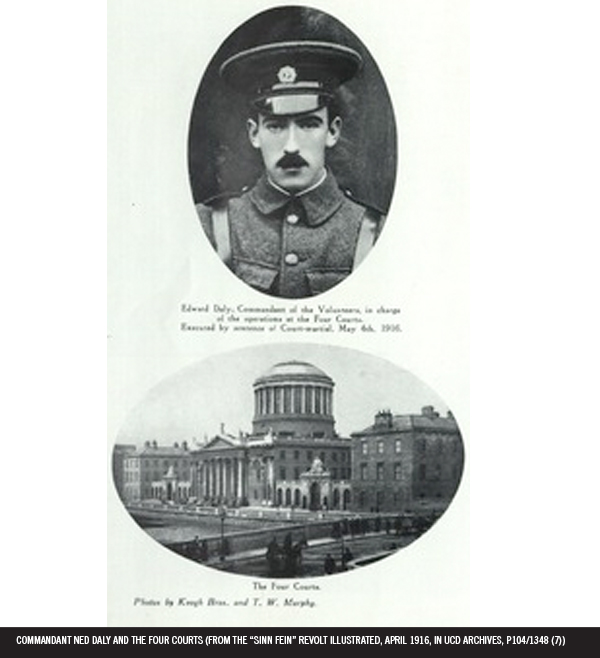
Shortly after noon, Pearse and the other leaders in Moore St. decide to surrender. After meeting with General William Lowe, Pearse is taken to the British Army headquarters where he signs an unconditional surrender. The garrison at the Four Courts, led by Ned Daly, also surrenders. The prisoners are taken to the green outside the Rotunda Hospital, where they are held until the following morning.
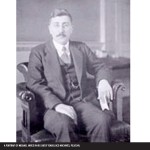
30th
Seventh Day of Rising

The garrisons at the Royal College of Surgeons and Jacob’s factory surrender. Michael Hayes recalled that MacDonagh “was quite calm and spoke in simple serious language. I remember that he seemed to be quite a different man…”
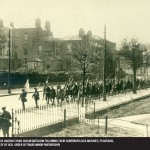
30th
Seventh Day of Rising
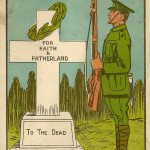
3rd
Execution of Rising leaders
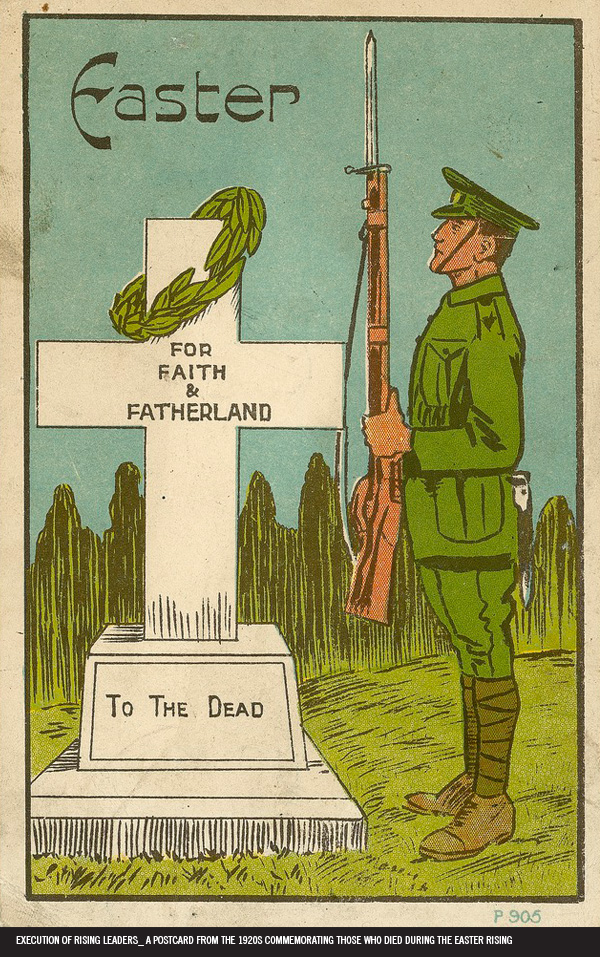


Patrick Pearse, signatory of the Proclamation, Thomas MacDonagh, signatory of the Proclamation and commander of the Second Battalion of Volunteers, in charge of Jacob’s biscuit factory and Thomas J. Clarke, signatory of the Proclamation, served at the GPO are executed.
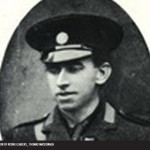
3rd
Execution of Rising leaders (3rd-12th)
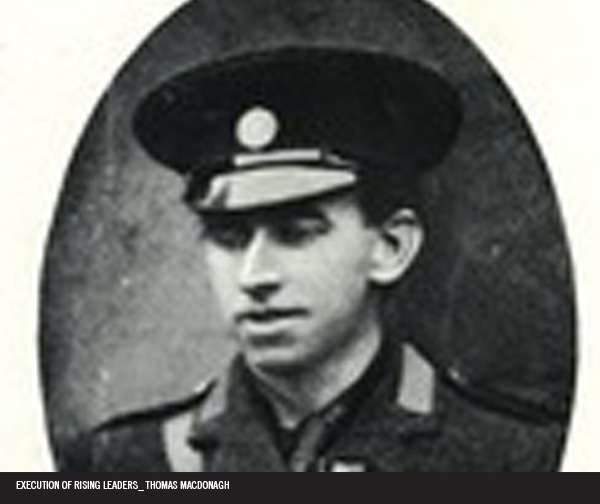
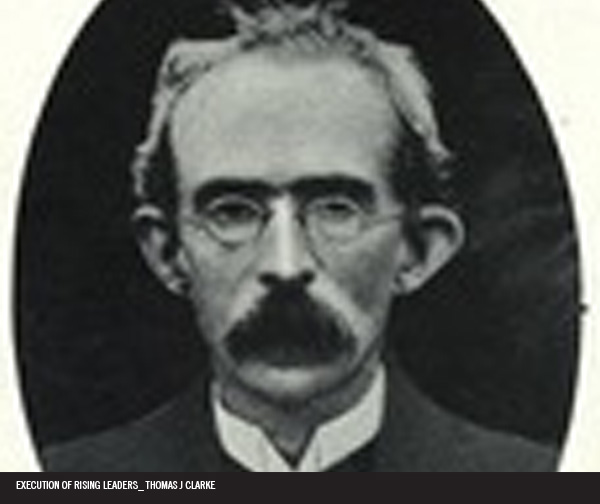
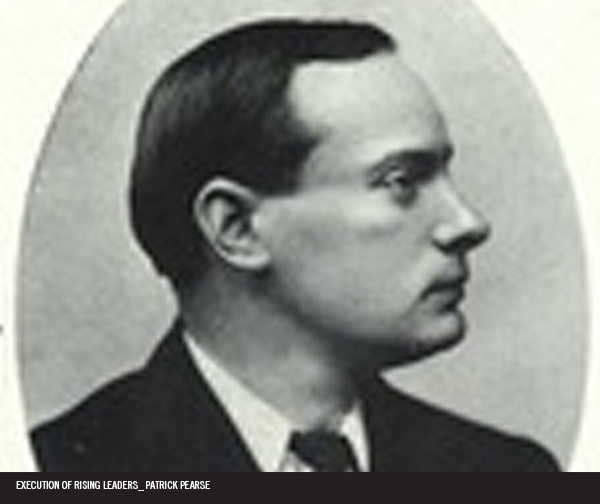
Having been selected for trial, the seven signatories of the Proclamation and other rebels deemed to have played a significant role in the Rising are court-martialled and sentenced to death. 14 rebels are executed at Kilmainham Gaol and subsequently buried at Arbour Hill. Other prisoners are deported to internment camps. Thomas Kent was executed in Cork. Following detention in the Tower of London, Roger Casement is tried and sentenced and ultimately executed (see 3 August below). The executions evoke a mass of sympathy from the Irish public, turning many towards the cause of the rebels.
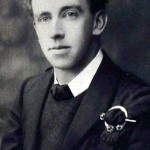
3rd
Execution of the Rising’s leaders.
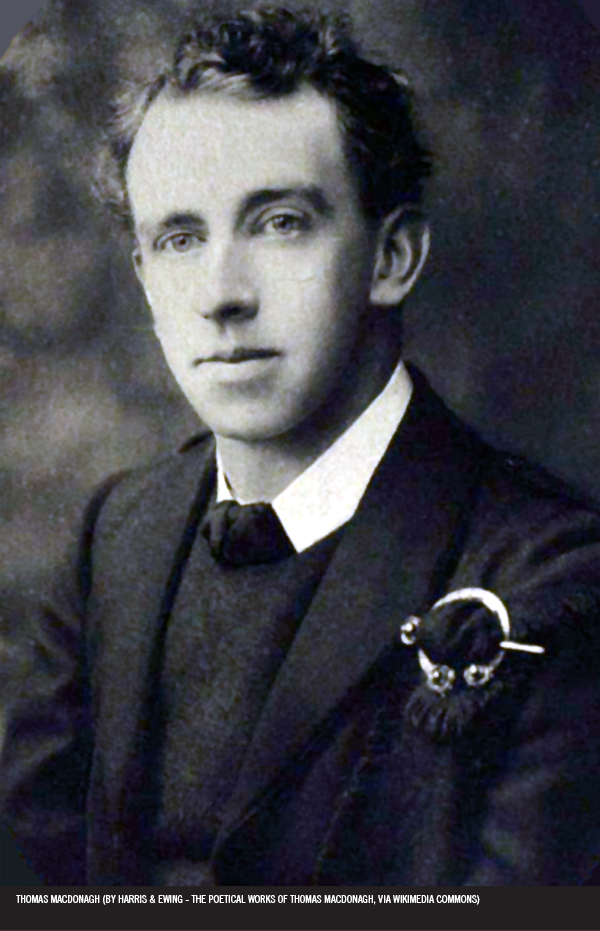
On 2nd May, Thomas MacDonagh is convicted by court martial to death for his part in the Rising. At 3.30am on the next day, he is executed by firing squad. He is amongst the first of the rebels to be executed, on the same day as Patrick Pearse and Thomas Clarke.

4th
Execution of Rising leaders
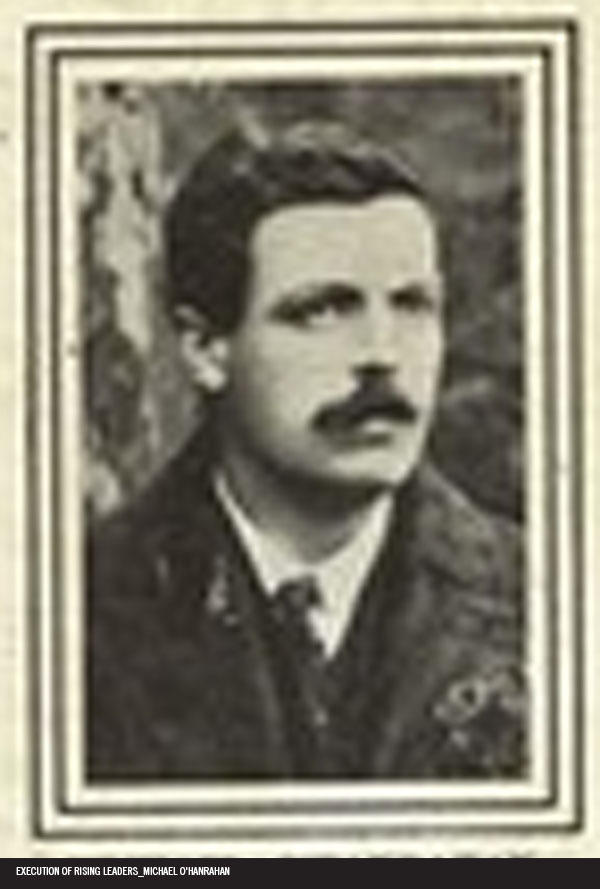
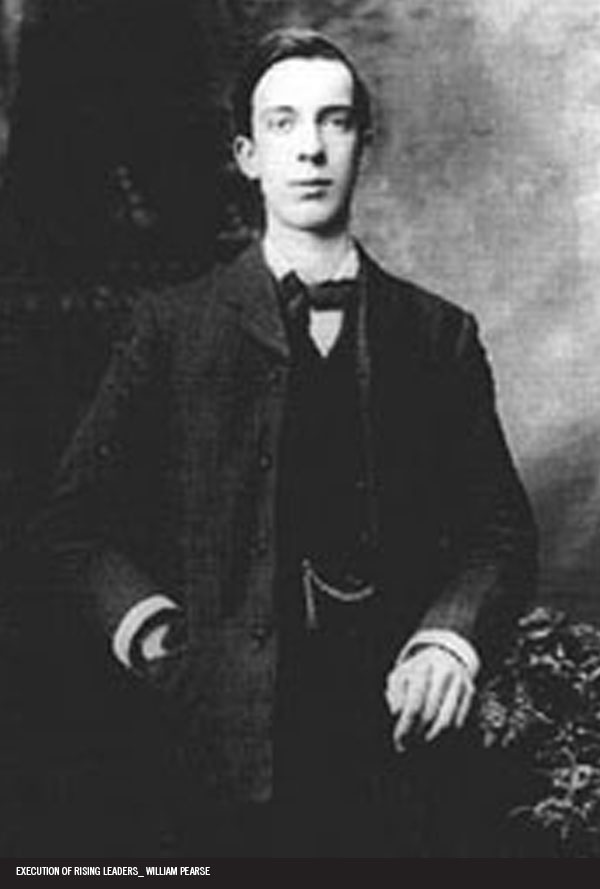
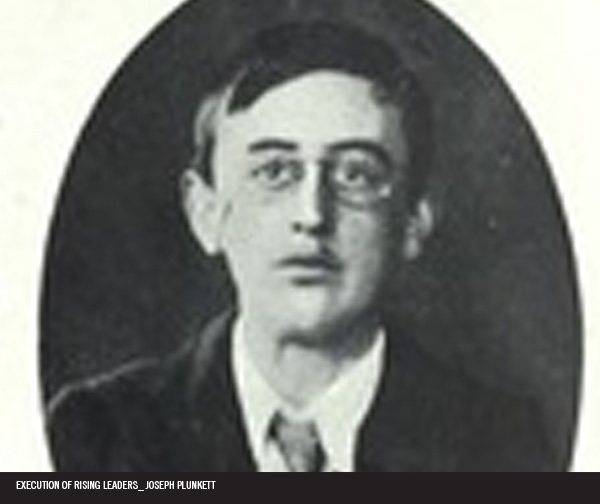
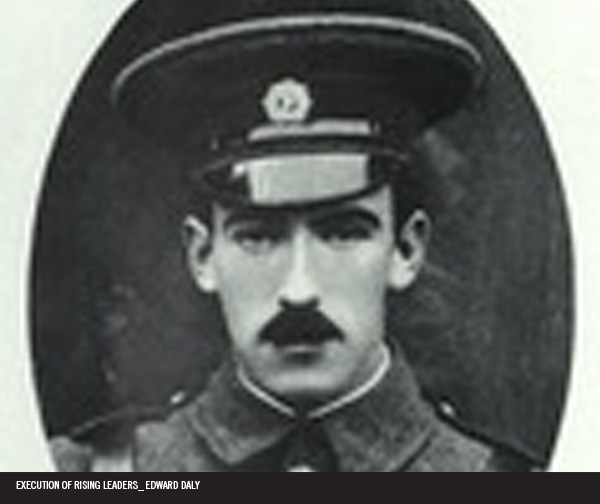
Joseph Plunkett, signatory of the Proclamation, served at the GPO, William Pearse, served at the GPO, Edward Daly, led the First Battalion of the Irish Volunteers in the Four Courts and Michael O’Hanrahan, joint second in command at Jacob’s biscuit factory are executed.
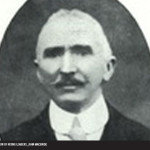
5th
Execution of Rising leaders
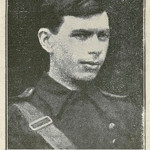
8th
Execution of Rising leaders

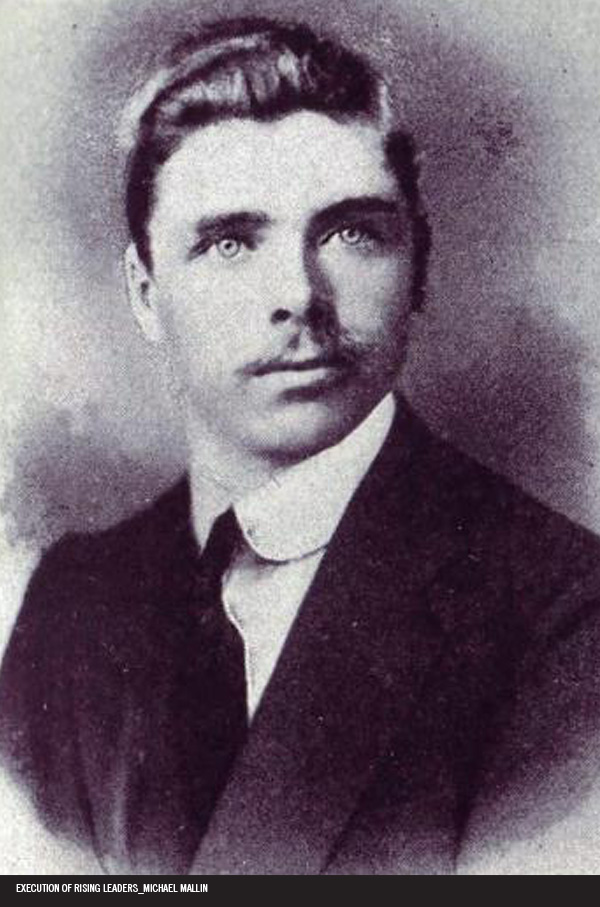
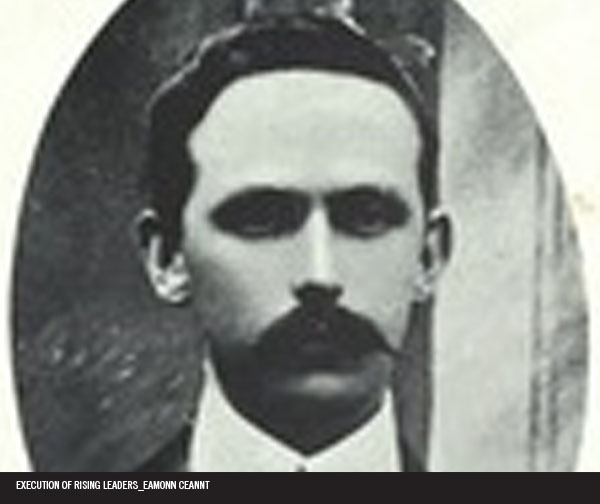
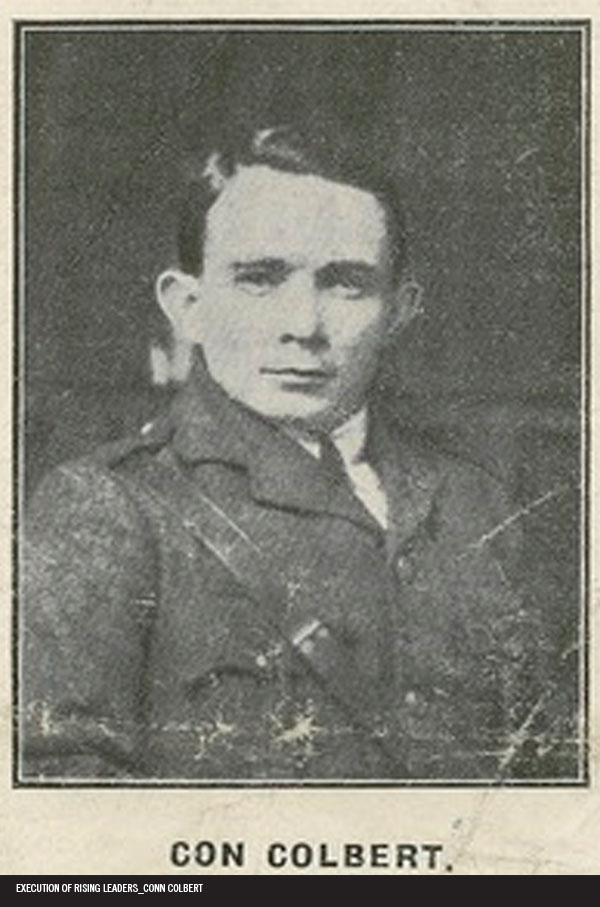
Eamonn Ceannt, signatory of the Proclamation and commander of the Fourth Battalion of Irish Volunteers, in charge of the South Dublin Union, Michael Mallin, Chief of Staff of the Irish Citizen Army, in charge of St. Stephen’s Green and the Royal College of Surgeons, Sean Heuston, leader of a section of the First Battalion of the Volunteers that occupied the Mendicity Institute, and Con Colbert, captain of F Company of the Fourth Battalion of the Irish Volunteers and in command at the Marrowbone Lane distillery are executed.
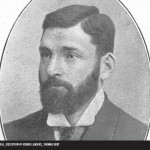
9th
Execution of Rising leaders

Thomas Kent is executed. Kent did not participate in the Rising, but during the insurrection his house in Cork was raided by British forces. After a gunfight, he was captured, court-martialled and executed.

12th
Execution of Rising leaders
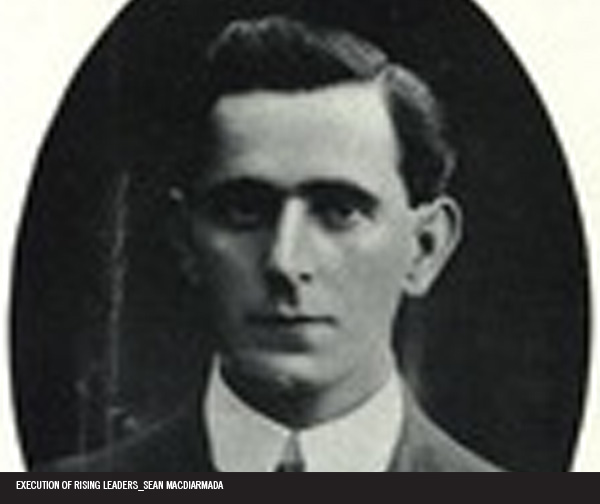
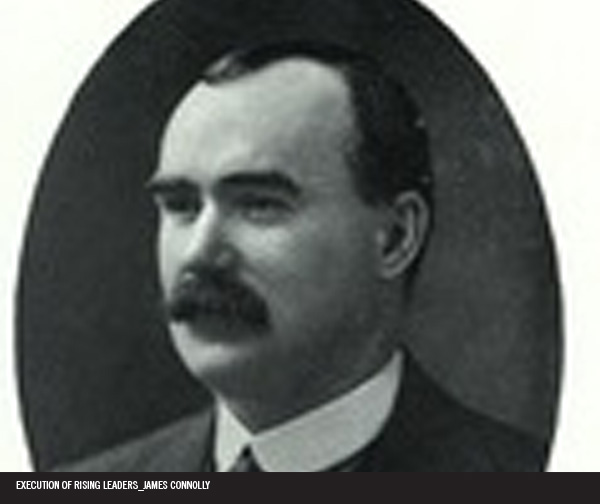
James Connolly, signatory of the Proclamation and Commandant-General of the Dublin Division in the GPO and Sean MacDiarmada, signatory of the Proclamation, who served at the GPO are executed.

31st
Battle of Jutland (31st May-1st June)
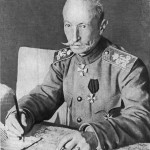
4th
The Brusilov Offensive
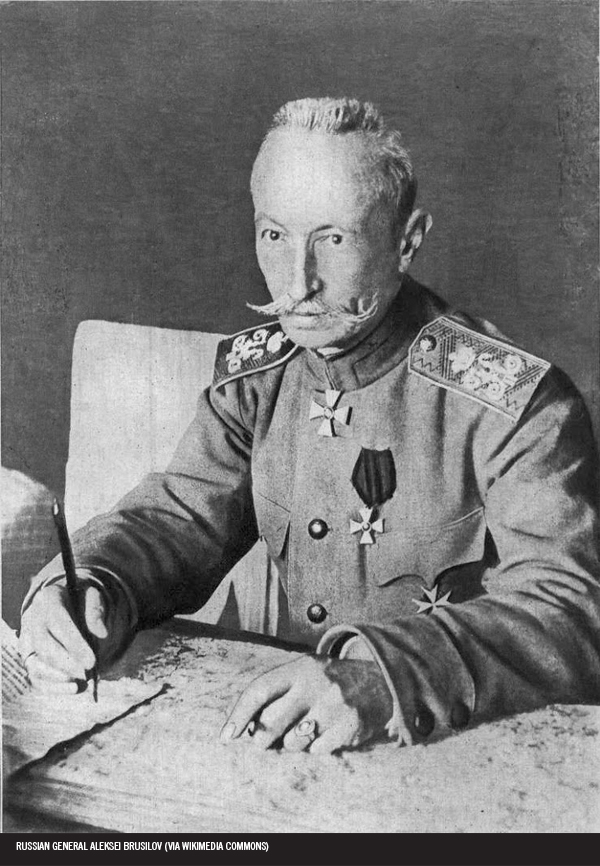
The offensive by Russian forces leads to significant territorial advances, but paradoxically it also weakens the Russian army, which loses many of its best troops and suffers from extended supply lines. The failure of the Habsburg army to repel the initial offensives compels Germany to come to its aid, though at a price– the effective subjugation of the Habsburg military to German commanders.
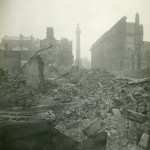
8th
Aftermath of the Rising
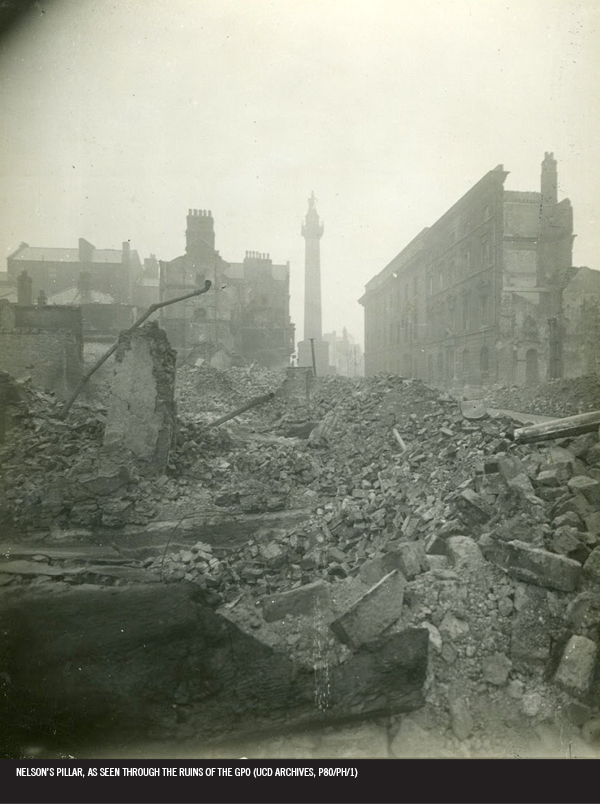
In the aftermath of the rebellion, Augustine Birrell, the Chief Secretary of Ireland, chastises the “young fools from the National University” that were amongst the “instigators and inspirers of this mad revolt”. On 8th June, UCD student Madge Calnan reports in a letter to James Ryan that “there are not half a dozen people in the College who are not Sinn Féiners.”
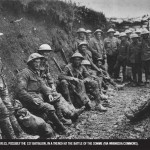
1st
Battle of the Somme (1st July- 18th November)
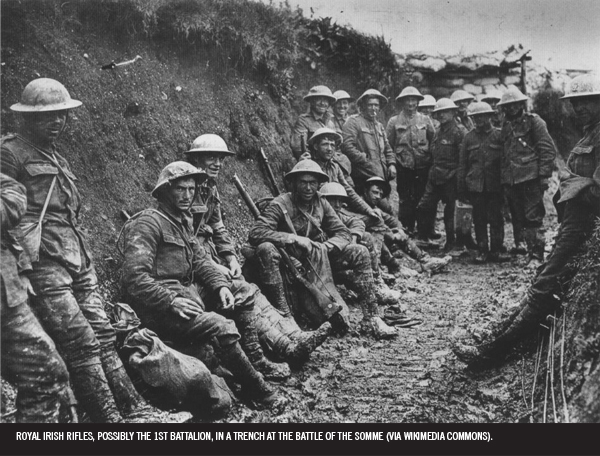
An Allied offensive fails to dislodge heavily entrenched German positions on the banks of the Somme. After a week of aerial bombardment, Allied soldiers are mown down by German machine guns when they attempt to cross no-man’s-land- on the first day, the 36th Ulster Division suffer 5,000 casualties, including 2,069 fatalities. What follows is a long, drawn out battle of attrition which costs over 1 million lives.
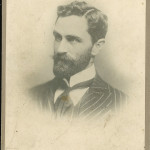
3rd
Execution of Roger Casement
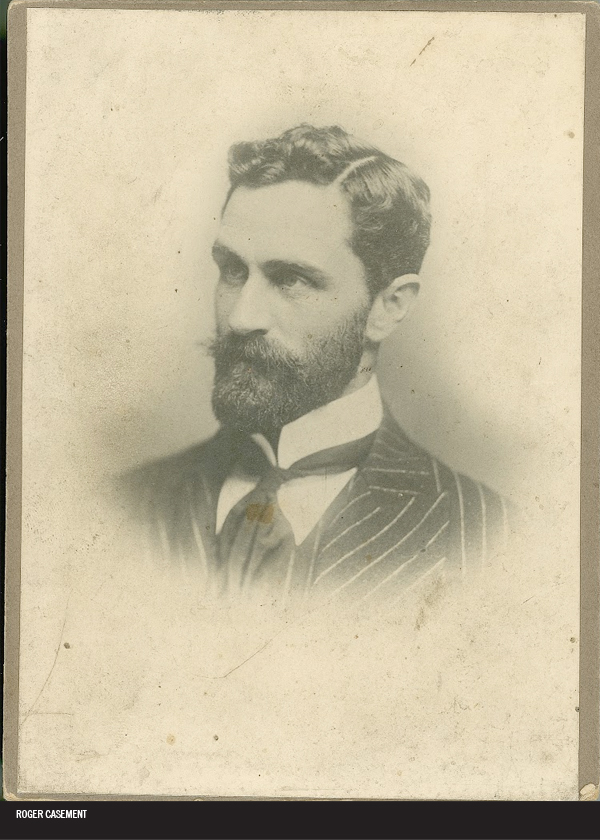
After a highly publicised trial, Roger Casement is found guilty of treason, and is hanged at Pentonville Prison.
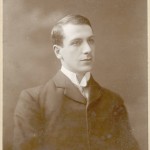
9th
Tom Kettle’s Death
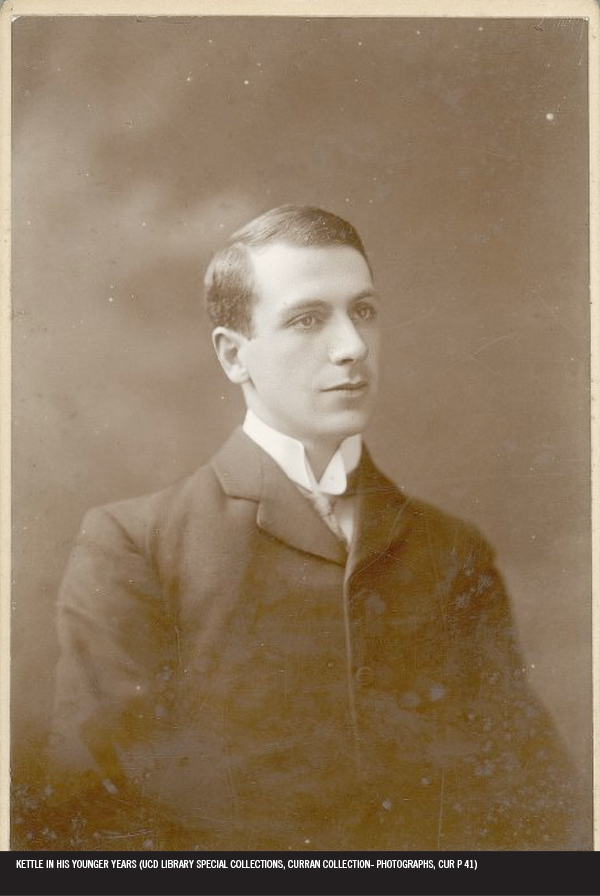
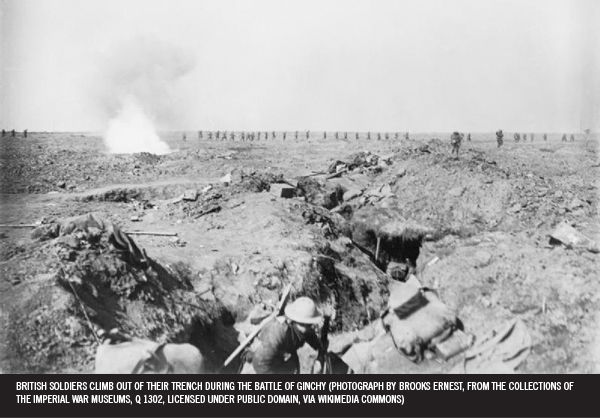
Tom Kettle dies at the Somme, after leading his company during an assault on German positions at Ginchy. He had made several attempts to be permitted for front line duty before the Army authorities finally relented. He leaves behind him his wife Mary and daughter Elisabeth. A few days before his death, he writes a sonnet for his daughter, telling her that he and others “Died not for flag, nor King, nor Emperor/But for a dream, born in a herdsman’s shed/and for the secret Scripture of the poor.” Oliver St John Gogarty recalled that there were “many eyes wet with tears in Dublin when they heard of Tom’s death”.
Find out more:
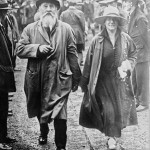
5th
Count Plunkett wins by-election
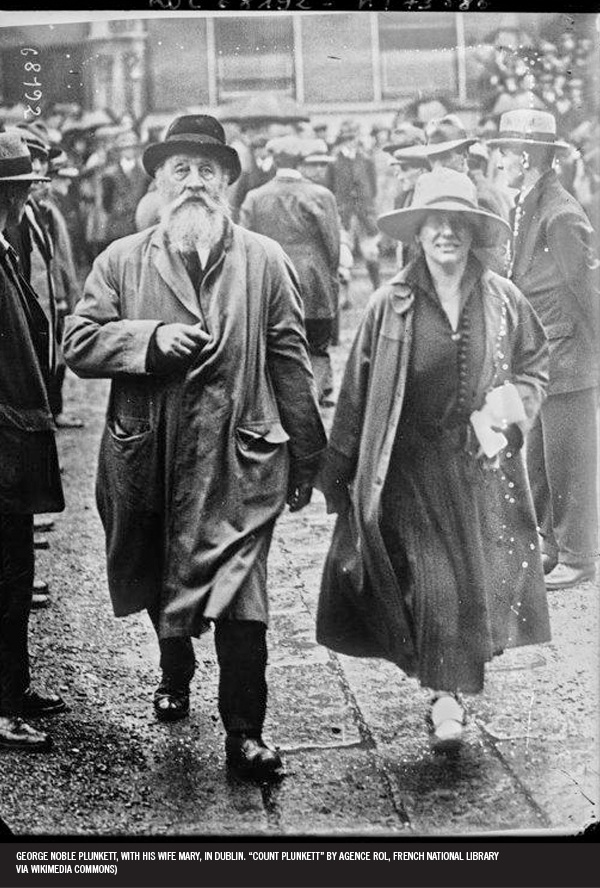
George Noble Plunkett, who entered politics following the execution of his son Joseph in the aftermath of the Easter Rising, wins a seat in the Roscommon North by-election. Plunkett receives 3,022 votes, as against 1,708 for the Irish Parliamentary Party candidate and 687 for Jasper Tully, an independent. In May, Joseph McGuinness wins another seat for the party at the Longford South by-election.
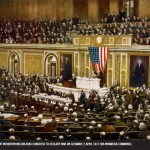
6th
US declares war on Germany
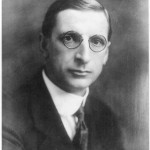
10th
Éamon de Valera wins by-election
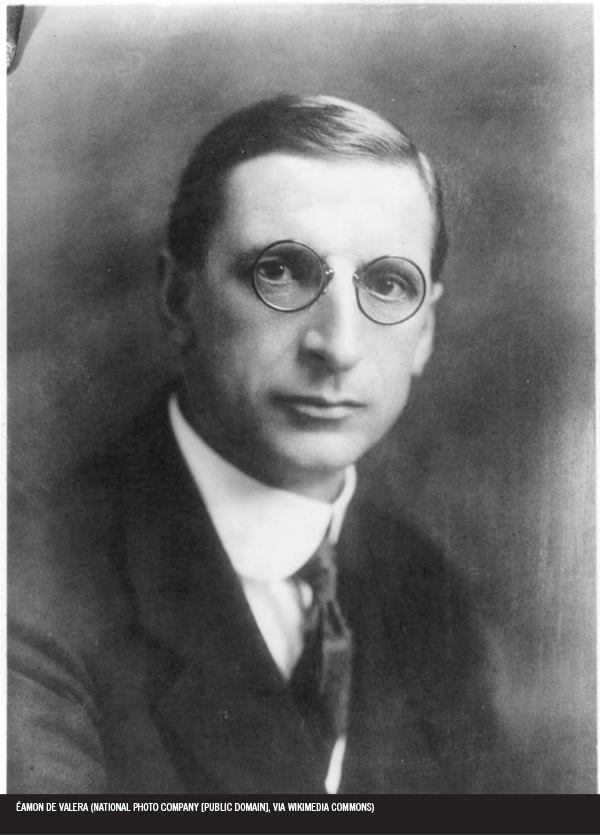
Following the death of MP Willie Redmond, brother of the Irish Parliamentary Party Chairman, John Redmond, at the Battle of Messines Ridge in Belgium, a by election is held in East Clare. Eamon de Valera, running for Sinn Féin, defeats Patrick Lynch of the Irish Parliamentary Party by a majority of 2,975 votes.
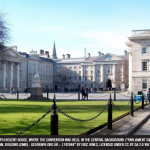
25th
First meeting of the Irish Convention
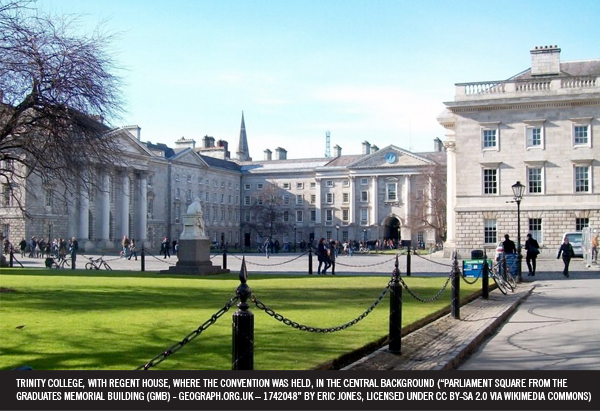
The first conference of the Irish Convention meets at Regents House in Trinity College, chaired by Sir Horace Plunkett. The Convention is called for by David Lloyd George as an attempt to find solutions the problems surrounding Irish self-determination. The Convention is dominated by the Irish Parliamentary party after Sinn Féin refuse to participate.
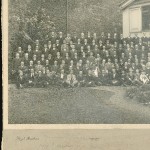
25th
MacNeill- de Valera alliance (25th-26th October)
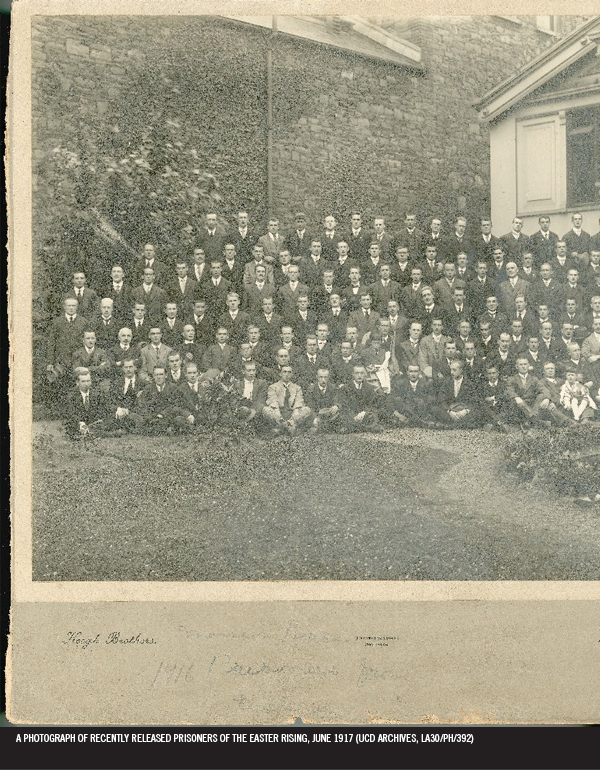
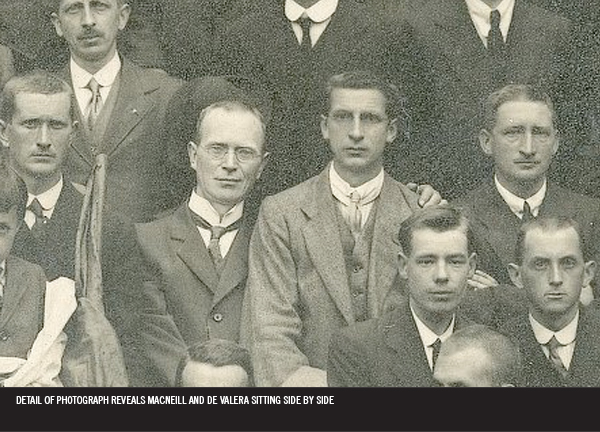
Although he took no part in the Rising, Eoin MacNeill was arrested and imprisoned along with those who rebelled. During his time in Lewes prison, he taught classes on Irish language and history. He also formed a friendship with Eamon de Valera, with whom he had discussions on “scientific matters”. Upon his release from prison, and awaiting reappointment at UCD, MacNeill campaigned for de Valera during the East Clare by-election. The alliance formed over these months helps to avoid a split amongst their respective followers, and ensures that de Valera takes control of Sinn Féin ahead of George Noble Plunkett at the party’s convention in October 1917.
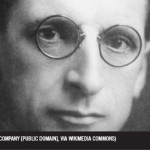
25th
Éamon de Valera elected President of Sinn Féin and the Irish Volunteers
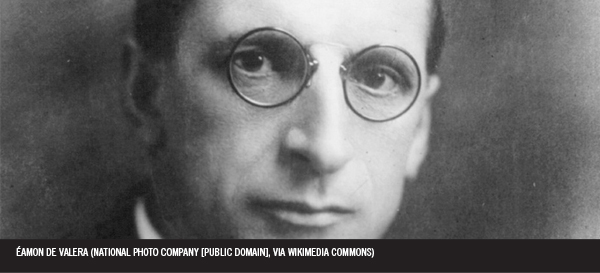
At a convention in Dublin, Sinn Féin undergoes a radical reinvention as it comes under the control of the republican movement. Éamon de Valera is elected President of the party, ahead of Arthur Griffith, who does not contest the election. On 27th October, de Valera is also elected President of the Irish Volunteers, while Cathal Brugha and Michael Collins are elected onto the national executive.
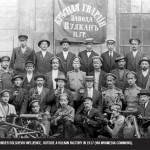
7th
Russian Revolution
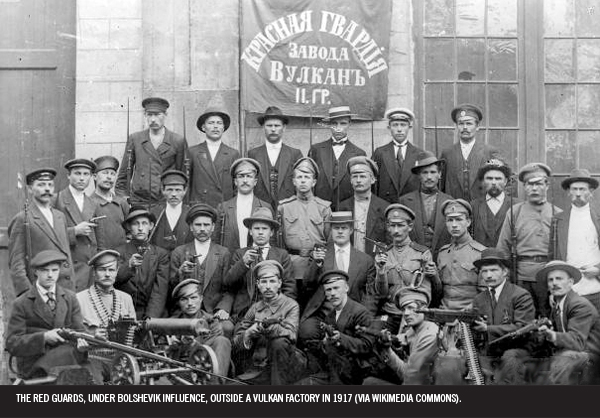
Bolshevik revolutionaries, led by Vladimir Illich Lenin, seize Government buildings in Petrograd. Over the coming weeks, months and years, the Bolsheviks install a socialist government in Russia to create the Soviet state.
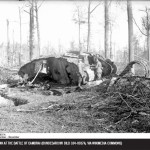
20th
Battle of Cambrai (20th November-7th December)
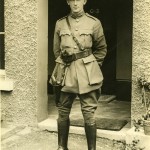
1st
Mulcahy appointed IRA chief of staff (Spring 1918)

Richard Mulcahy, second-year medical student at UCD, is appointed Chief of Staff of the IRA in spring 1918. The increased responsibilities that came with the position force him to abandon his studies later in the year. However, he continues to hold an office in the Chemistry corridor of the Physiology Department in Earlsfort Terrace, from where he conducts his duties as Chief of Staff.
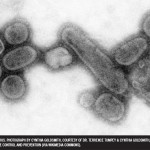
11th
Spanish Influenza
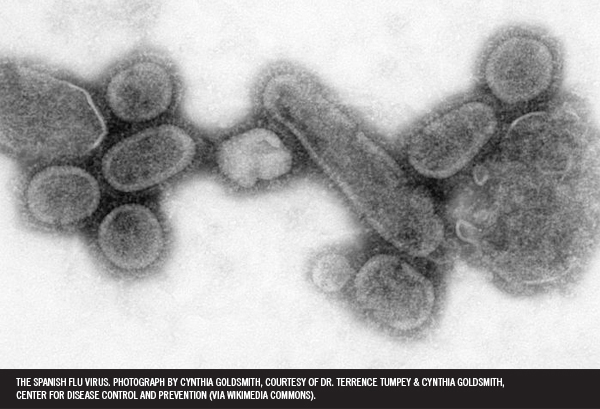
In a military base in Kansas, there are outbreaks of an unusually severe form of influenza, which are later understood to be amongst first recorded cases of the Spanish Flu. Over the coming year, this strain of flu kills an estimated 50,000,000 people.
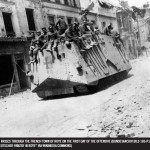
21st
The Spring Offensive (21st March-18th July)

This was German military leaders’ last gamble to win the war before the Allies, reinforced by American troops, became too strong. Despite making major gains, the German army fails to pierce the Allies’ line. Weakened by the loss of their best troops and hampered by over-extended supply lines, the German army falls vulnerable to Allied counter-offensives. In mid-July, 1918, French and American forces start an offensive, followed by the British army’s offensive in August 1918. This marks the military turning point of the war.
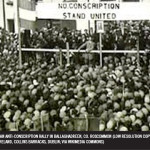
21st
Anti-conscription pledge signed by Nationalists
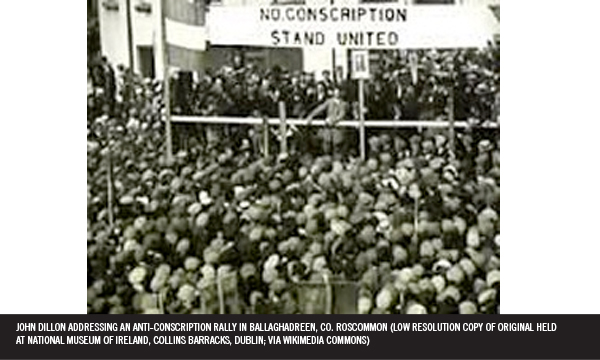
In response to the passing of the Military Service Bill by the House of Commons, which empowers the British Government to enforce conscription on all Irish men of military age, an anti-conscription pledge is signed throughout the country. The pledge is brought about by Irish Anti-Conscription Committee, an alliance of leading Irish nationalists, including Eamon de Valera, John Dillon and Arthur Griffith. The move, which is supported by the Catholic Church in Ireland, reflects the mood amongst the Irish public towards what has become an increasingly unpopular war. Although the Irish Parliamentary Party spearheads opposition to the Military Service Bill at Westminster, Sinn Féin are the most vocal proponent of the anti-conscription movement and claim a large degree of support throughout the country.
Find out more:
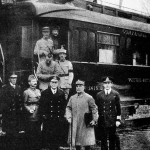
11th
Armistice
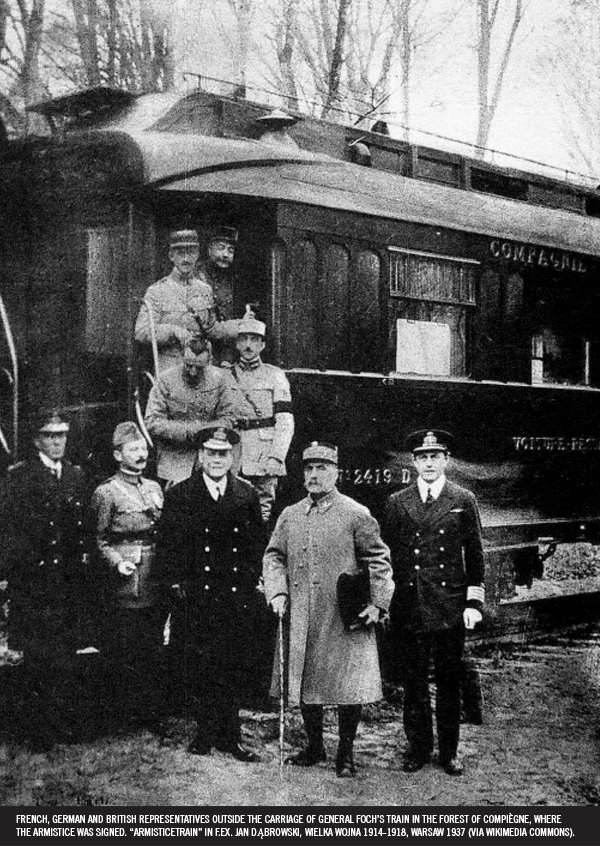
As the threat posed by the Allied forces becomes insurmountable, the German command make moves towards ending the War. The armistice is formally signed in General Ferdinand Foch’s railway carriage in the forest of Compiègne. Since the beginning of the War, over 16 million have died, including an estimated 7 million civilians.
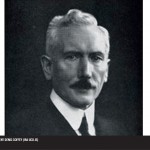
11th
Armistice
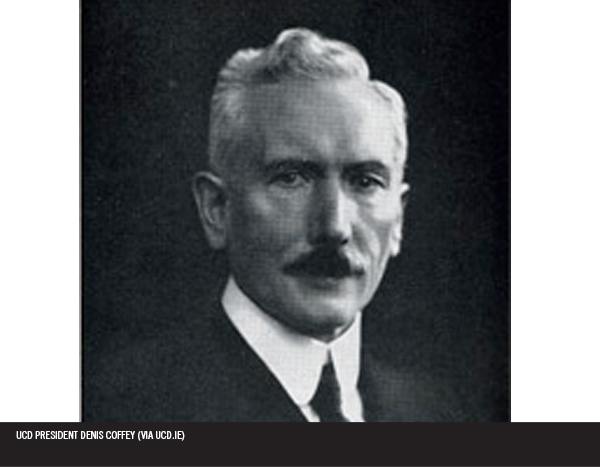
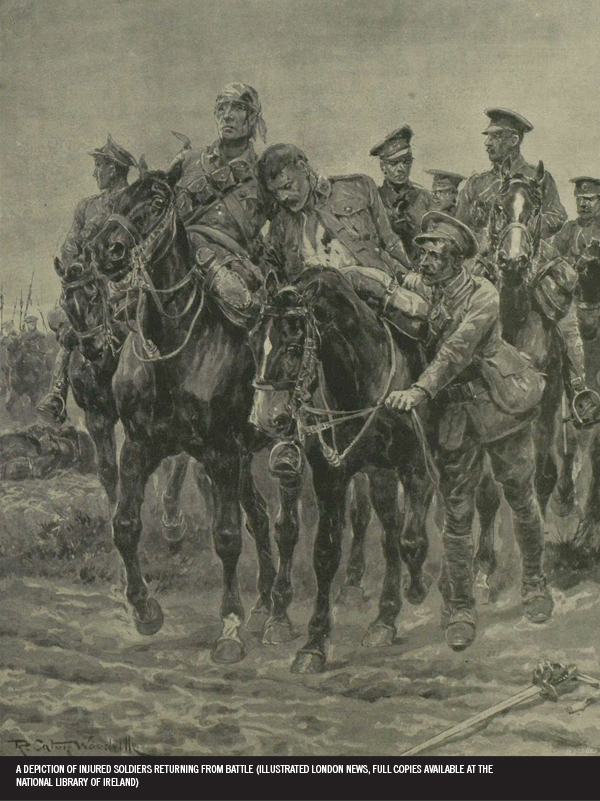
In his report for 1917/18, UCD President Denis Coffey commemorates those fallen in the War, “I hope that a place may be found in our new buildings for those who, as we knew them, had the promise of high careers and included not a few of exceptional distinction. They are all gallant, good, true-hearted Irishmen.”
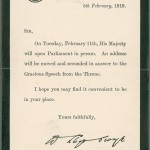
14th
1918 Elections
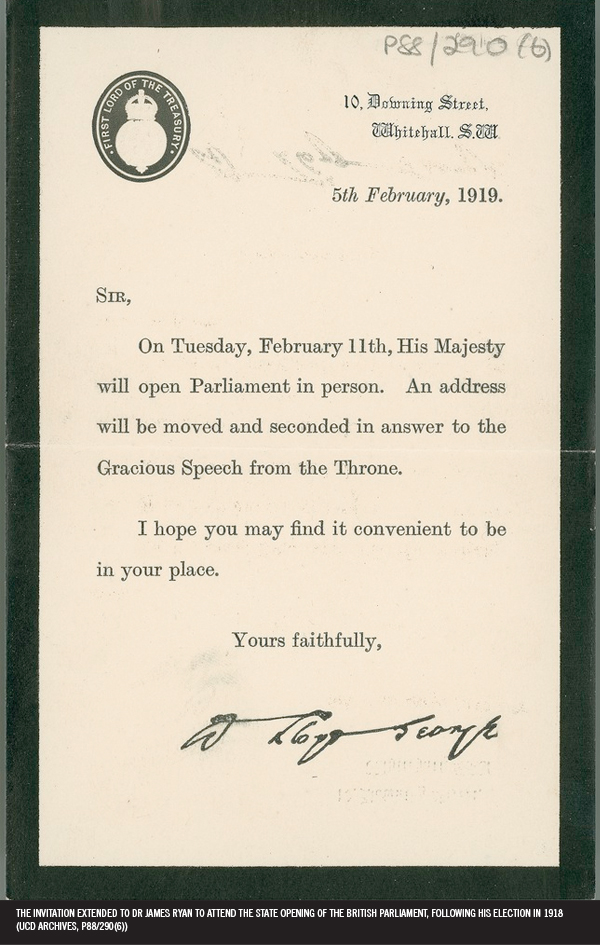

A number of UCD staff and graduates are elected on the Sinn Féin ticket, including Kevin O’Higgins, James Ryan and Pat McCartan. In the election for the NUI’s parliamentary seat, Eoin MacNeill defeats the Irish Parliamentary Party’s candidate Arthur Conway by 1,644 to 813 votes.
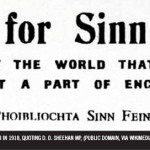
14th
Sinn Féin win landslide in general election
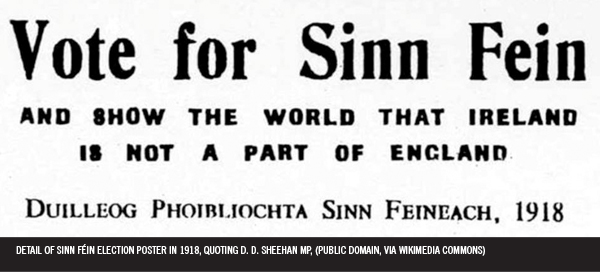
After the victories in the 1917 by-elections, Éamon de Valera leads his party to victory in the first general election following the end of the First World War. The party wins 73 seats, leaving 26 seats for the Unionist Party and 6 seats for the Irish Parliamentary Party. The defeat spells the end for the Irish Parliamentary Party, and reflects the role of the Easter Rising in provoking a radical upsurge in the nationalist ambitions of the Irish Public. The election is also notable for the election of Constance Markievicz, the first woman to be elected to the British House of Commons. Markievicz does not take her seat in Westminster, however, as Sinn Féin choose to follow a policy of abstention.
Find out more:
History Hub, Professor Michael Laffan, The Irish Revolution, lecture 6, The 1918 General Election
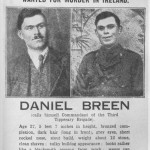
21st
War of Independence begins
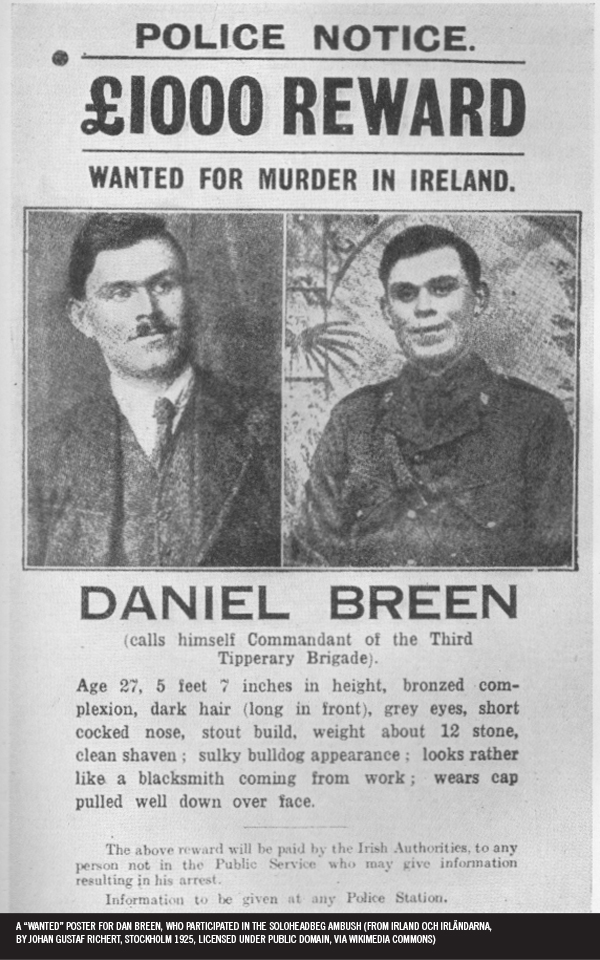

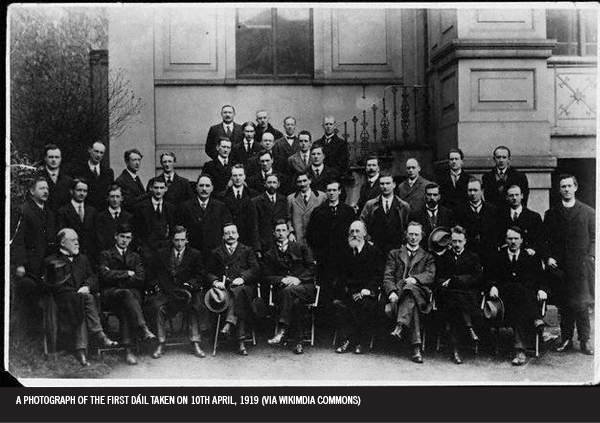
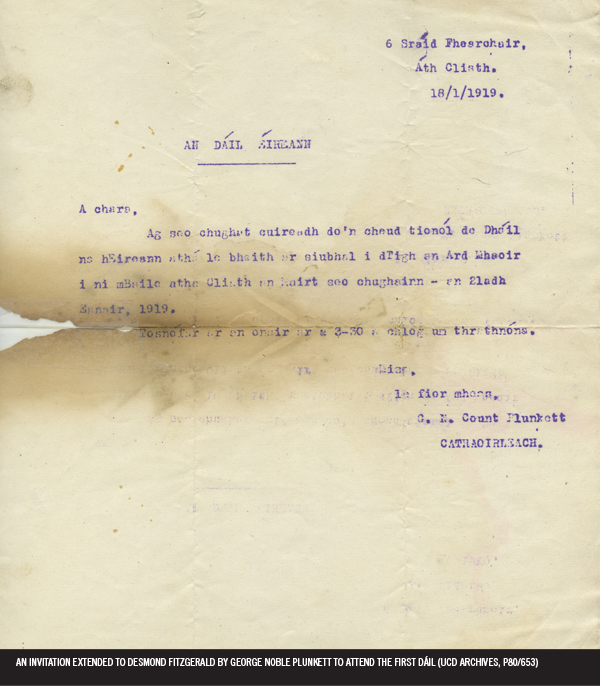
At the Mansion House in Dublin, Sinn Féin’s elected representatives convene to form the First Dáil. In a session conducted through Irish, the Dáil ratifies its own Constitution and passes a Democratic Programme. In the absence of Eamon de Valera, who is under imprisonment, Cathal Brugha is elected as temporary President of the Dáil. On the same day, members of the Third Tipperary Brigade of the Irish Volunteers carry out an ambush on two RIC constables in Soloheadbeg, Co Tipperary. The attack is seen as the formal initiation of hostilities in the Irish War of Independence; two days later, the British government declare South Tipperary a Special Military Area and place it under the Defence of the Realm Act.
Find out more:
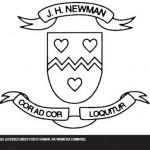
8th
De Valera made Vice-President of L&H
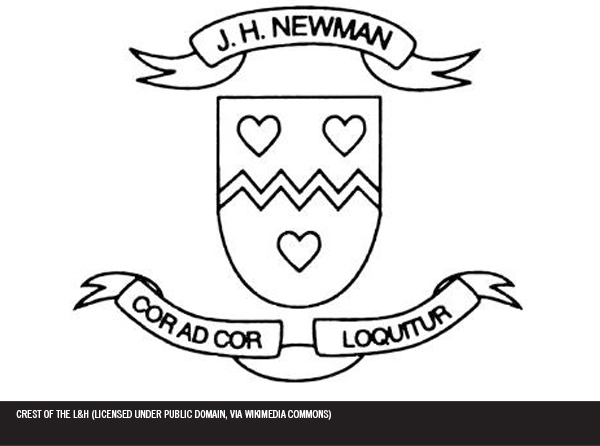
The Irish Times reports that at a meeting of UCD’s Literary and Historical Society, “a resolution was passed, on a motion of Mr Sullivan, seconded by Mr J Sheehan, adding the name of Mr de Valera to the list of Vice-Presidents of the Society. A copy of the resolution was afterwards sent to Mr De Valera.”
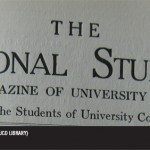
1st
“Resurgamus” article in the National Student
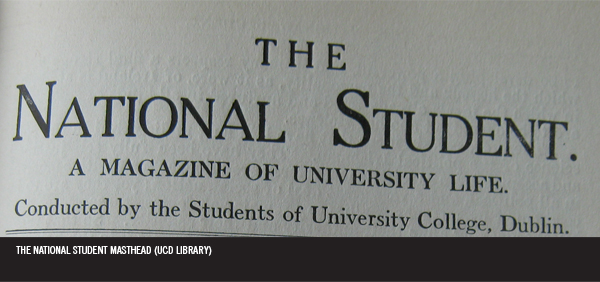
In the National Student, UCD’s student magazine, an article entitled “Resurgamus” appears, calling on the members of the Students’ Representative Council to “defy the forces of West Britonism in the University”. At this time, the Students’ Representative Council co-opts IRA representatives from each faculty.
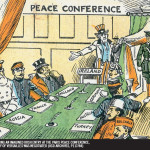
28th
Treaty of Versailles signed
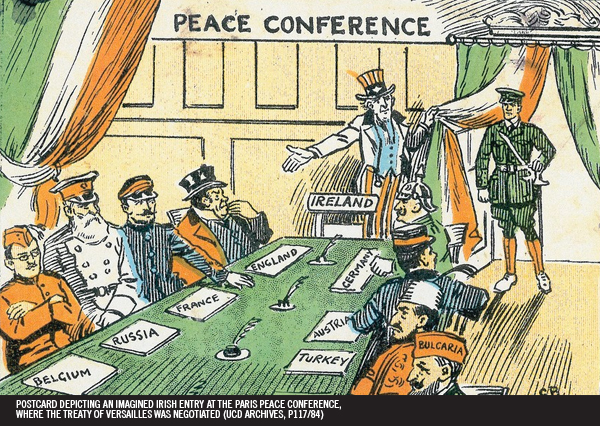
After five months of negotiations at the Paris Peace Conference, the Treaty of Versailles is signed. The Treaty places harsh conditions on Germany, reducing her territorial possessions and land mass. It is established that Germany will have to pay reparations to the victors of the war, the exact figure is later set at 132 billion gold marks.
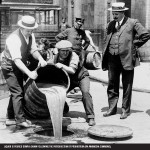
16th
Prohibition in America
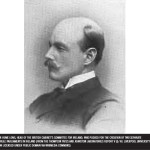
25th
Government of Ireland Bill introduced into Commons
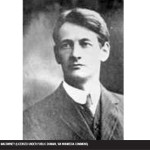
25th
Terence MacSwiney dies on hunger-strike
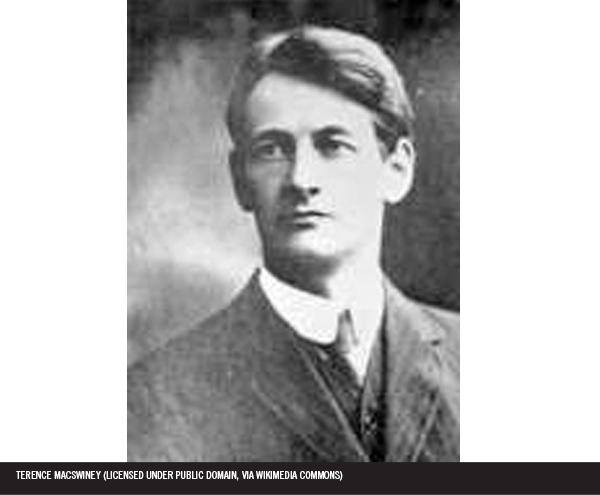
Terence MacSwiney, the Lord Mayor of Cork and commandant of the 1st Cork Brigade of the IRA, dies following a 74 day hunger strike. His death provokes an outpouring of condemnation, both at home and abroad. His predecessor, Tomas MacCurtain, had been killed earlier in the year, allegedly at the hands of the RIC.
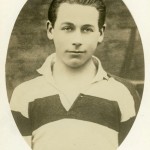
1st
Execution of Kevin Barry
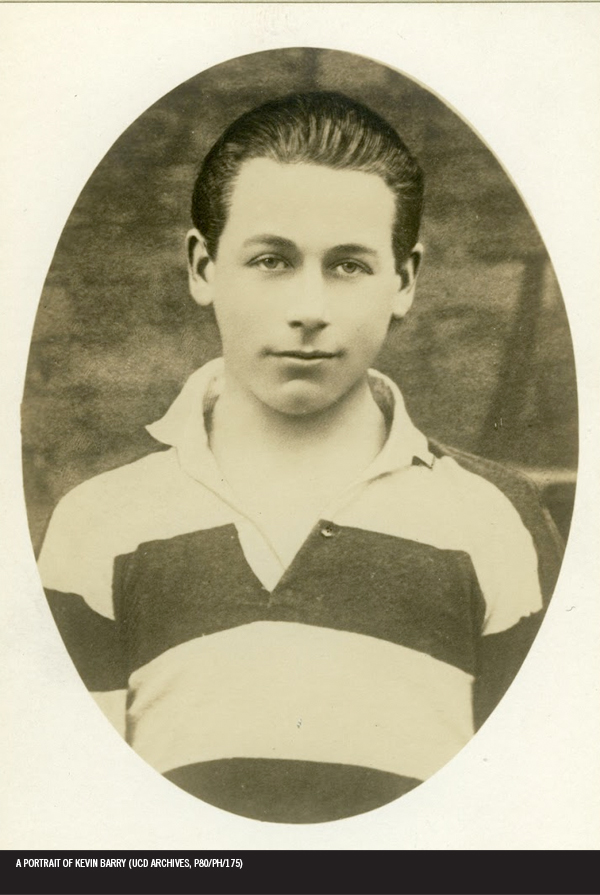
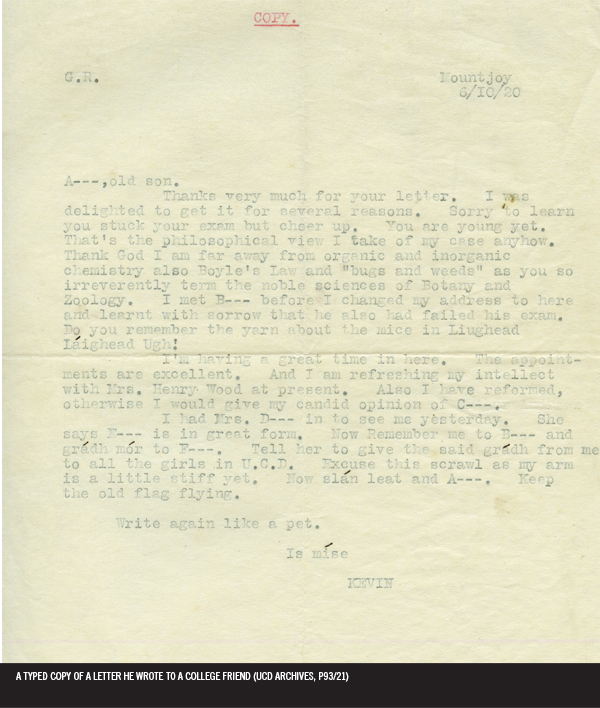
20 year-old Kevin Barry, a medical student at UCD, is executed in Mountjoy Prison following his role in an attack on 20th September, in which three British soldiers were killed. After learning of his death sentence, he writes a letter to a friend, asking him to convey his “sad grath from me to all the girls in UCD”. His execution comes a week after the death of Terence MacSwiney, and both become major rallying points for the republican cause.
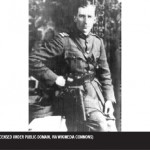
2nd
Raids on UCD
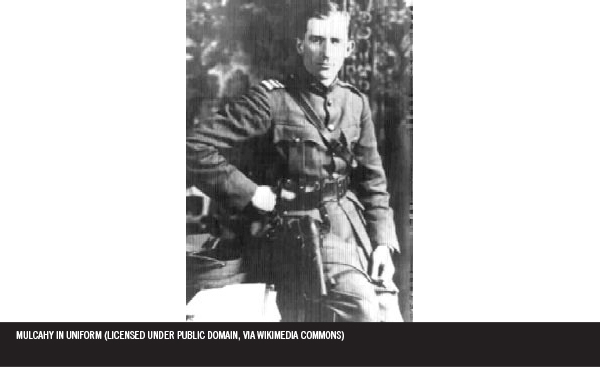
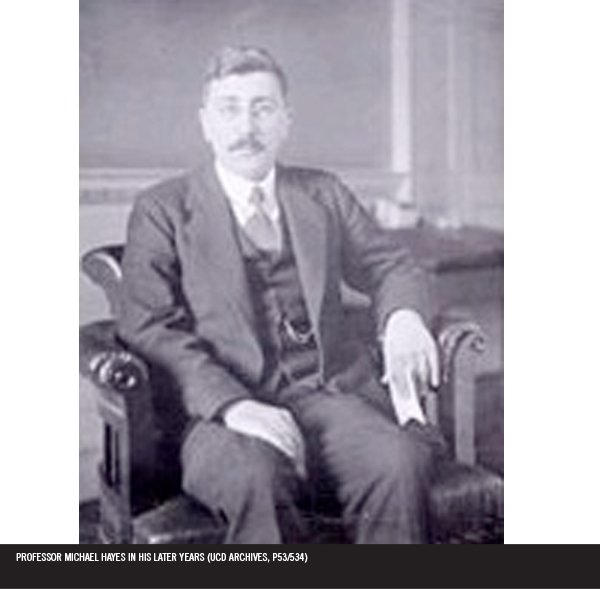
Hostilities intensify in the aftermath of Kevin Barry’s execution and the ensuing events of Bloody Sunday, 21 November, 1920. On the day after Barry’s execution, Auxiliaries carry out a search in the College. John Mowbray, a first-year medical student at the time, recalls seeing fellow students, “whom I regarded as harmless callow youths, produce massive revolvers and sheafs of papers and hand them to even less guileful waitresses, who were, of course, members of the College Cumann na mBan”. On another occasion, Professor Michael Hayes’ house is raided. Although the authorities seize some classified documents, they narrowly miss out on capturing Richard Mulcahy, who escapes through a skylight.
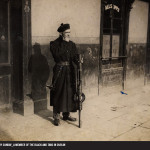
21st
Bloody Sunday

Following the assassination of 14 British secret service agents by a covert unit of the IRA, crown forces open fire at a Dublin-Tipperary football match in Croke Park. 12 people lose their lives.
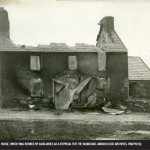
28th
Kilmichael Ambush
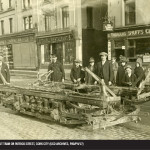
11th
Cork city burned
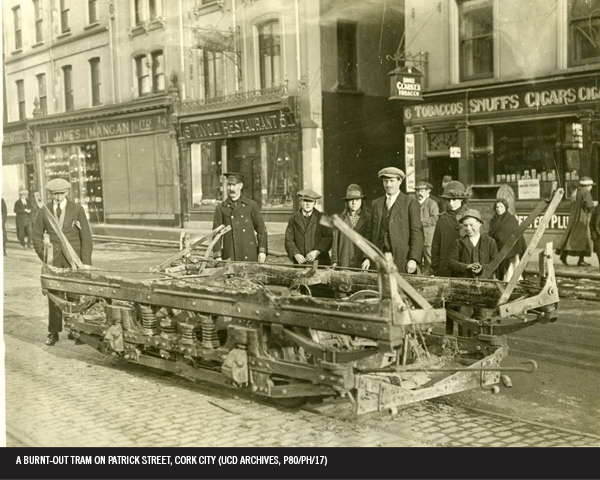
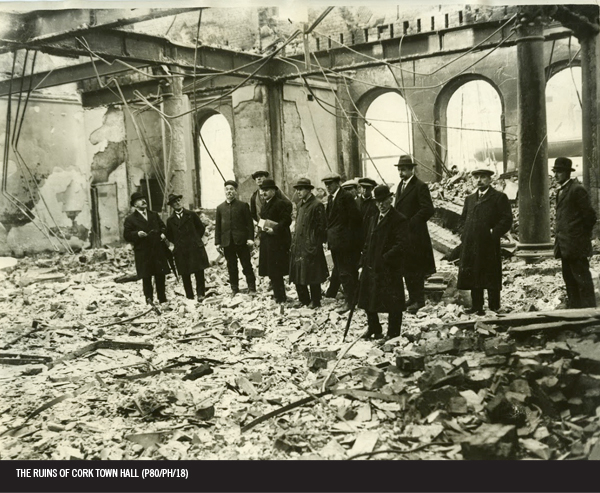
The Auxiliaries and the Black and Tans sack Cork city, reducing several buildings, such as City Hall and the Corn Exchange, to ruins. Two IRA volunteers are killed and damage estimated at £2 ½ million, approximately €150 million in today’s money, is caused to the city.
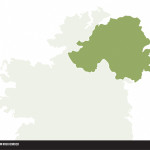
23rd
Government of Ireland Bill enacted
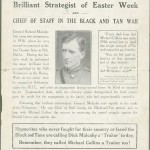
10th
Mulcahy evades capture again
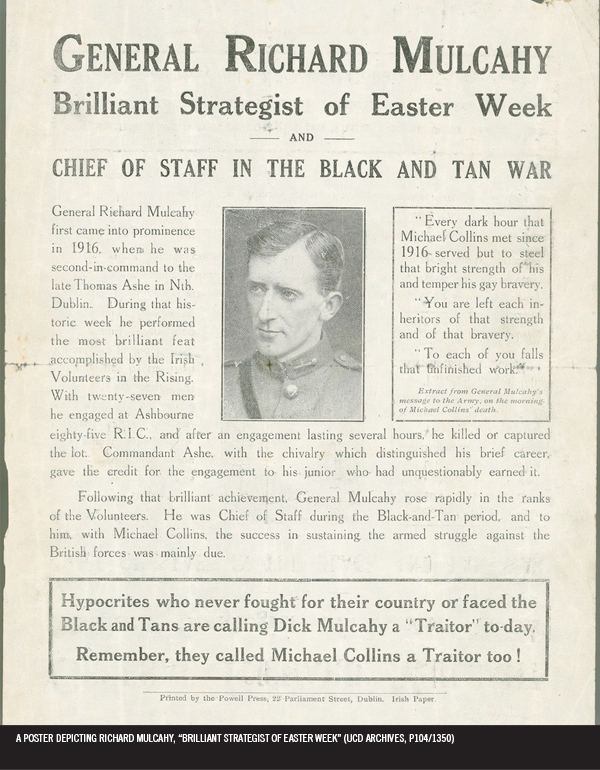
A raid on Paul Farrell’s flat on South Frederick Street fails in its goal of capturing Richard Mulcahy. Mulcahy later recalls that he was “quite all right in UCD” on that particular evening. During this period of heightened tension in the conflict, Mulcahy frequently uses his office in Earlsfort Terrace as a base from which to conduct his role as IRA Chief of Staff.

14th
Execution of Frank Flood
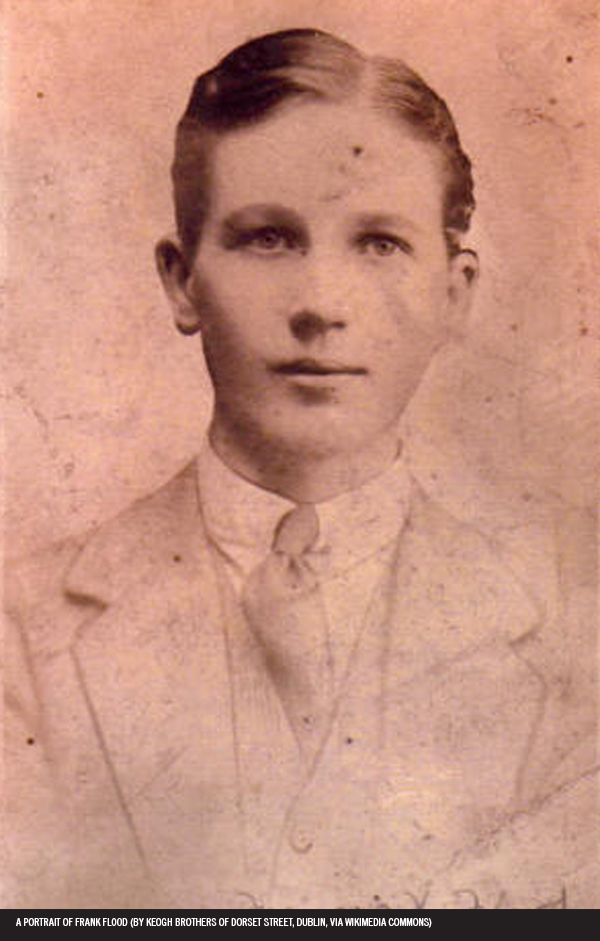
Frank Flood, an engineering student at UCD, is one of six IRA Volunteers to be executed for his part in an attack on the police in January. A “great chum” of Kevin Barry, the pair are the youngest Volunteers to be executed during the War of Independence.

9th
O’Malley receives news of Truce
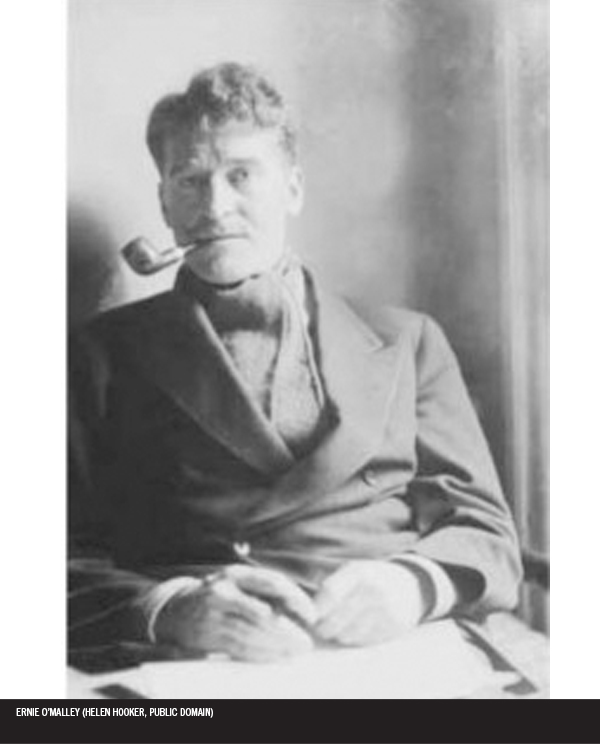
In south Tipperary, Ernie O’Malley, who had abandoned his medical studies in UCD during the Easter Rising, receives a message from the IRA Chief of Staff Richard Mulcahy, which states that, due to the commencement of peace negotiations, “active operations by our forces will be suspended as from noon, Monday, 11 July.” O’Malley, who had made Tipperary something of an IRA stronghold during the conflict, later wrote that he was “bewildered” by the order, though he nevertheless conveyed the message to the five IRA brigades under his command.

9th
Truce called between IRA and Crown forces
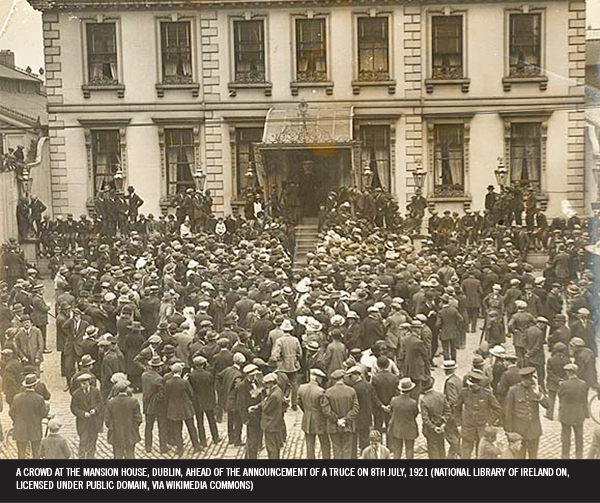
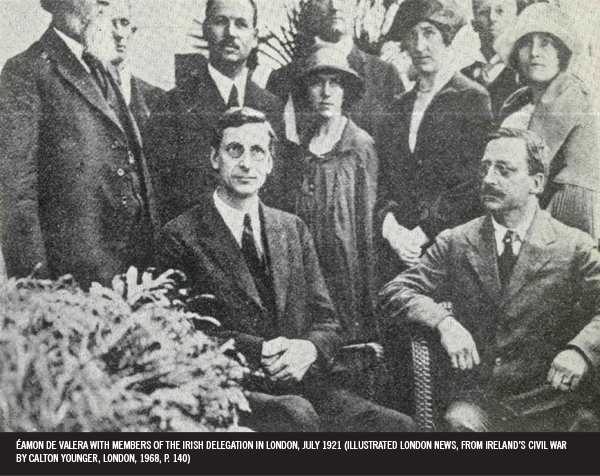
A truce is called between the forces of Britain and Ireland, coming into effect as of noon on 11th July. Over 2,000 people have been killed in the conflict, including 550 IRA volunteers, 410 RIC members and over 700 civilians.

29th
Hitler becomes leader of Nazi party

11th
Negotiations between British Government and Dáil representatives launched
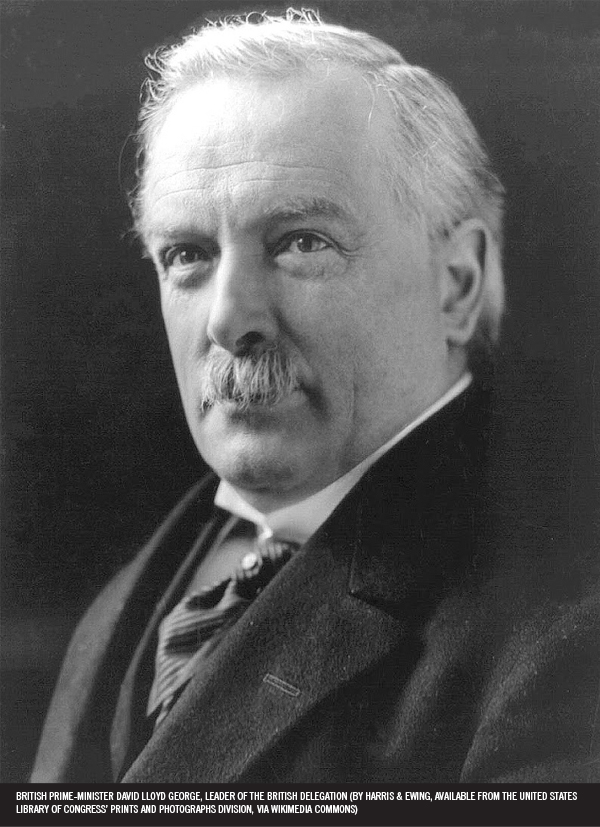
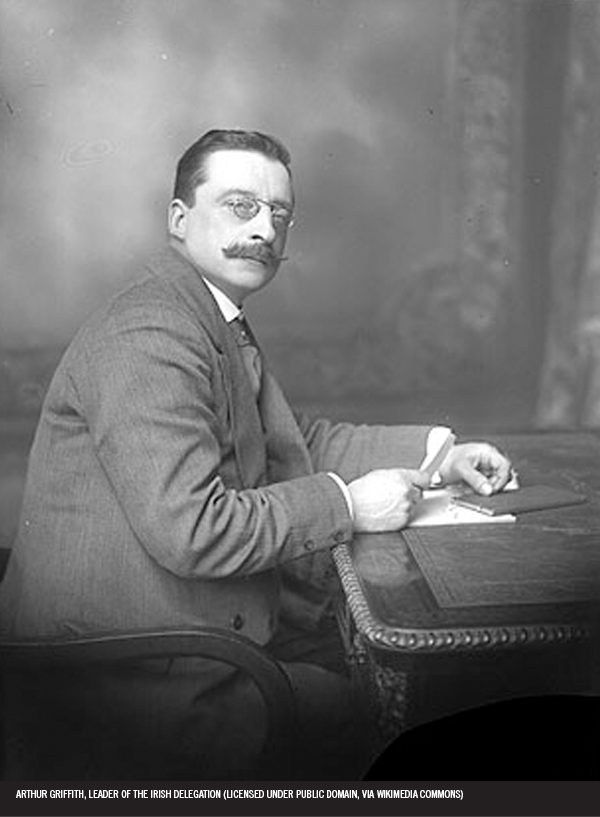
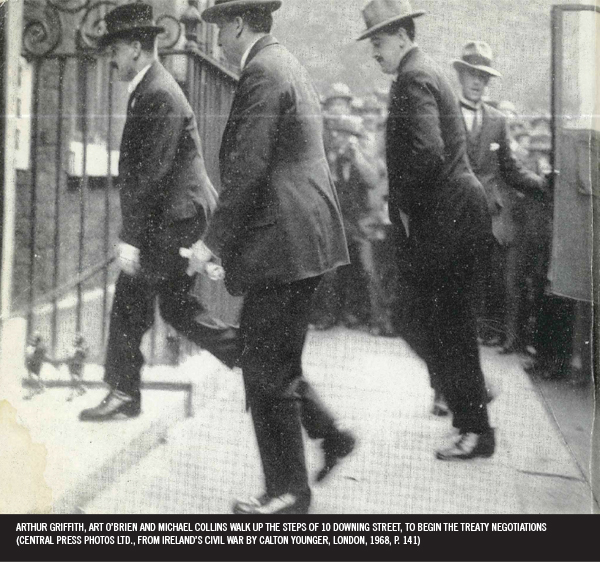
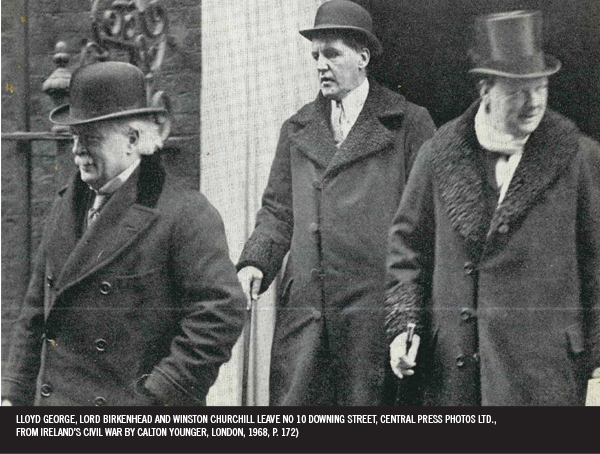
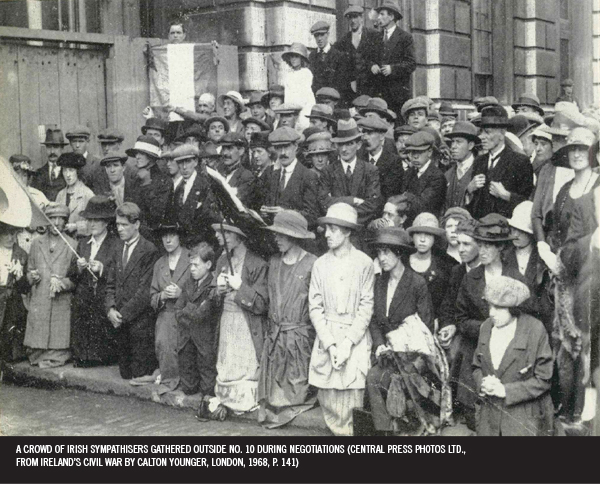
Following talks between Éamon de Valera and David Lloyd George, a delegation of Irish plenipotentiaries led by Arthur Griffith arrive in London to begin talks with representatives of the British Government.
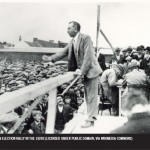
11th
UCD at Treaty negotiations
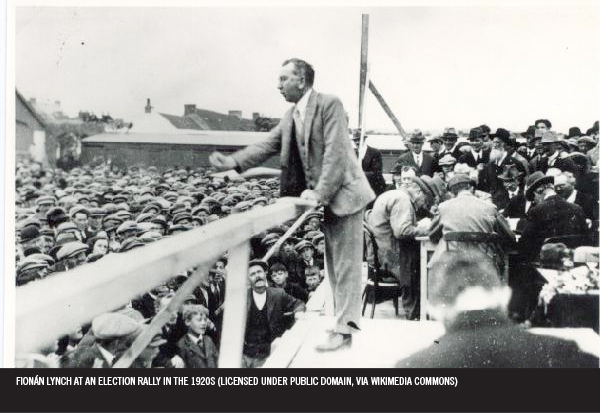
Charles Hubert Oldham, Tom Kettle’s successor as Professor of National Economics at UCD, supplies financial briefings to the Irish delegation during negotiations of the Anglo-Irish Treaty. UCD law graduate Hugh Kennedy acts as legal adviser, while fellow graduates Jeremiah Joseph O’Connell and Fionán Lynch form part of the secretarial staff.
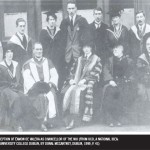
19th
De Valera made Chancellor of NUI
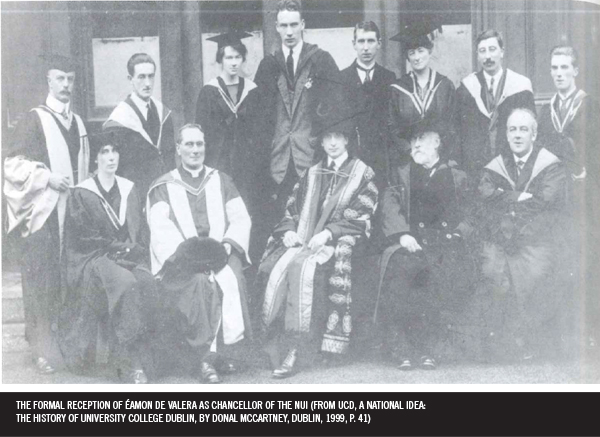

At a formal reception at Earlsfort Terrace, Éamon de Valera is made Chancellor of the National University of Ireland. De Valera spent time as a postgraduate student in UCD prior to becoming a revolutionary.
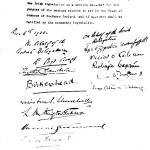
6th
Anglo-Irish Treaty signed
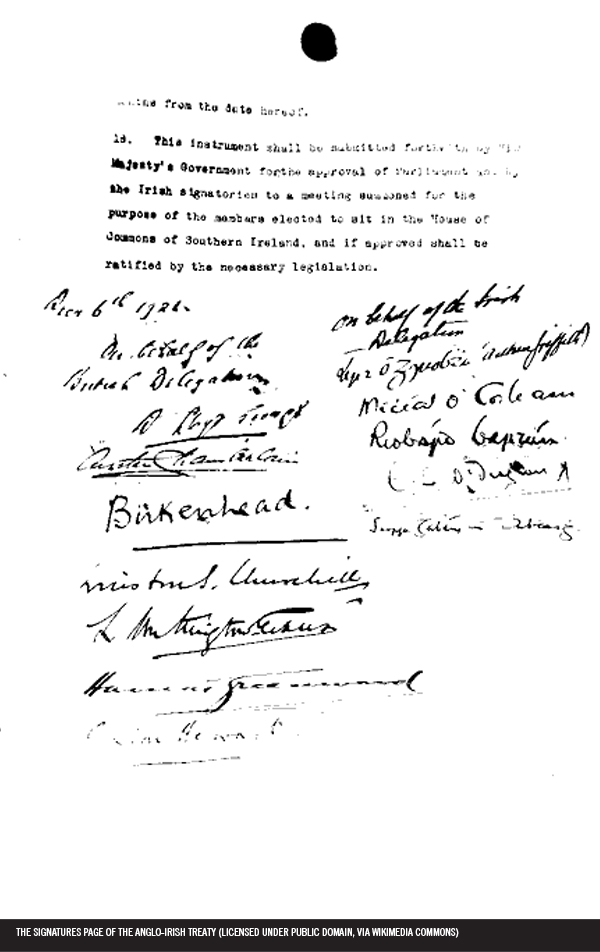
After two months of negotiations, the Anglo-Irish Treaty is signed by the British and Irish delegations. The Treaty grants Ireland the status of a dominion, placing it alongside countries such as Australia, Canada and New Zealand. However, Northern Ireland is given the option of withdrawing itself from the new set of arrangements. The British administration at Dublin Castle will cease, while crown forces are to withdraw from Ireland, although three ports remain under control of the British Navy. Although signed, the Treaty must be ratified by the elected representatives of both Britain and Ireland. The ambiguous status given to the Irish plenipotentiaries in advance of the negotiations causes problems in the ensuing Dáil debates.
Find out more:
History Hub, Professor Michael Laffan, The Irish Revolution, lecture 8, The Anglo-Irish Treaty
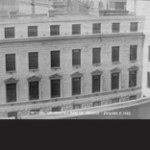
14th
Treaty Debates at Earlsfort Terrace

1st
British Empire at zenith
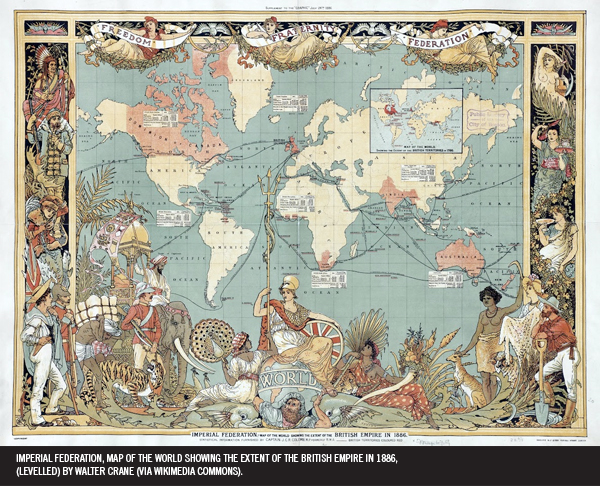
At the beginning of 1922, the British Empire is at the height of its territorial extent, covering one quarter of the globe and around 458 million people.
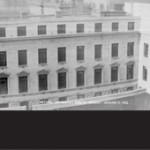
6th
Treaty Debates at Earlsfort Terrace

At the request of the 2nd Dail, the debates on the Anglo-Irish Treaty are held in the Senate Chamber of UCD at Earlsfort Terrace. The ruptures that emerge during the debates lead directly to the Civil War and have a lasting impact on Irish politics and society.
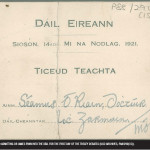
7th
Dáil ratifies Treaty
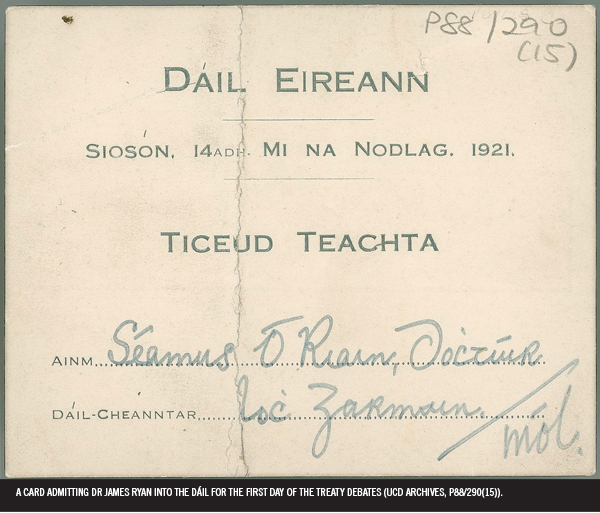
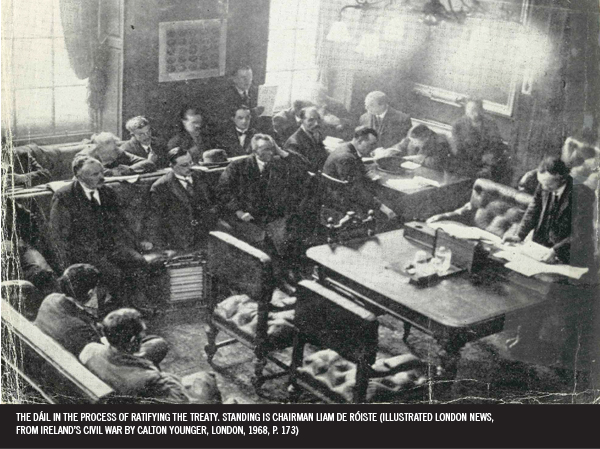
After a month of heated debates, the Dáil accepts the Anglo-Irish Treaty on a vote of 64 to 57. The debates are marked by several heated exchanges. Those against the Treaty suggest that it falls too far short of the sovereign republic that they had fought for; Michael Collins argues that the Treaty provides Ireland with “freedom, not the ultimate freedom that all nations desire … but the freedom to achieve it.” Following the result, Éamon de Valera and his supporters, who had spoken against the Treaty, walk out of the chamber. Two days later, Arthur Griffith is elected the new President of the Dáil.
Find out more:
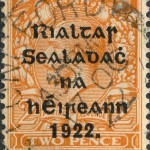
14th
Provisional Government of Ireland formed

The pro-Treaty wing of Sinn Féin take power under the name of the Provisional Government. Michael Collins serves as both the Chairman and Minister for Finance of the Provisional Government. Two days later, the British administration from Dublin Castle ceases at a formal “handing-over” ceremony.
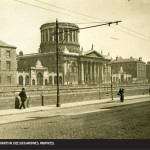
14th
The Four Courts seized by republicans
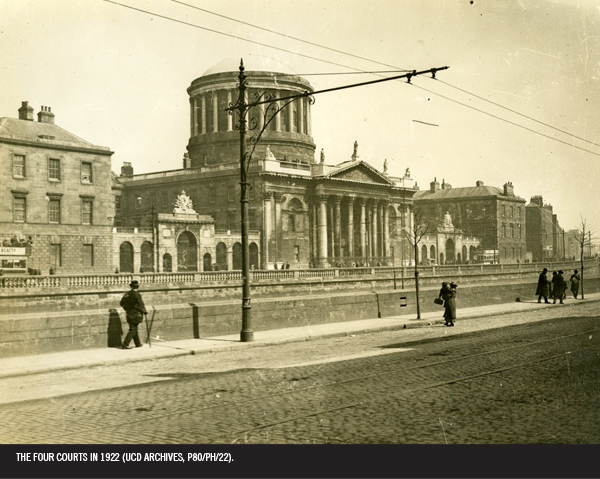
Rory O’Connor and around 200 anti-Treaty republicans take the Four Courts and a small number of other buildings, including the Ballast Office and the Freemasons’ Hall on Molesworth Street. The occupation, which lasts for a period of over two months, fuels tensions between the Sinn Féin factions.

16th
Irish general election
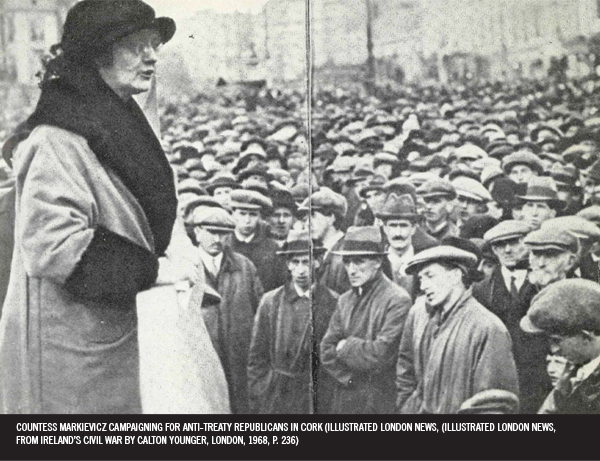

The Irish general election is won by pro-Treaty Sinn Féin, who gain 58 seats to defeat anti-Treaty Sinn Féin’s 36. In advance of the election, Collins and de Valera had drawn up a pact to ensure that Sinn Féin representatives on both sides of the divide would not run in opposition to each other.
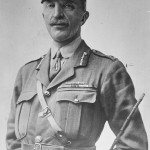
22nd
Sir Henry Wilson shot
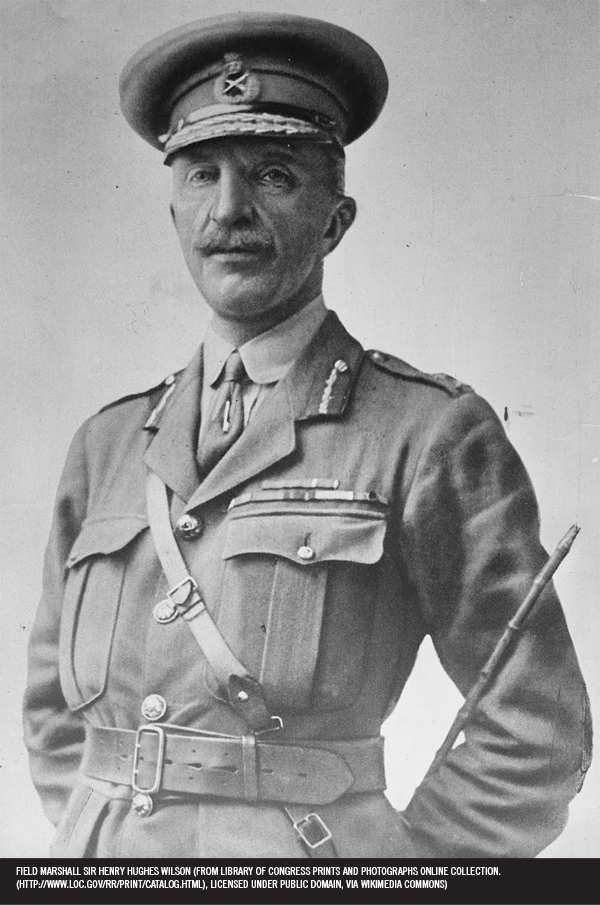
Reginald Dunne and Joseph O’Sullivan, both IRA men, assassinate Sir Henry Wilson, security advisor to Northern Irish Prime Minister James Craig, outside his house in London. The British Government, believing the killing was the work of anti-Treaty republicans, pressures Collins to attack the Four Courts.

26th
Kidnap of JJ O’Connell
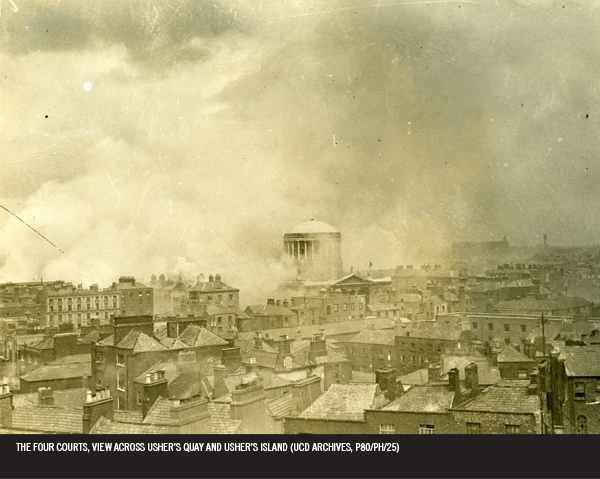
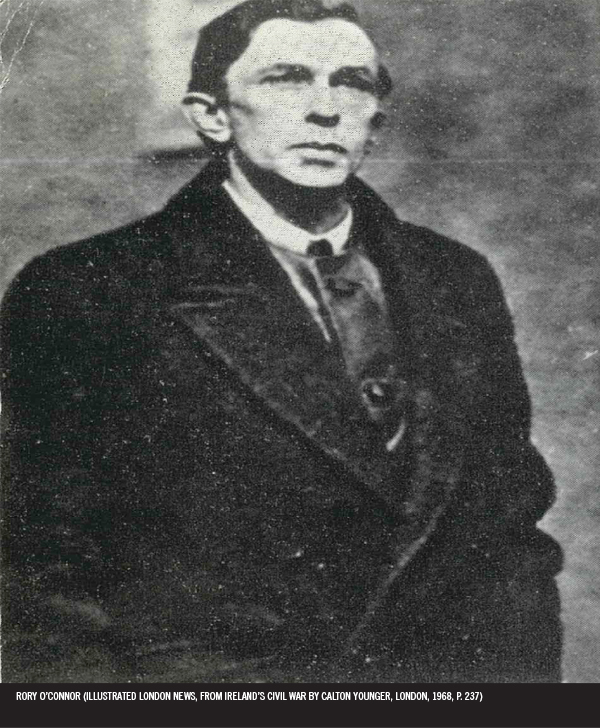
JJ (Ginger) O’Connell, former engineering student at UCD and Deputy Chief of Staff of the Free State Army, is captured by forces under the command of fellow UCD graduate Rory O’Connor and held at the Four Courts garrison. O’Connell’s kidnap provides Michael Collins with a justification to launch an attack on the Four Courts and begin the fighting phase of the Irish Civil War.
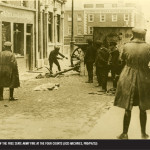
28th
Free State army attacks the Four Courts
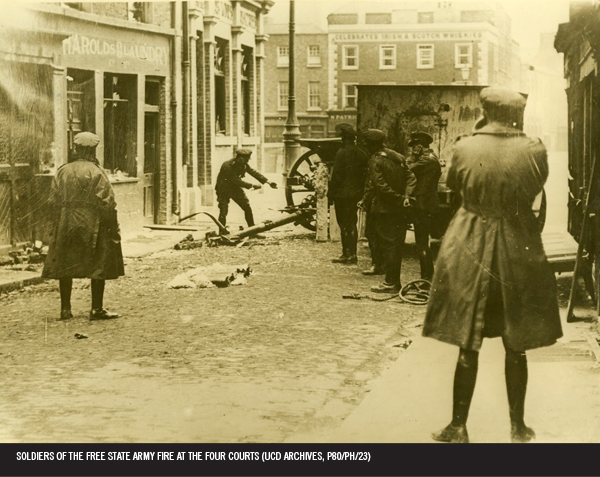
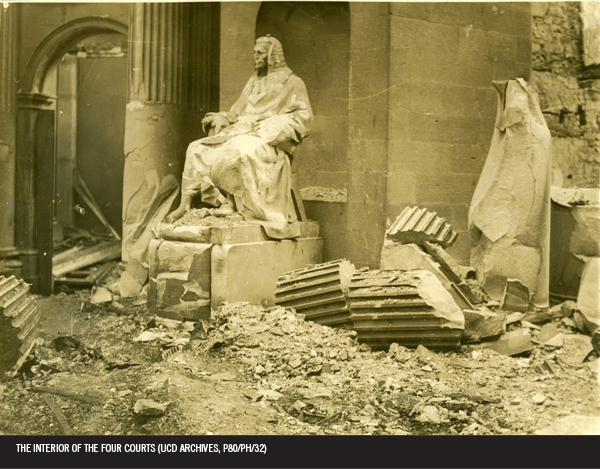
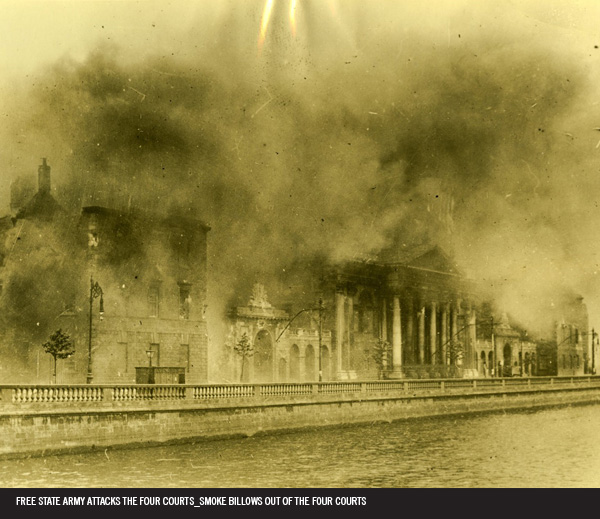
Supplied with arms and ammunition by the British Government, the Free State Army bombards the Four Courts. Michael Collins uses the kidnapping of JJ O’Connell, the Deputy Chief of Staff in the Free State Army, as a justification for the attack. The republican garrison holds out until 3 July, when the Four Courts is overwhelmed by flames, forcing Rory O’Connor and his men to surrender. During this time hostilities break out around the country; clashes occur between pro- and anti-Treaty forces in Kerry, Donegal and Sligo, amongst other places. This period marks the beginning of the Irish Civil War.
Find out more:
History Hub, Professor Michael Laffan, The Irish Revolution, lecture 10, The Irish Civil War

12th
Death of Arthur Griffith
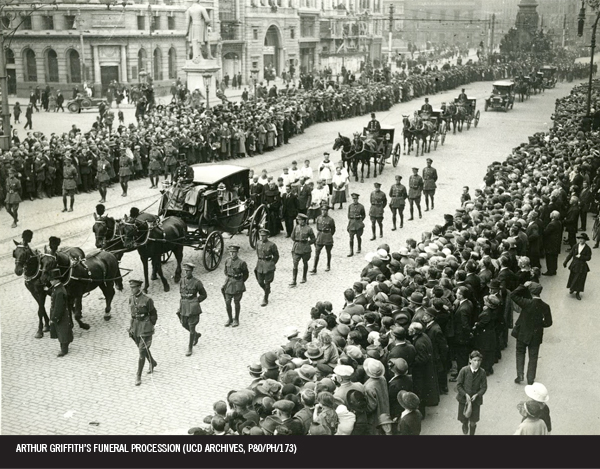
Arthur Griffith, whose health had been deteriorating over the course of the Civil War, dies at his home in Dublin, suffering a brain haemorrhage. He is buried in Glasnevin cemetery.

22nd
Death of Michael Collins
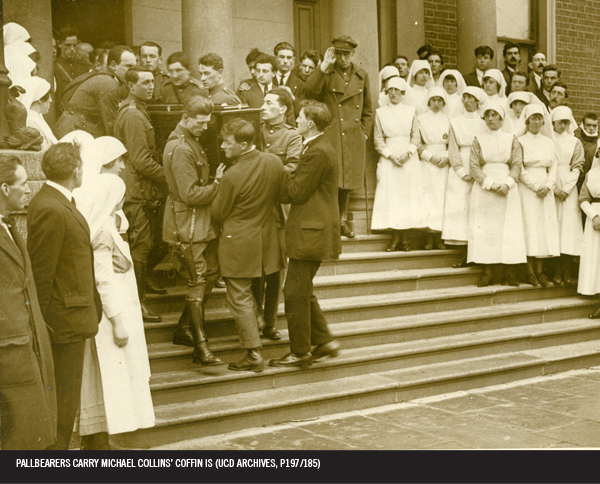
While travelling to Bandon, Michael Collins and his convoy are ambushed by republican soldiers at Béal na Bláth. Collins is fatally wounded during the attack. An estimated 500,000 people attend his funeral in Dublin.
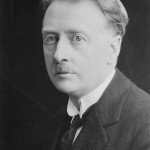
9th
WT Cosgrave elected President of Third Dáil
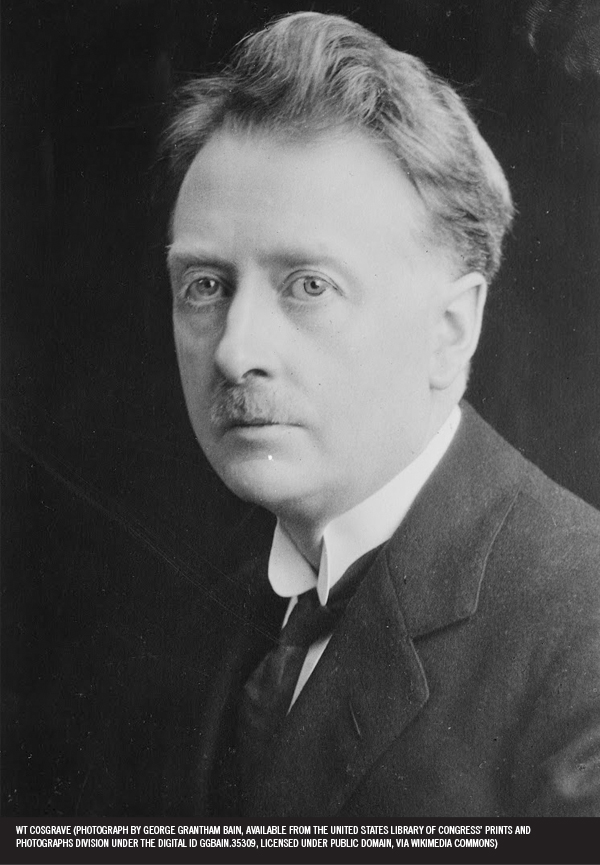
With the two primary leaders of Pro-Treaty Sinn Féin now dead, WT Cosgrave is chosen as the President of the Third Dáil. He simultaneously holds the role of Chairman of the Provisional Government.
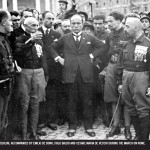
28th
Mussolini leads the March on Rome
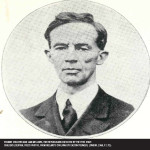
17th
Republicans executed by Free State
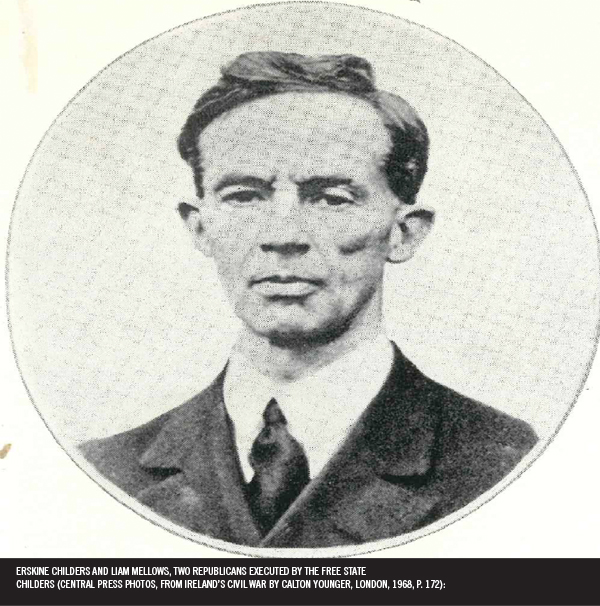
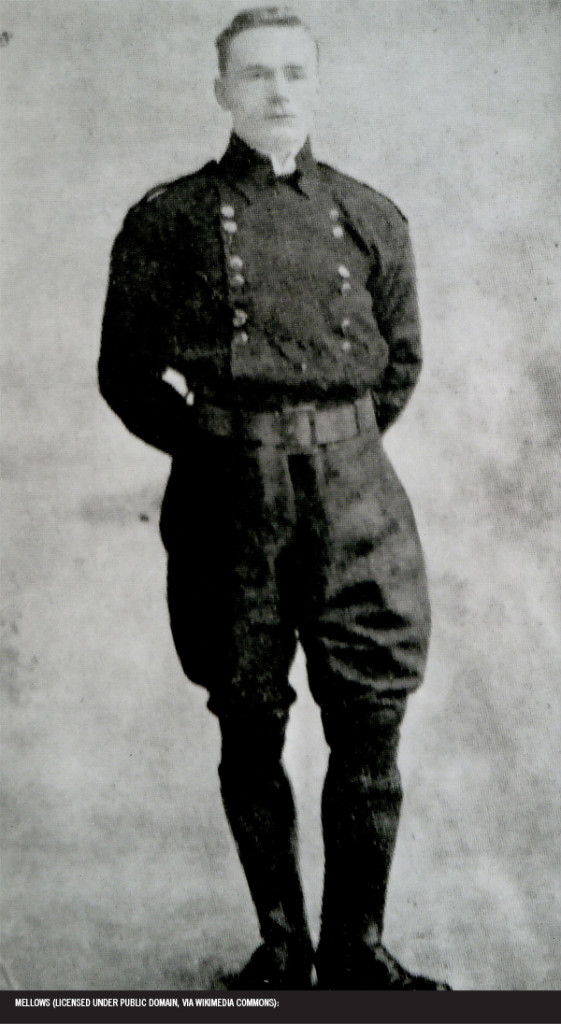
James Fisher, Peter Cassidy, Richard Twohig and James Gaffney become the first of 77 republicans to be executed by the Free State between November 1922 and May 1923. Such prominent figures as Erskine Childers, Liam Mellows and Joe McKelvey are amongst those killed. The executions prompt several reprisals from the anti-Treaty IRA, including the killing of Sean Hales, TD and the burning of WT Cosgrave’s house.
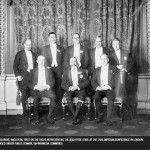
6th
Irish Free State established
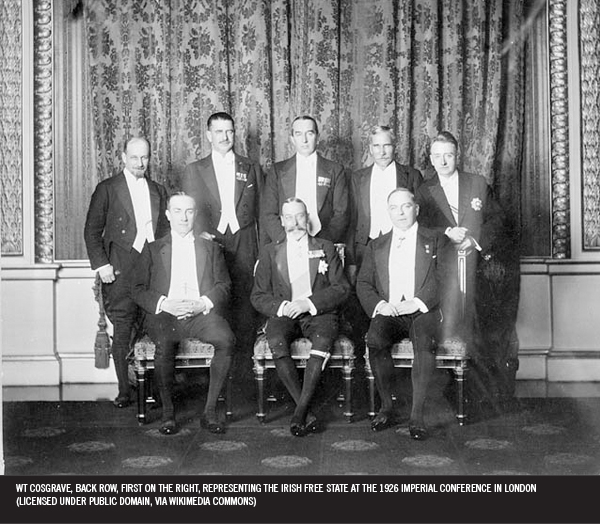
The provisions of the Anglo-Irish Treaty are adopted by the government and Ireland officially becomes a dominion of the British Empire. WT Cosgrave becomes the President of the Executive Council of the Irish Free State.
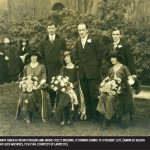
8th
The execution of Rory O’Connor
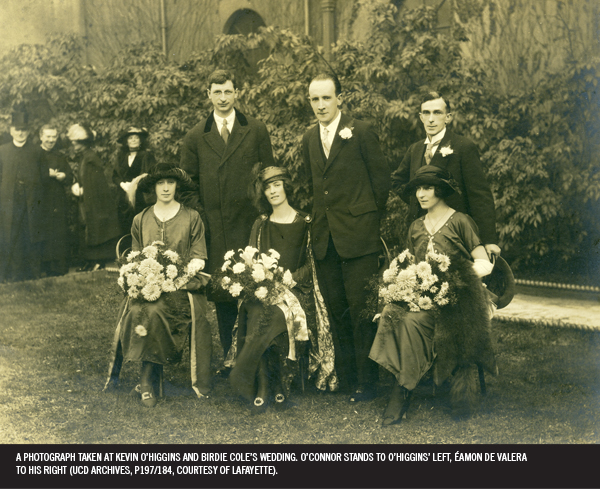
Rory O’Connor is executed in retaliation for the assassination of Seán Hales, a pro-Treaty TD. The execution warrant for O’Connor, who had controlled the republican garrison at the Four Courts earlier in the year, is signed by his former friend and fellow UCD alumnus Kevin O’Higgins. Just a year previously, O’Connor had served as best man at O’Higgins’ wedding, making a toast to those who died in the Easter Rising. Under pressure from Richard Mulcahy, O’Higgins is the last member of the cabinet to put his name on the warrant. In retaliation, O’Higgins’ father is murdered and his house burned down, while O’Higgins is himself assassinated by republicans in 1927.
Find out more:
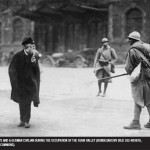
11th
France and Belgium occupy Ruhr Valley
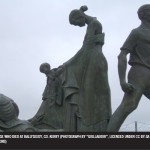
7th
Ballyseedy Massacre
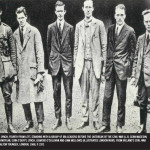
10th
Liam Lynch shot
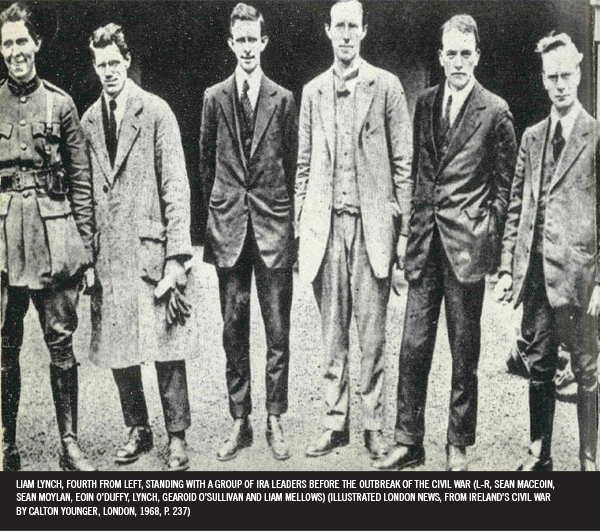
Liam Lynch, the commanding general of the anti-Treaty IRA, is shot during a raid by the Free State army on his hideout in the Knockmealdown Mountains. He is succeeded by Frank Aiken.
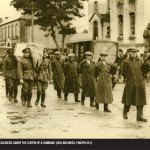
24th
Republican military campaign ends
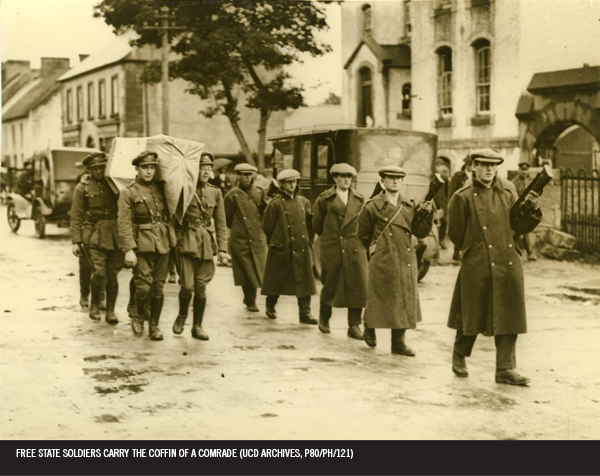

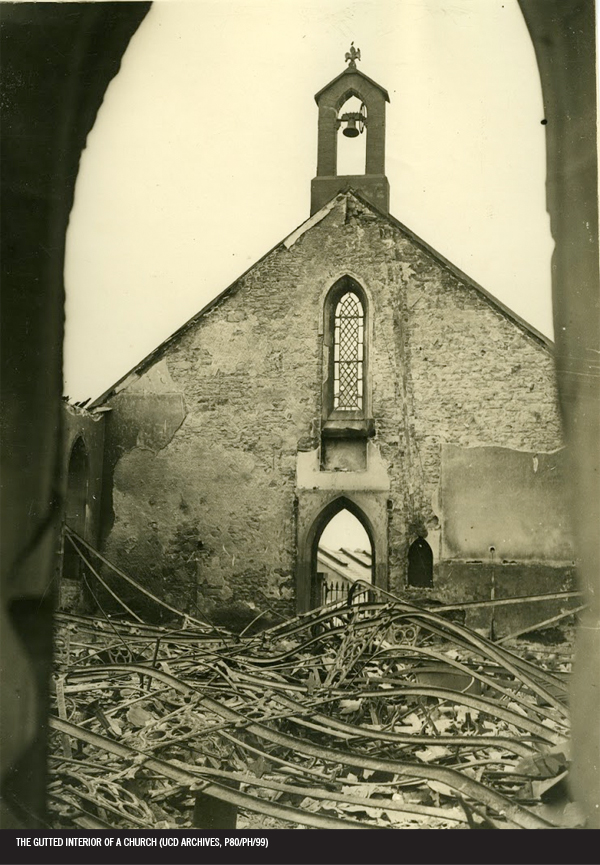
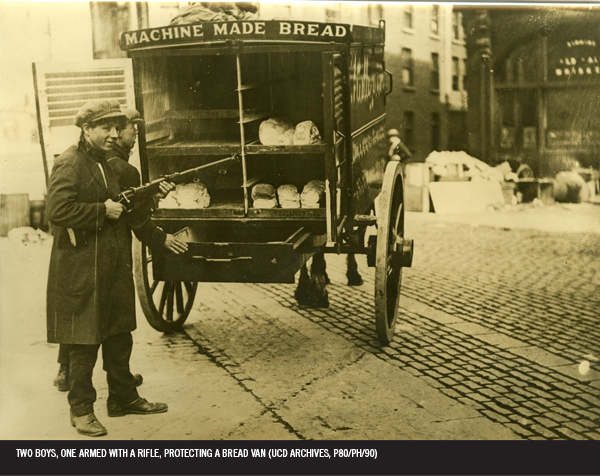
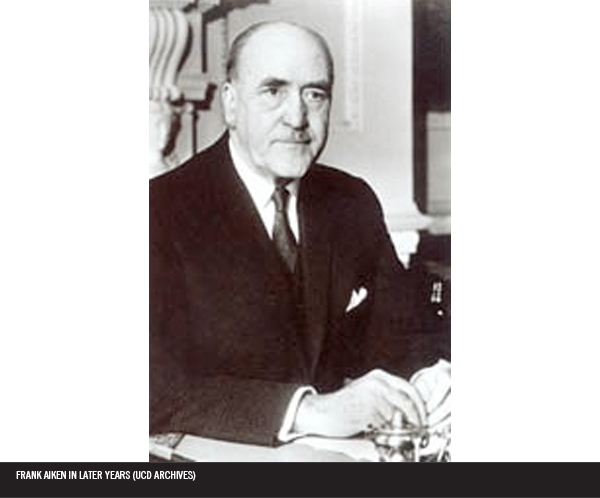
Description: Frank Aiken issues orders to cease-fire and dump-arms, ending the Civil War. However, deaths such as those of Noel Lemass in 1924 and Kevin O’Higgins in 1927 demonstrate that political violence had not fully ended. The War has cost an estimated 1,000-4,000 lives and leaves an indelible mark on the Irish political landscape.
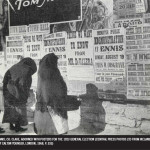
27th
Cumann na nGaedheal win victory in general election
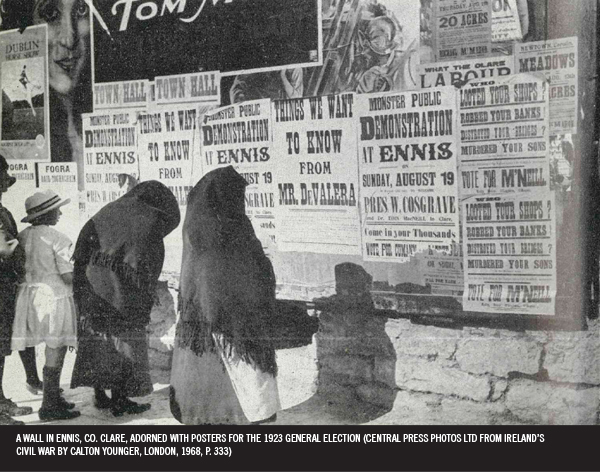
Cumann na nGaedheal, the party formed from Sinn Féin’s pro-Treaty wing, wins the first general election of the Irish Free State. WT Cosgrave’s party wins 63 seats, with Eámon de Valera’s Sinn Féin claiming 44. Sinn Féin’s representatives abstain from taking their seats until 1927.
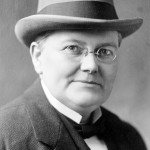
27th
Irish General Election
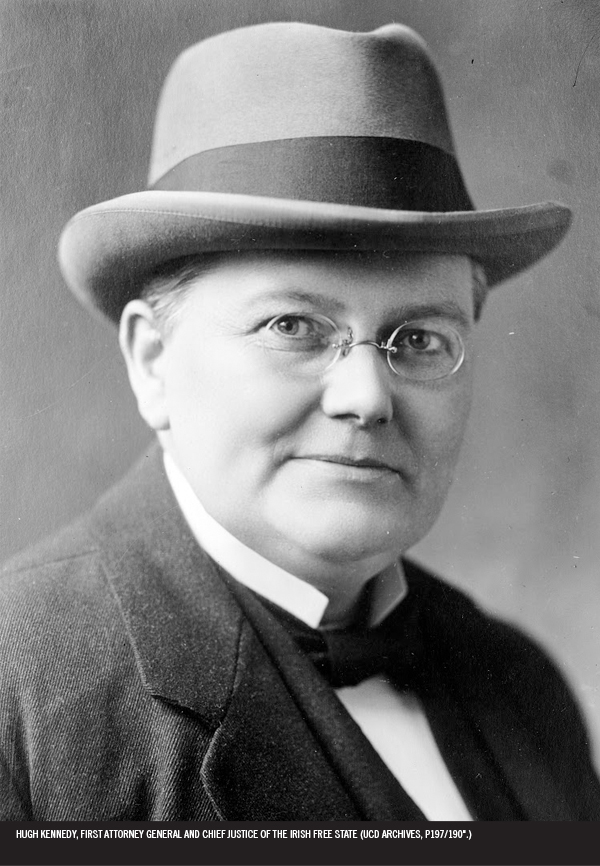
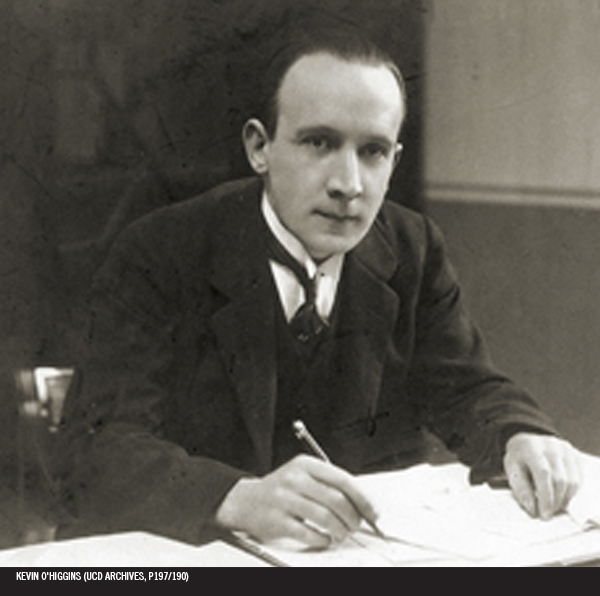
After the tumultuous events of the preceding decade, the election of 1923 marks something of a new beginning for the Irish state. The majority of the people reaffirm their support of the treaty by voting for Cumann na nGaedhal, paving the way for a new state in which UCD would continue to play an important role. Professor Eoin MacNeill is the Free State’s first Minister for Education. Alongside him in the cabinet are Minister for Justice and Deputy President Kevin O’Higgins and Minister for Lands and Agriculture Patrick Hogan, both UCD graduates. Fellow graduate Hugh Kennedy, who had already become the State’s first Attorney General, is made the first Chief Justice of the Irish Free State. He is the first of several UCD law graduates to hold a prominent position in the judiciary, including Supreme Court judges James A. Murnaghan and Cecil Lavery, and President of the High Court Cahir Davitt.
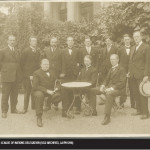
10th
Irish Free State enters the League of Nations
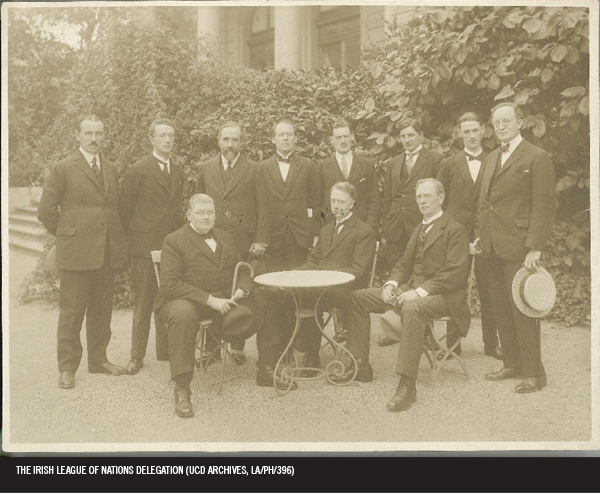
WT Cosgrave heads an Irish delegation at Geneva, where the Free State is admitted into the League of Nations. The admission confirms international recognition of the Free State’s status.
| Cookie | Type | Duration | Description |
|---|---|---|---|
| _ga | Third Party | 1 Year | This cookie is installed by Google Analytics. The cookie is used to calculate visitor, session, camapign data and keep track of site usage for the site's analytics report. The cookies store information anonymously and assigns a randoly generated number to identify unique visitors. |
| _gat | Third Party | 2 Year | This cookies is installed by Google Universal Analytics to throttle the request rate to limit the colllection of data on high traffic sites. |
| _gid | Third Party | 2 Year | This cookie is installed by Google Analytics. The cookie is used to store information of how visitors use a website and helps in creating an analytics report of how the wbsite is doing. The data collected including the number visitors, the source where they have come from, and the pages viisted in an anonymous form. |
| bpWvFqIZzuEoT | 0 | 1 day | This cookie was added by the web server. |
| ceKOWFPRIw | 0 | 1 day | This cookie was added by the web server. |
| cookielawinfo-checkbox-necessary | 0 | 11 months | This cookie is set by GDPR Cookie Consent plugin. The cookies is used to store the user consent for the cookies in the category "Necessary". |
| cookielawinfo-checkbox-non-necessary | 0 | 11 months | This cookie is set by GDPR Cookie Consent plugin. The cookies is used to store the user consent for the cookies in the category "Non Necessary". |
| JhSKQovWOZf | 0 | 1 day | This cookie was added by the web server. |
| lang | 0 | This cookie is used to store the language preferences of a user to serve up content in that stored language the next time user visit the website. | |
| viewed_cookie_policy | 0 | 11 months | The cookie is set by the GDPR Cookie Consent plugin and is used to store whether or not user has consented to the use of cookies. It does not store any personal data. |
Necessary cookies are absolutely essential for the website to function properly. This category only includes cookies that ensures basic functionalities and security features of the website. These cookies do not store any personal information.
Any cookies that may not be particularly necessary for the website to function and is used specifically to collect user personal data via analytics, ads, other embedded contents are termed as non-necessary cookies. It is mandatory to procure user consent prior to running these cookies on your website.
Preference cookies are used to store user preferences to provide content that is customized and convenient for the users, like the language of the website or the location of the visitor.